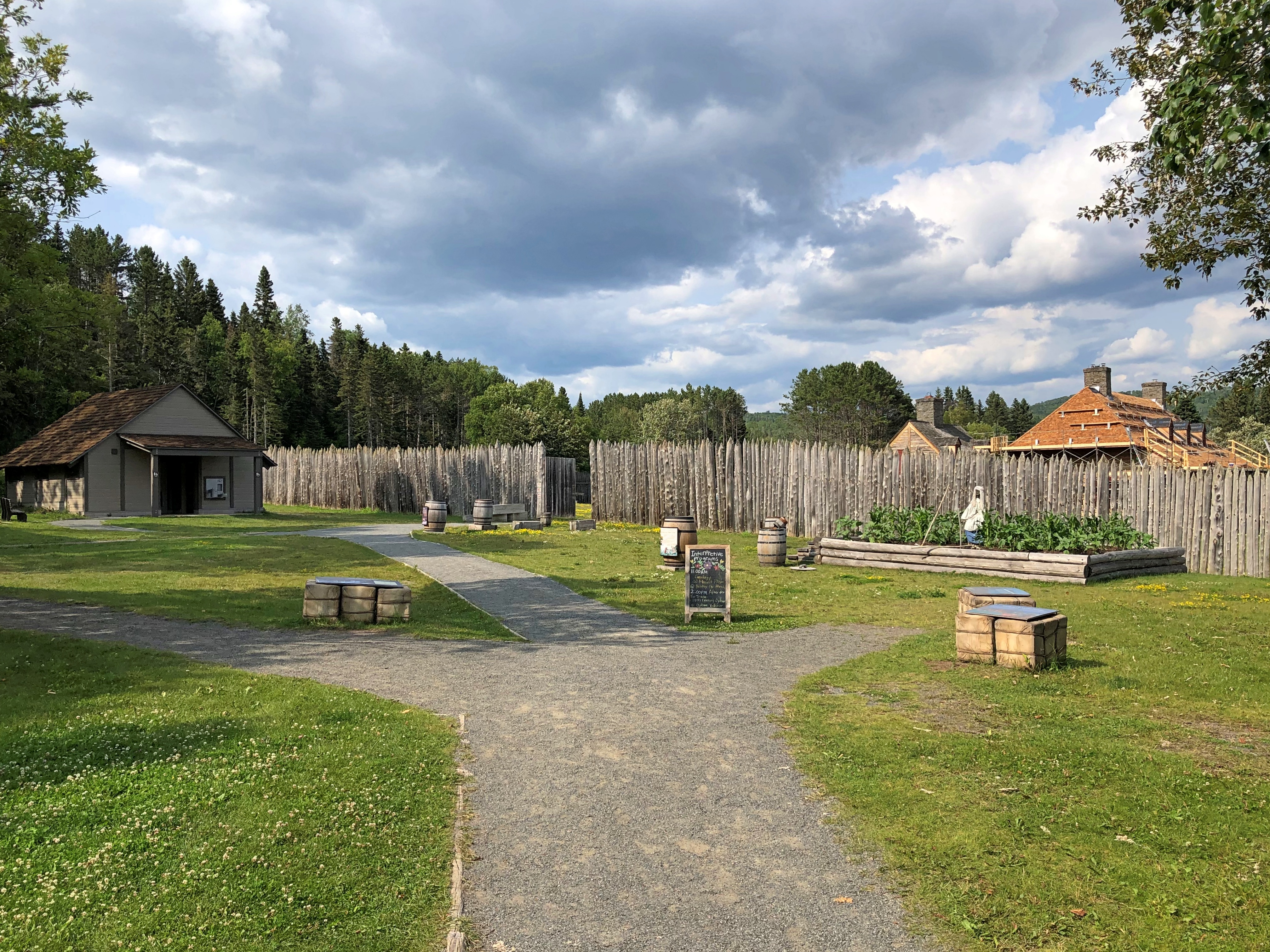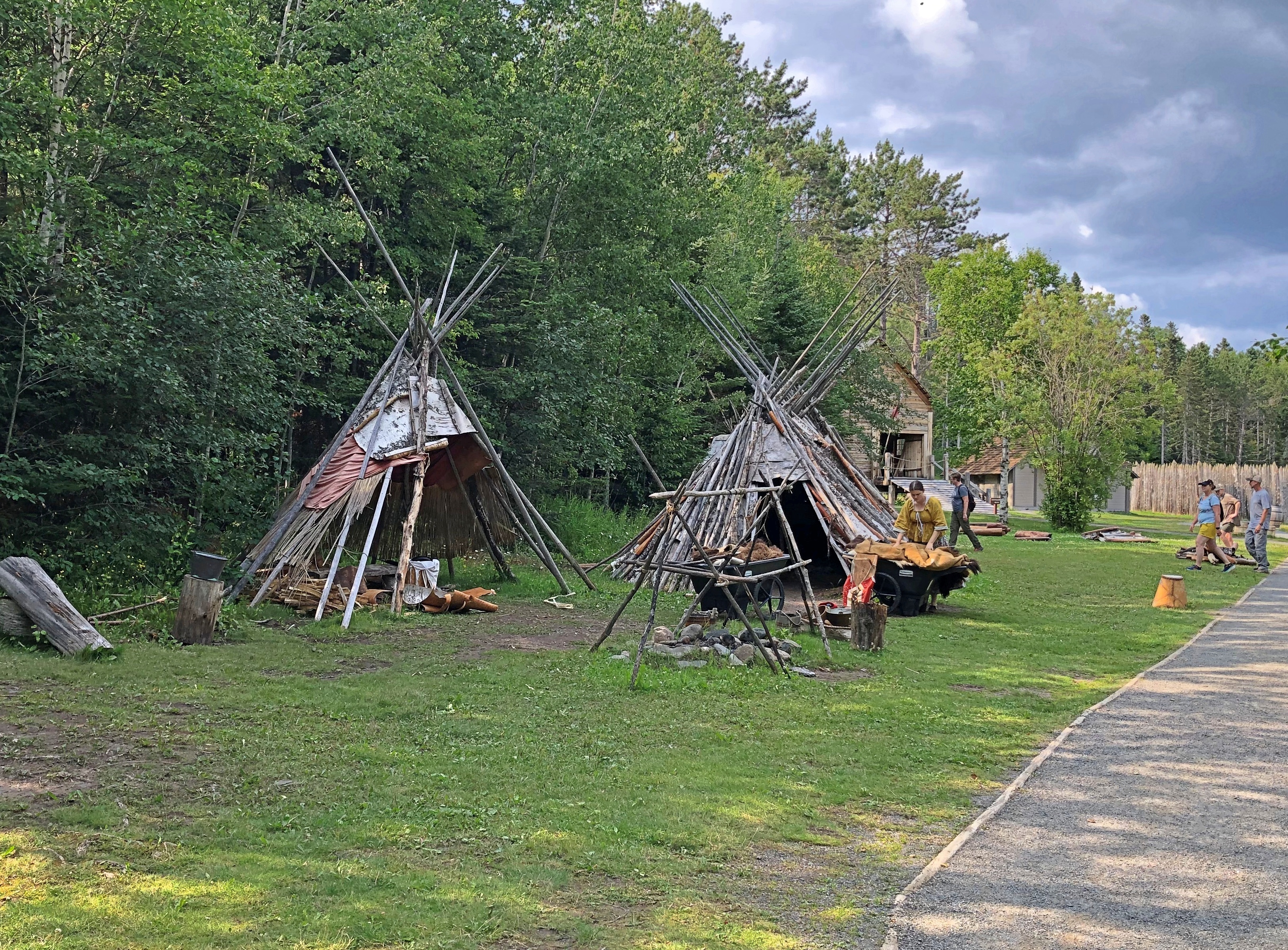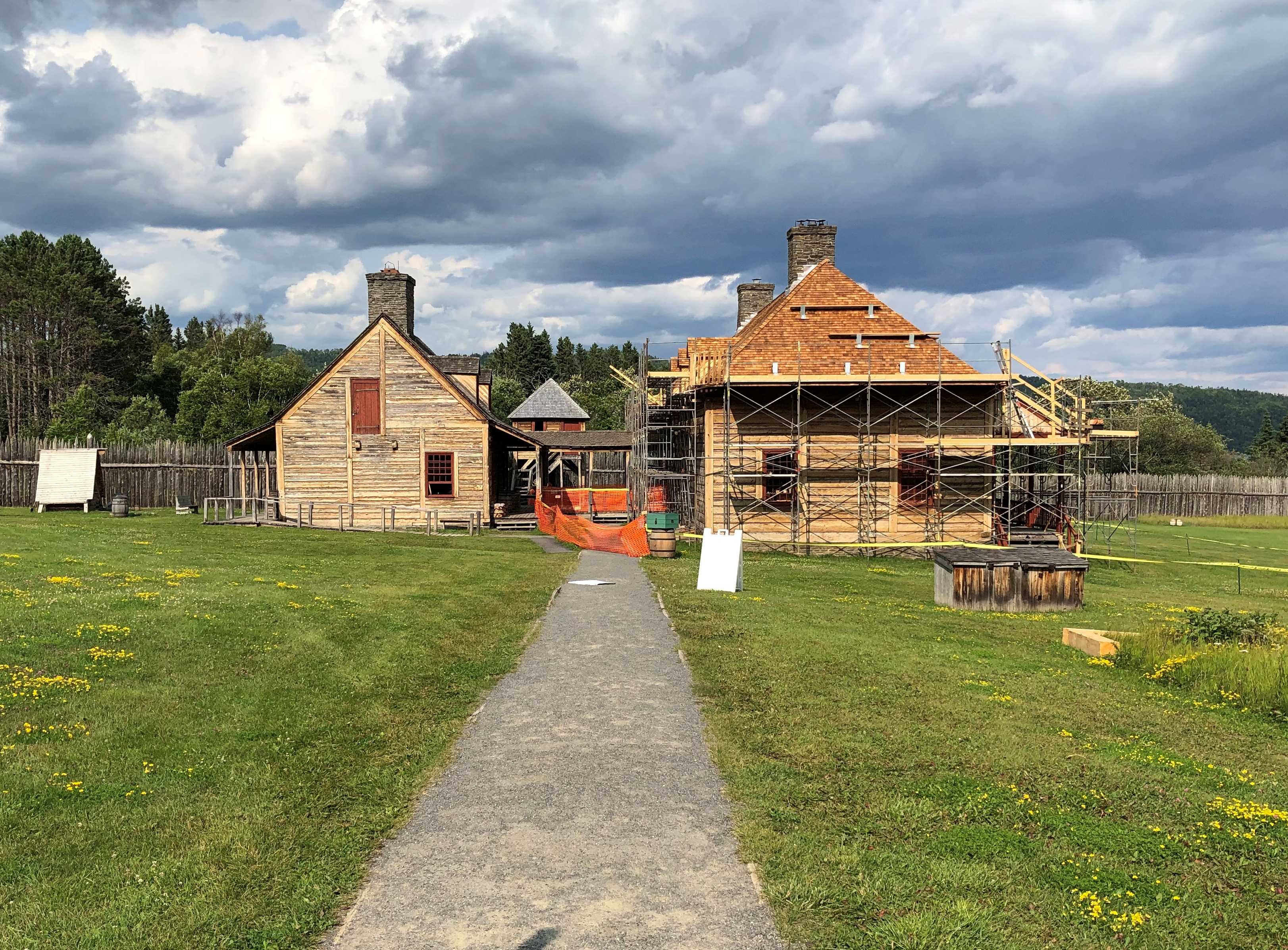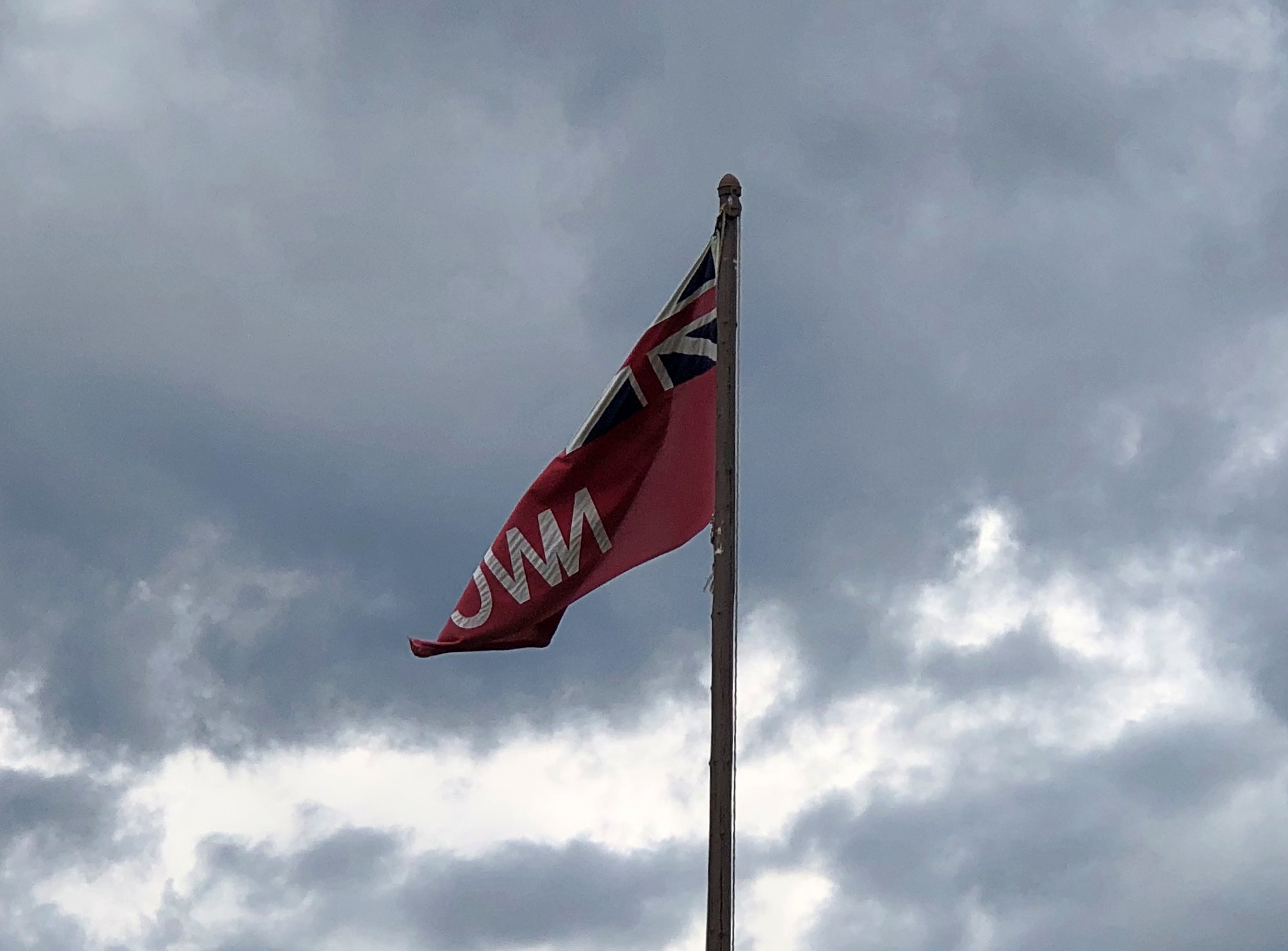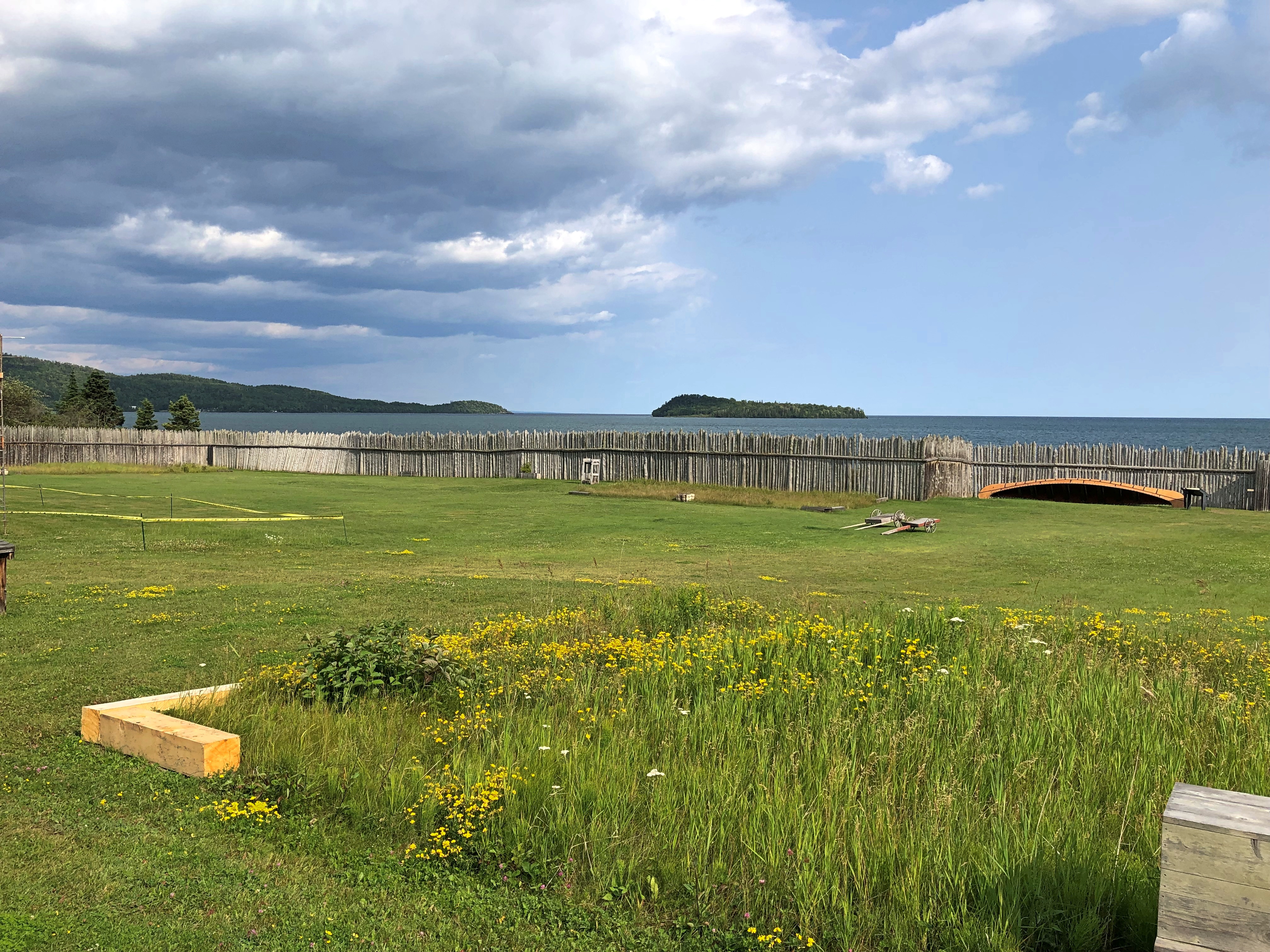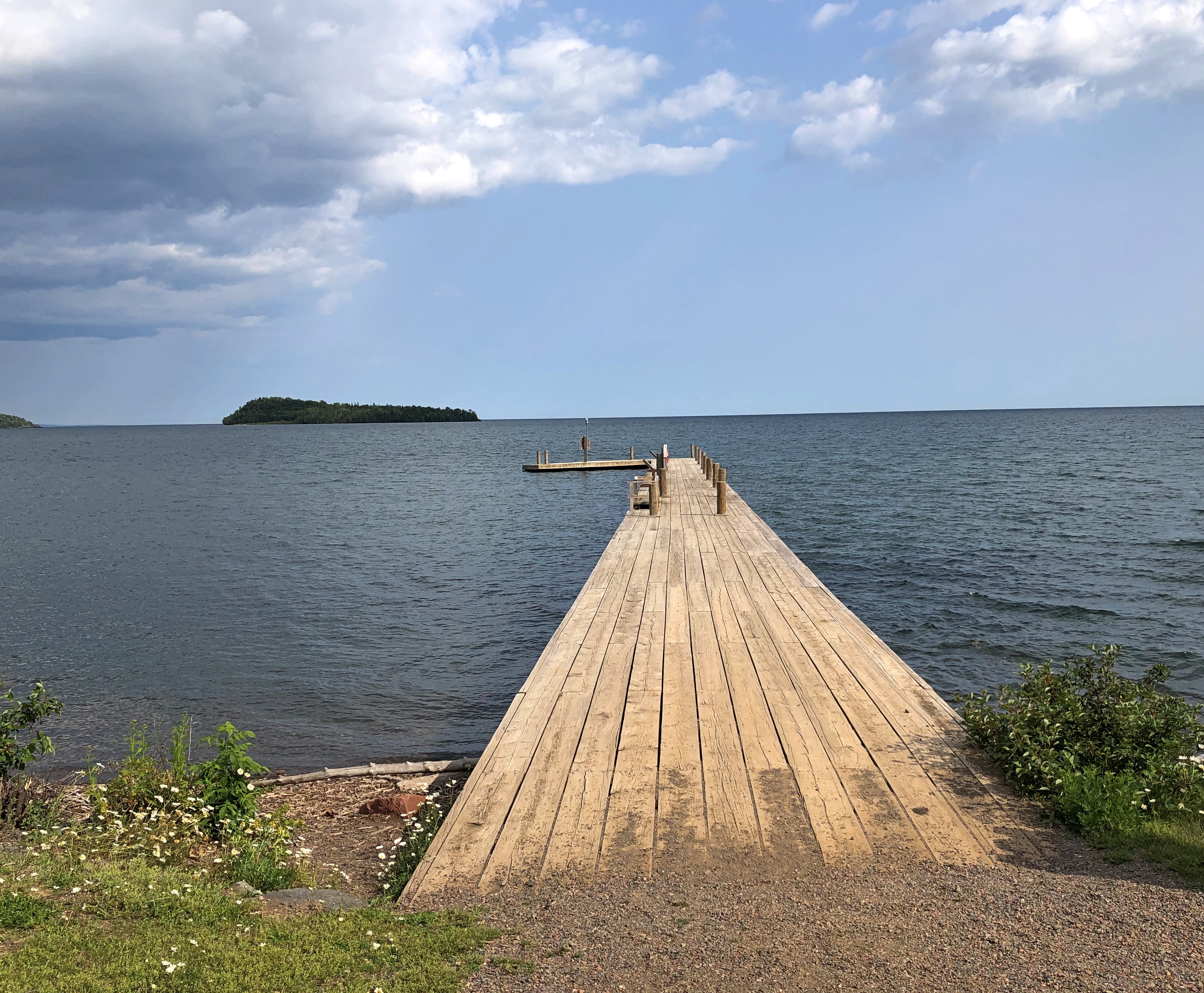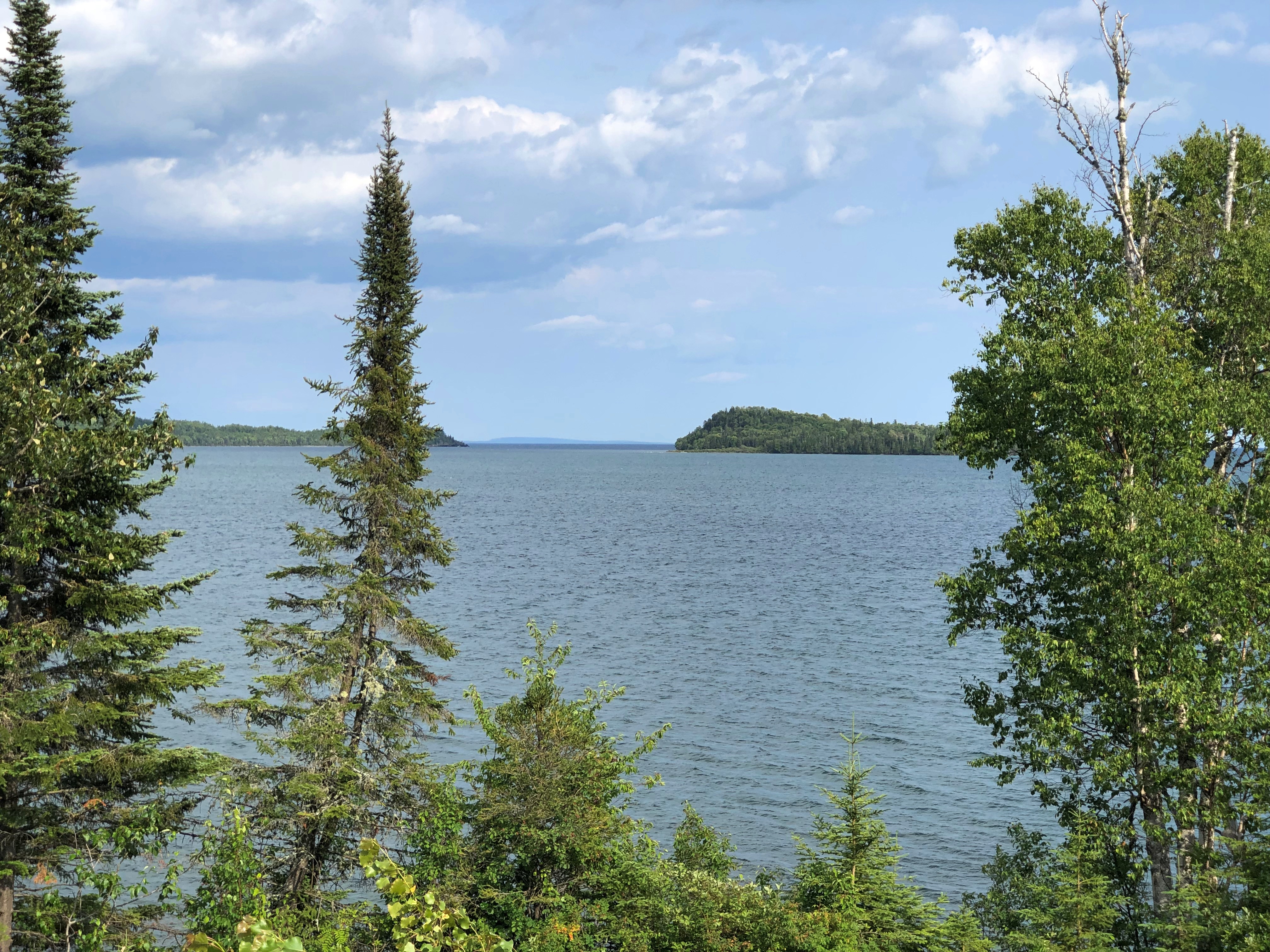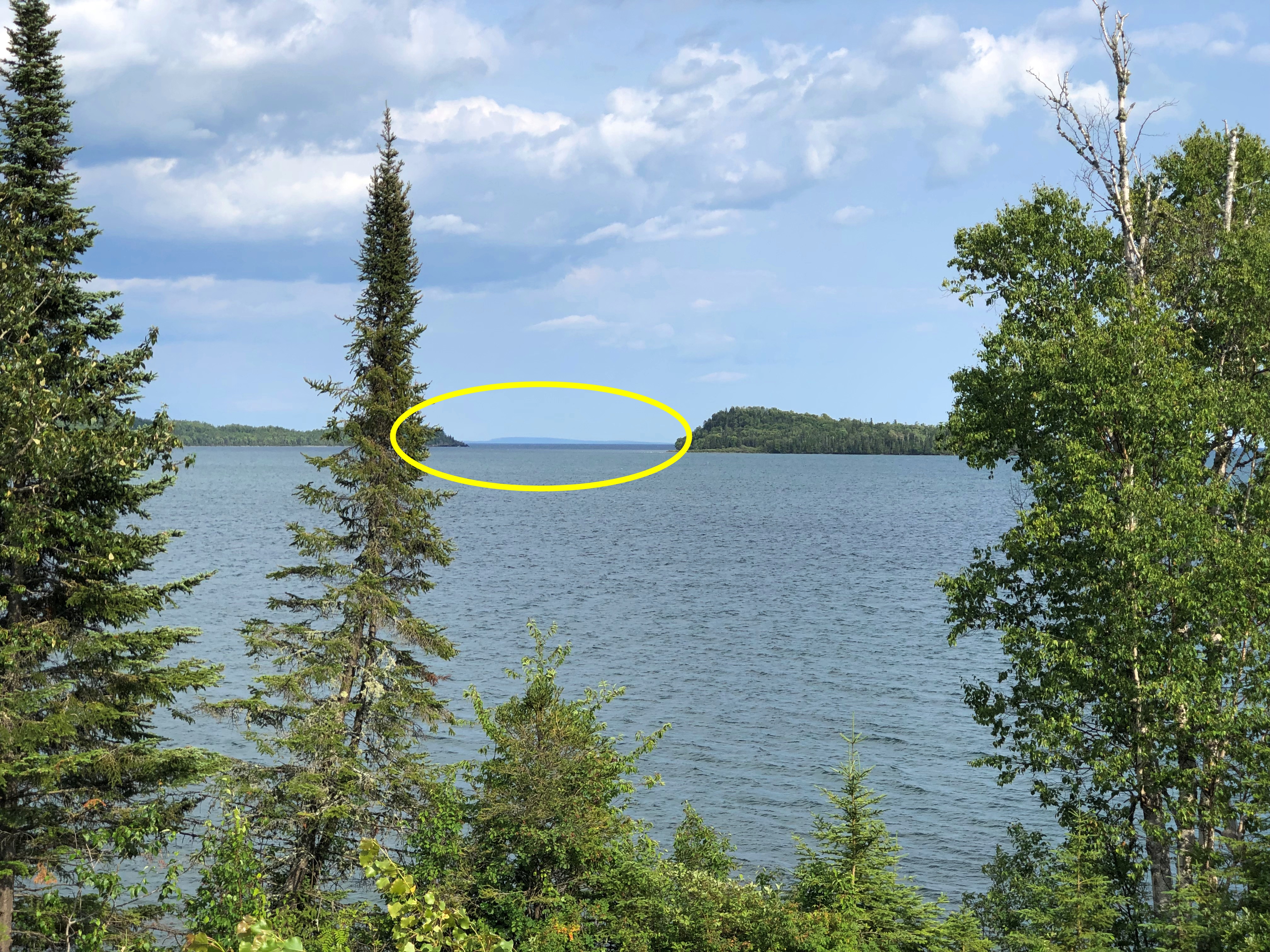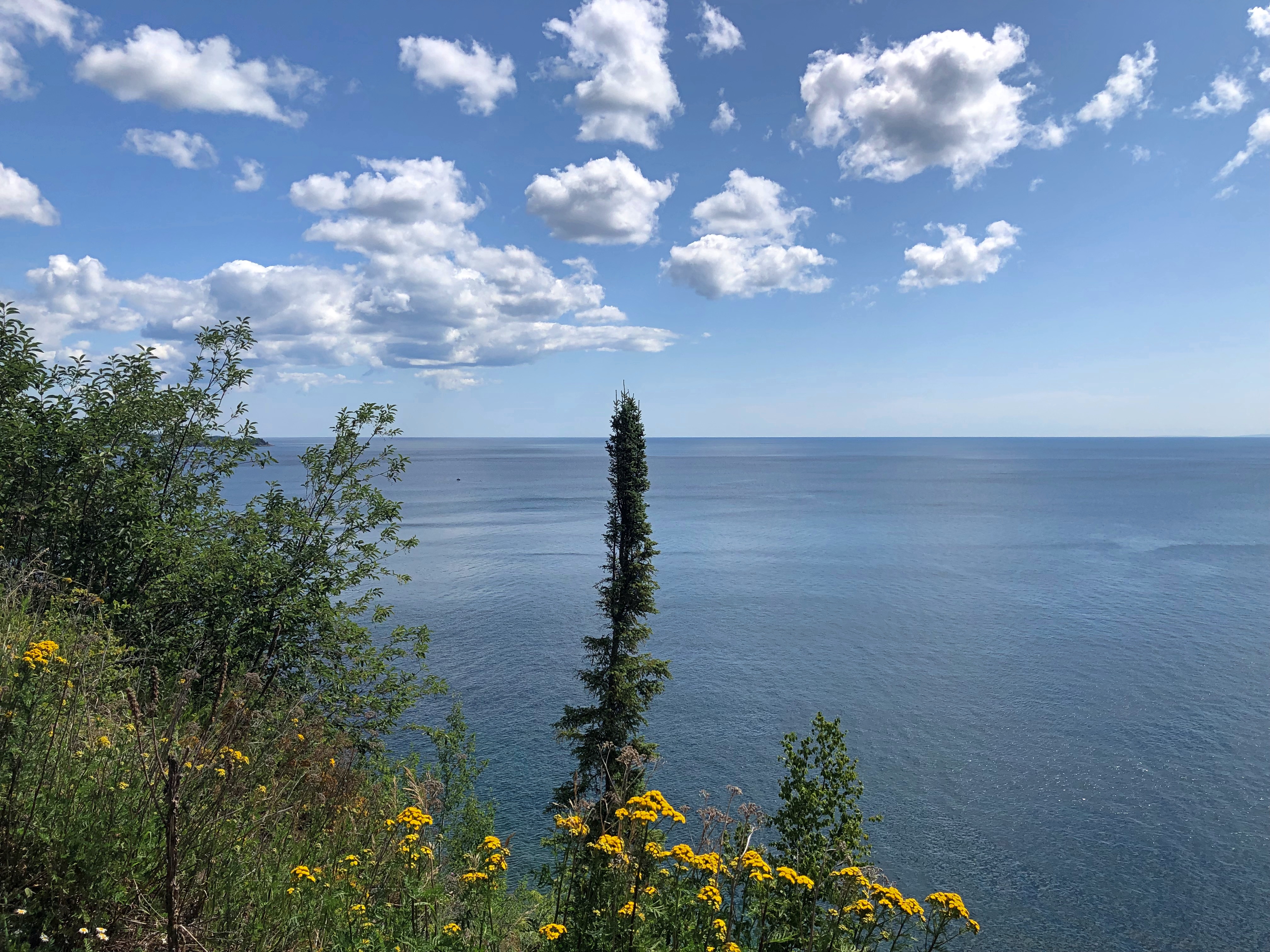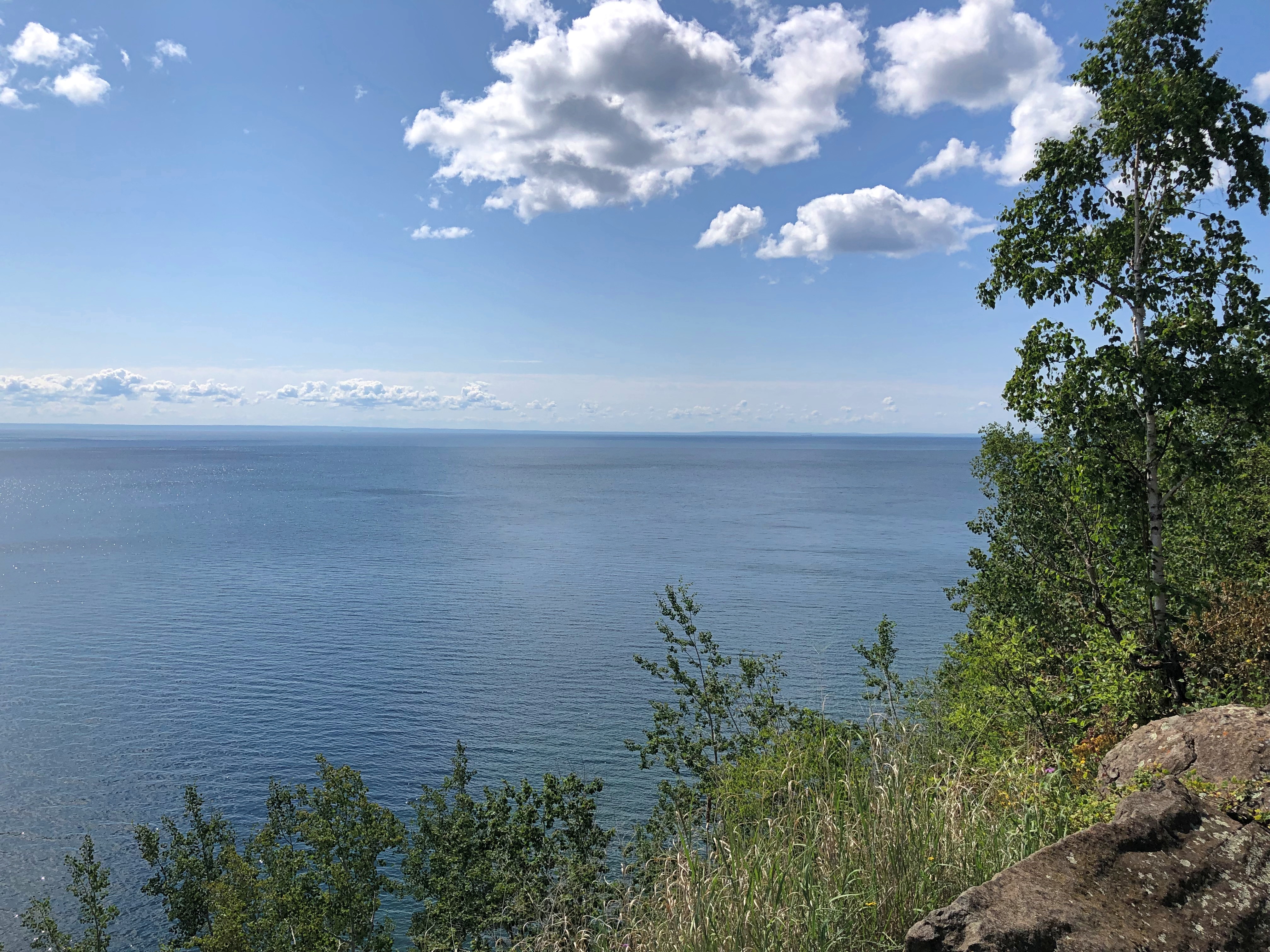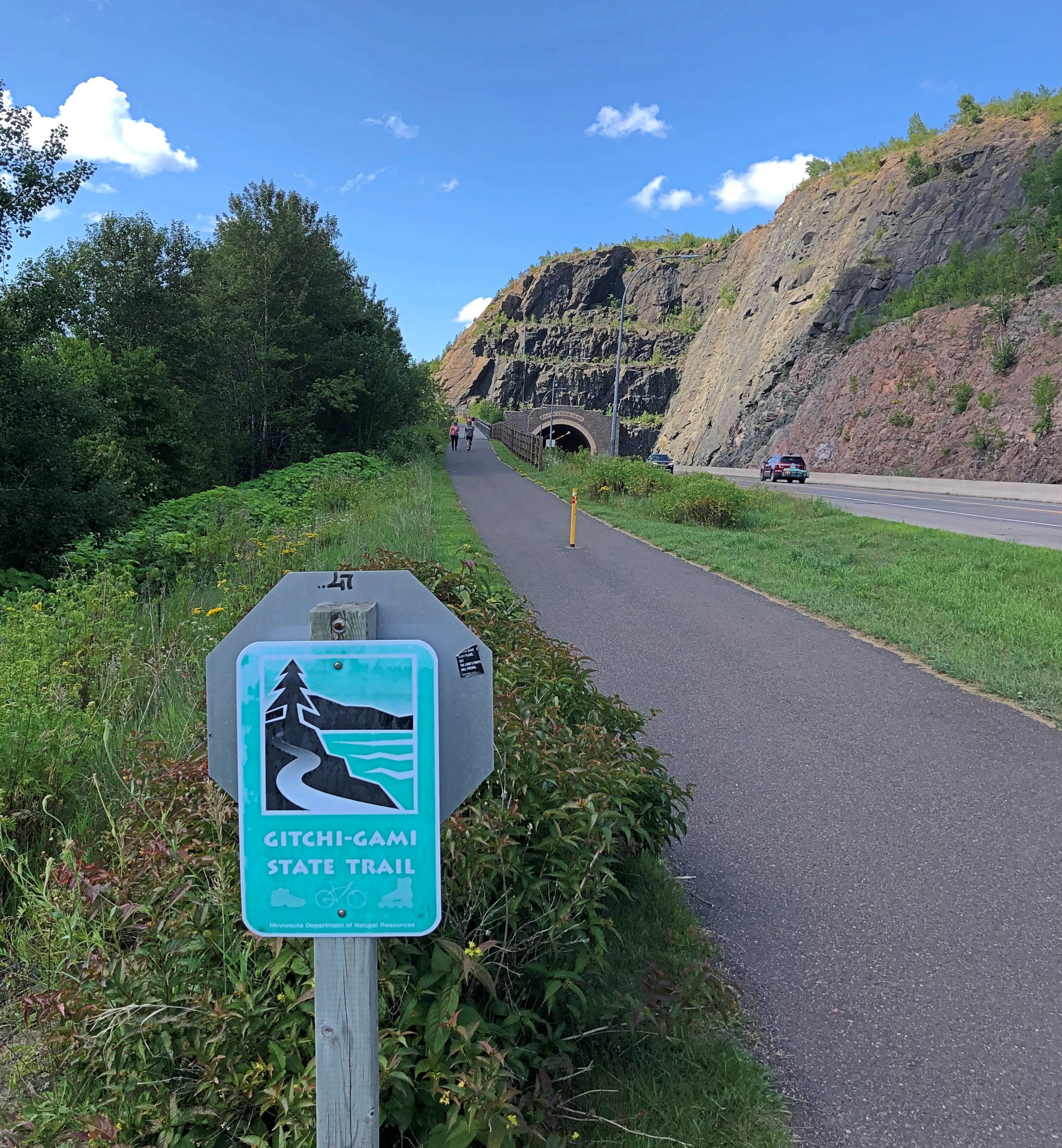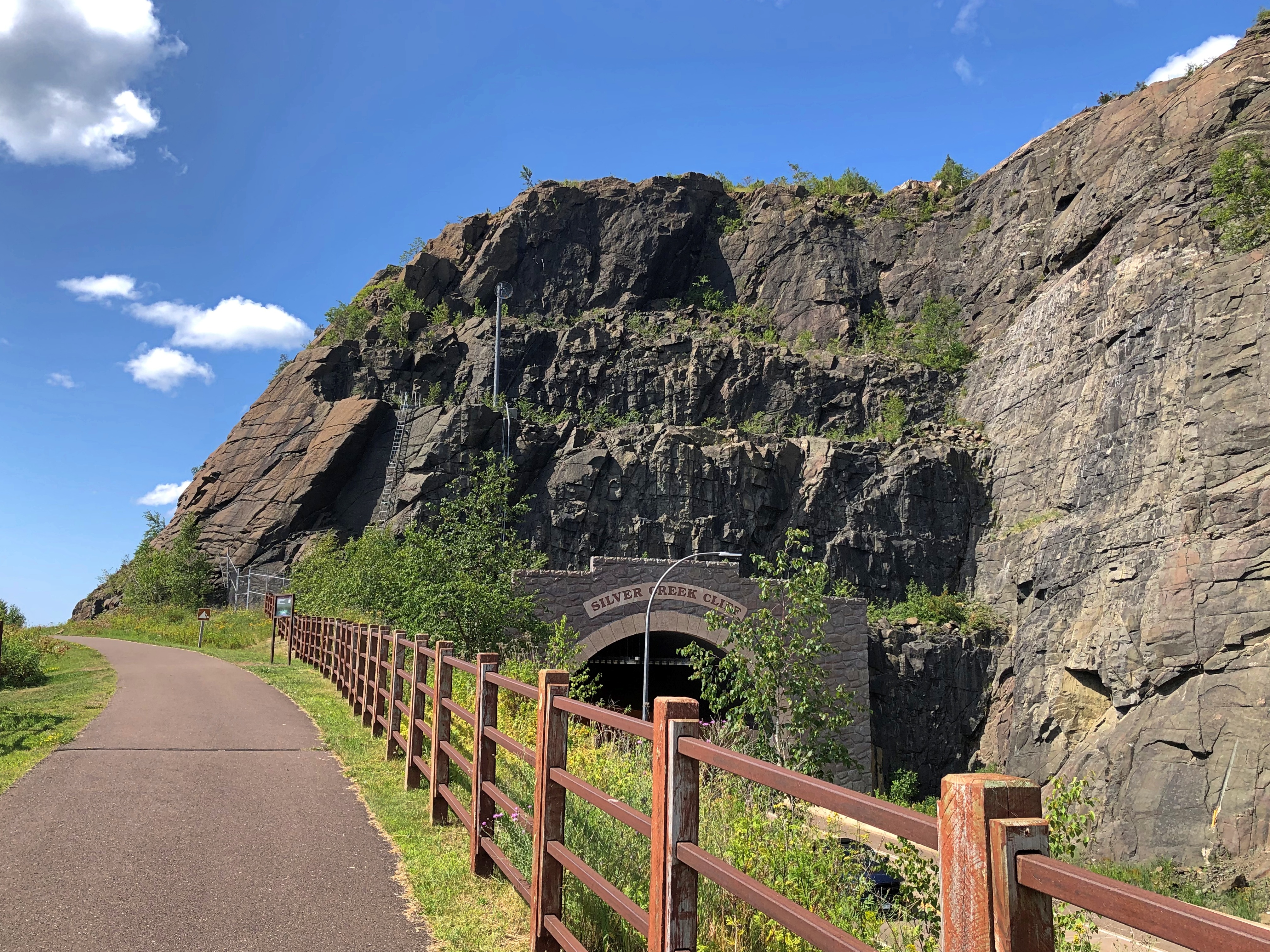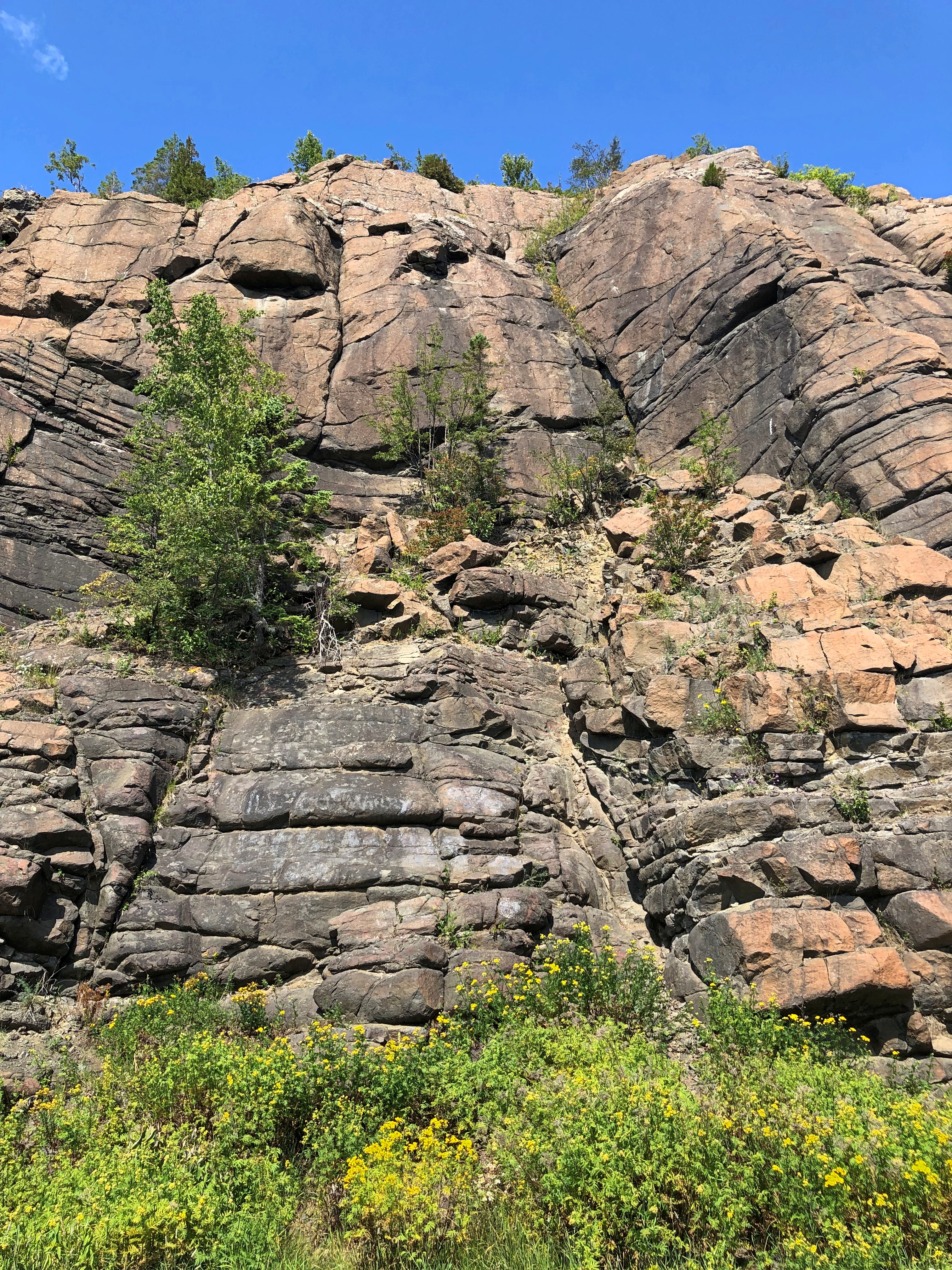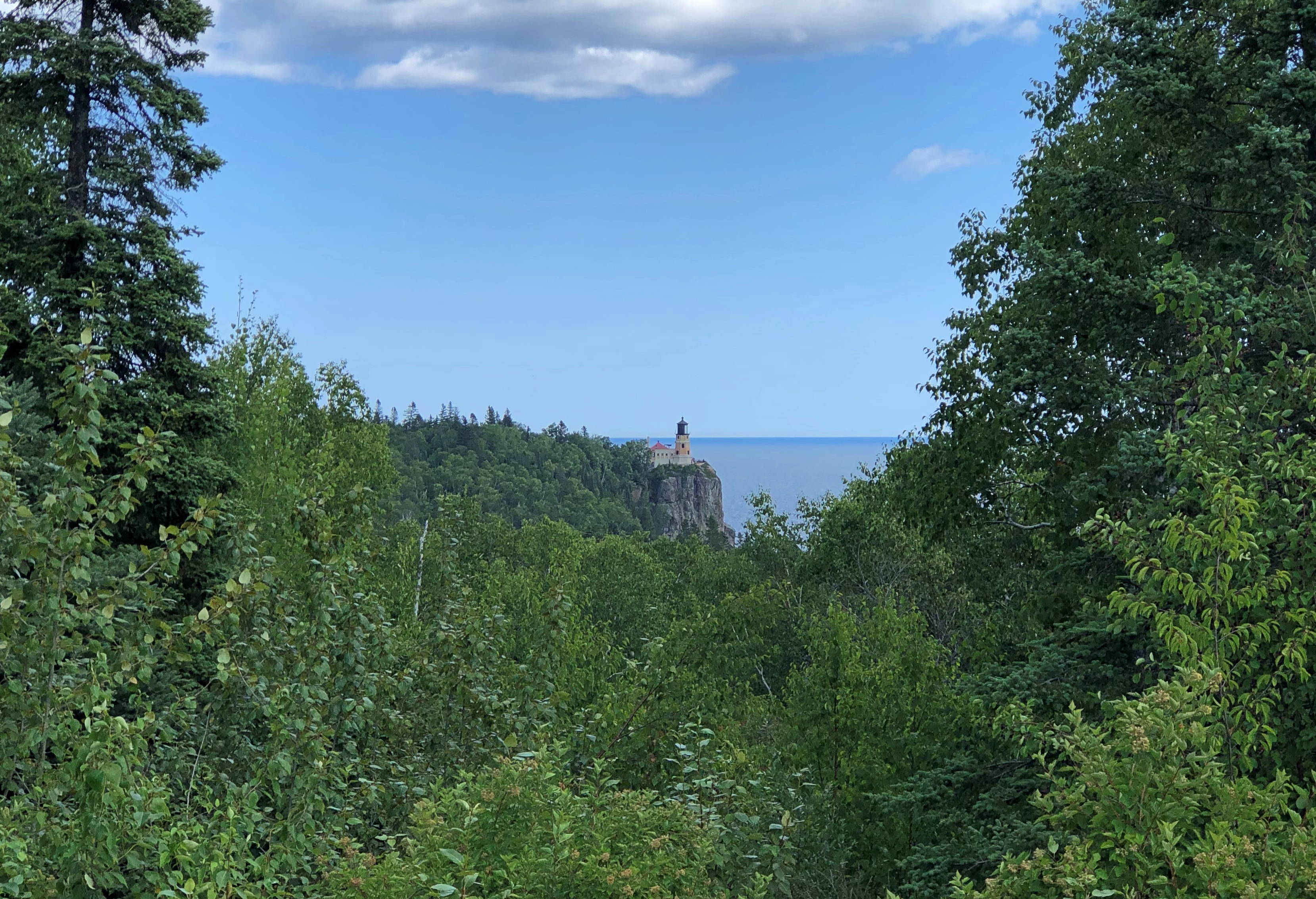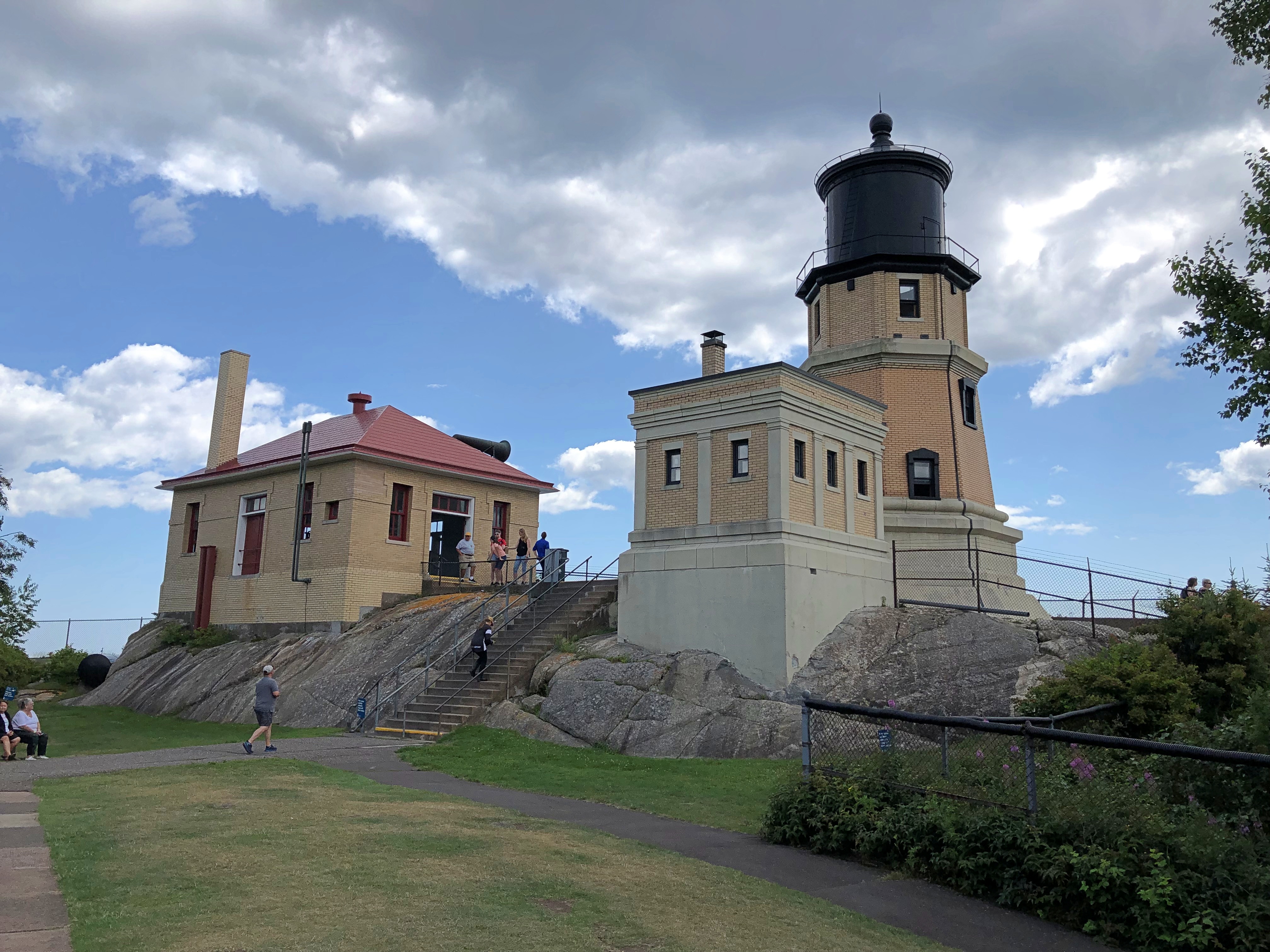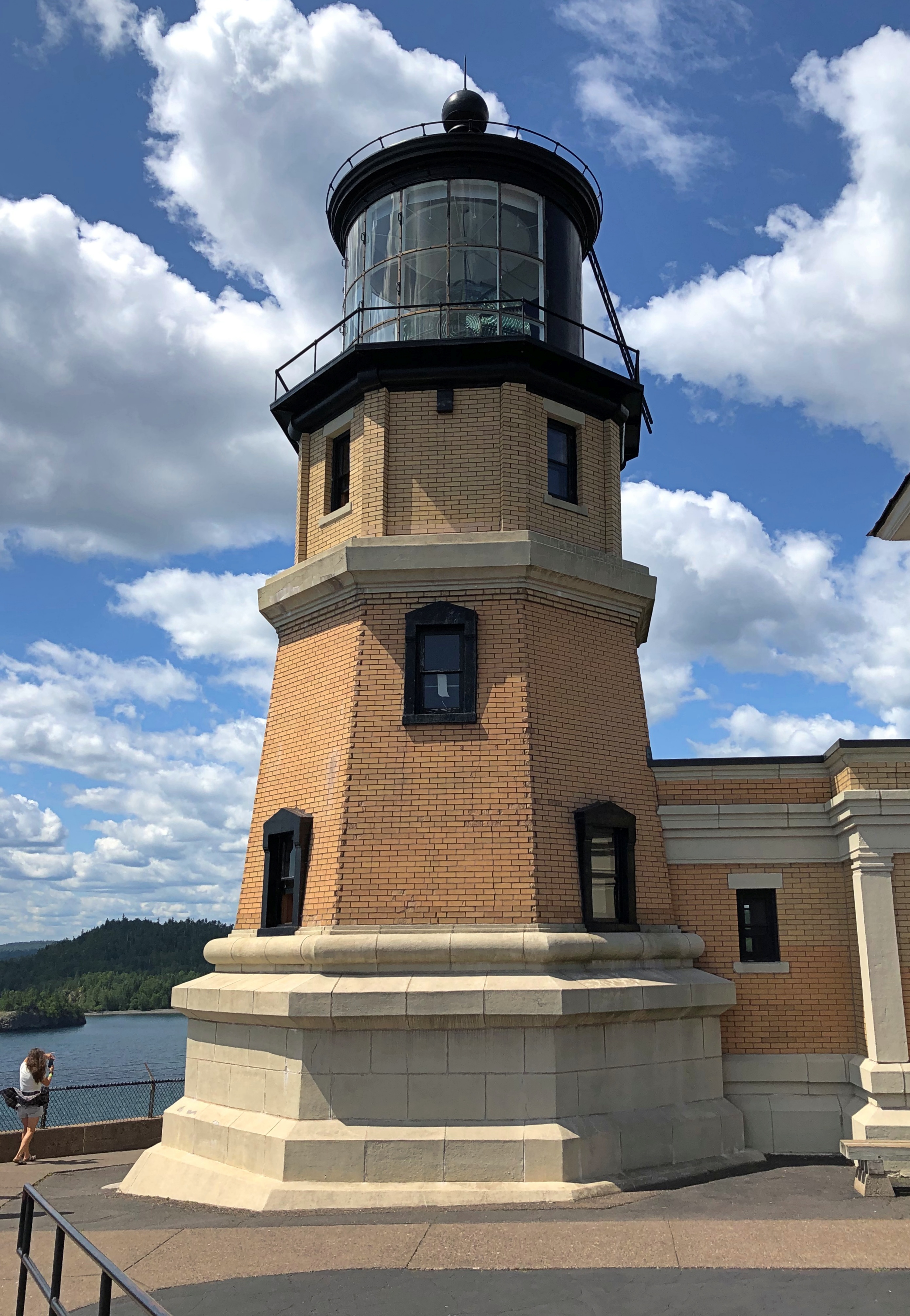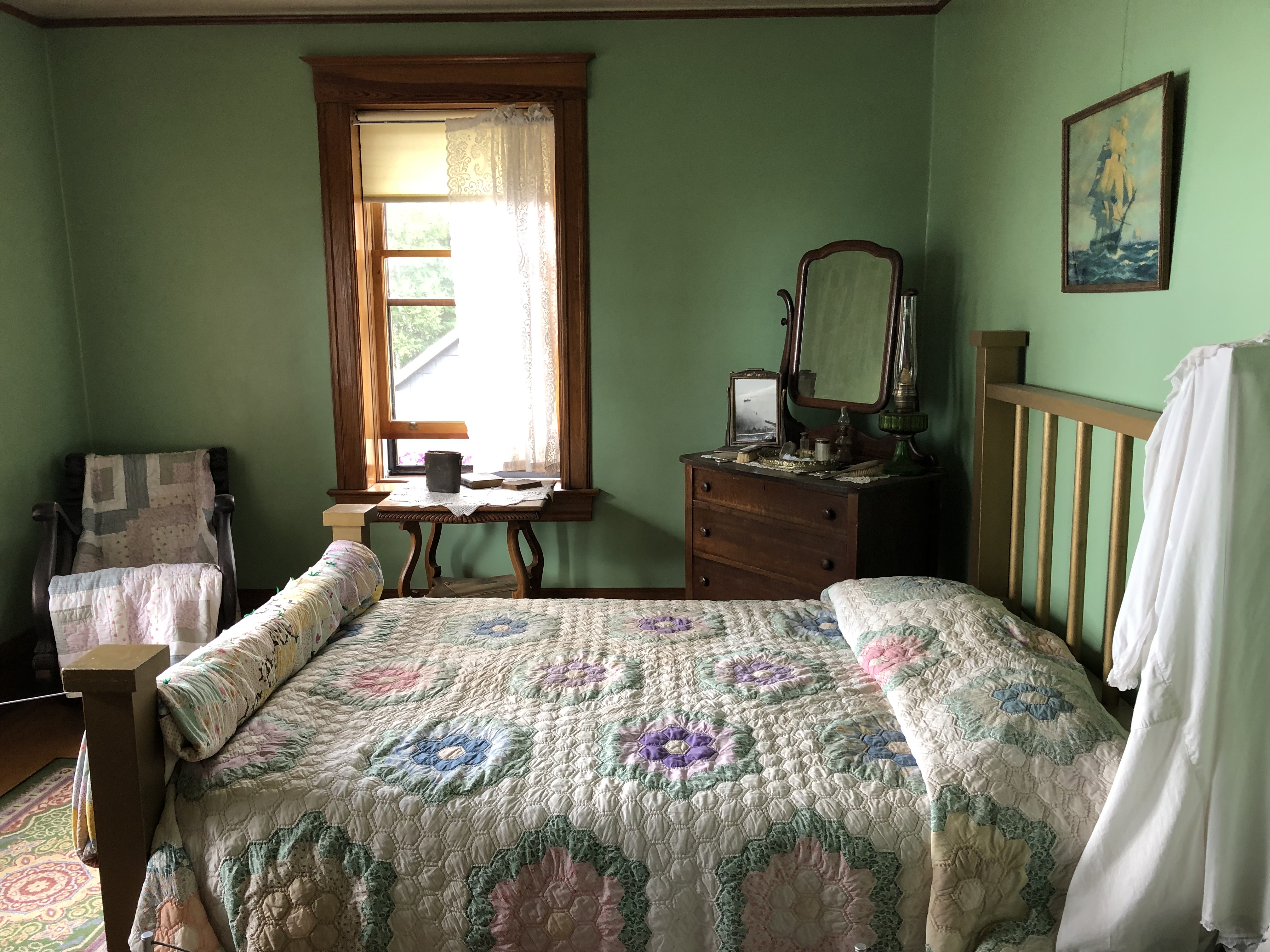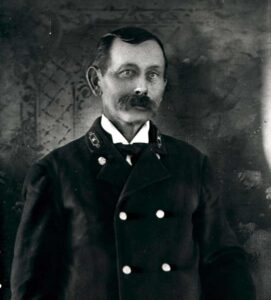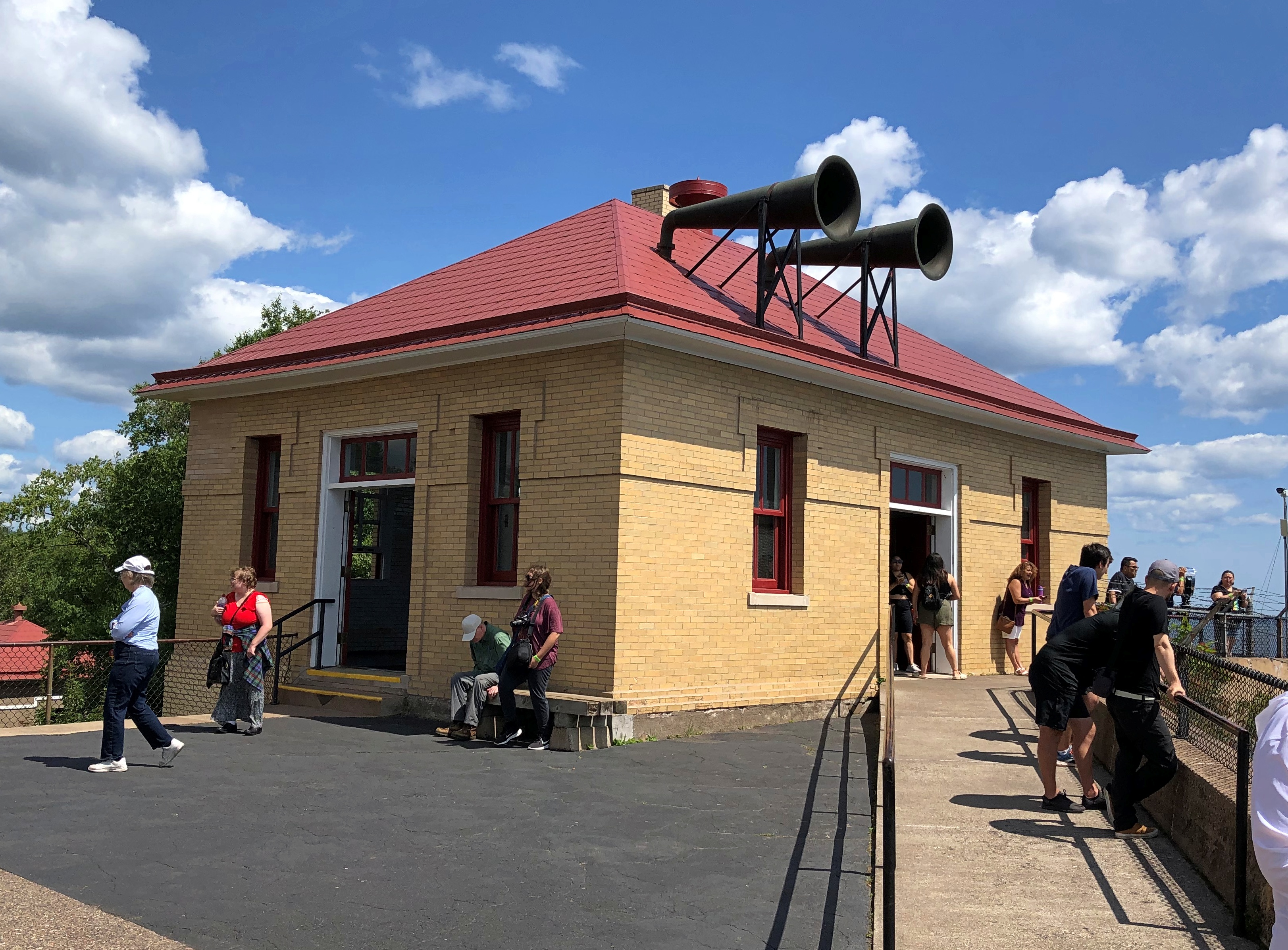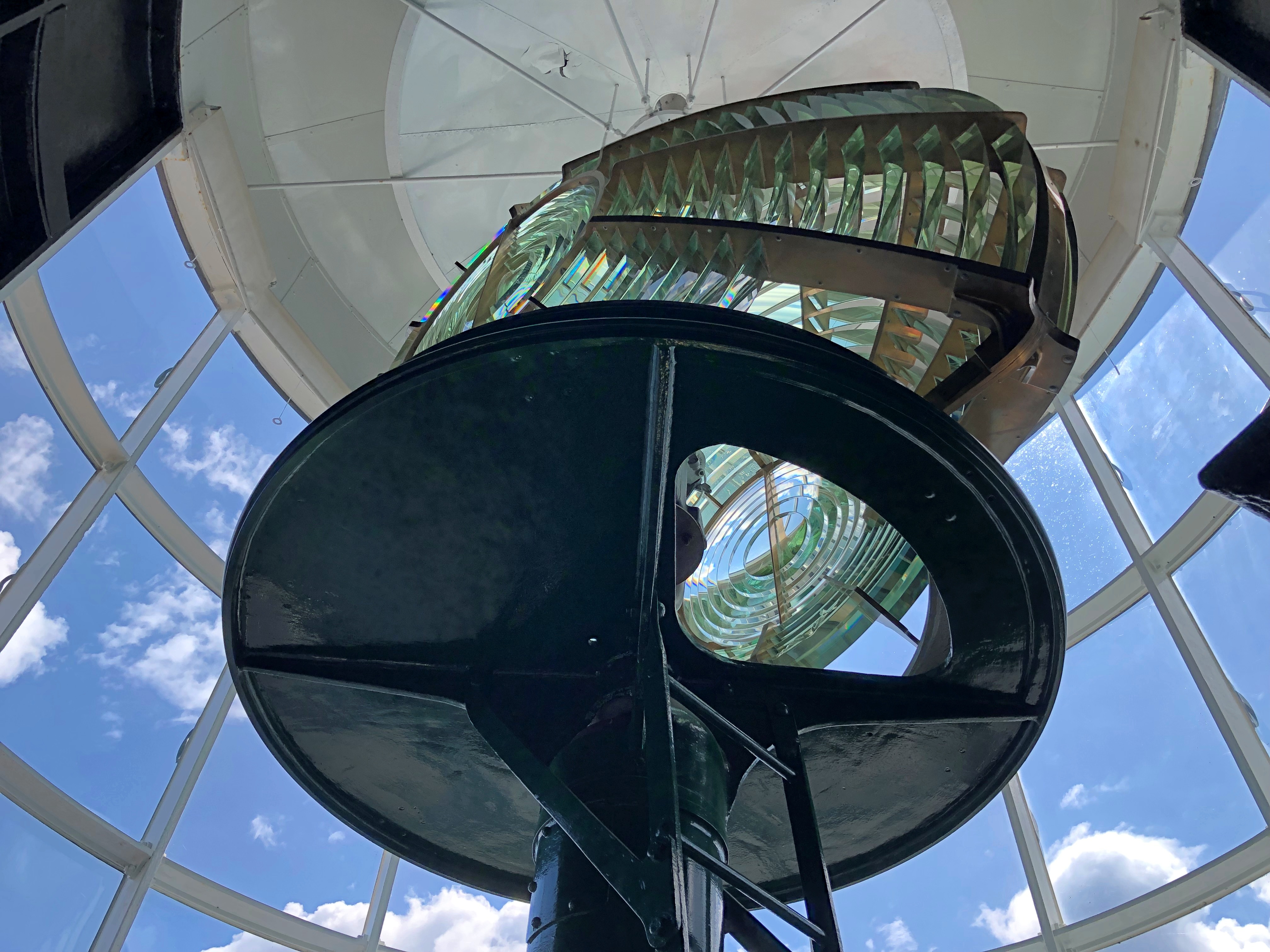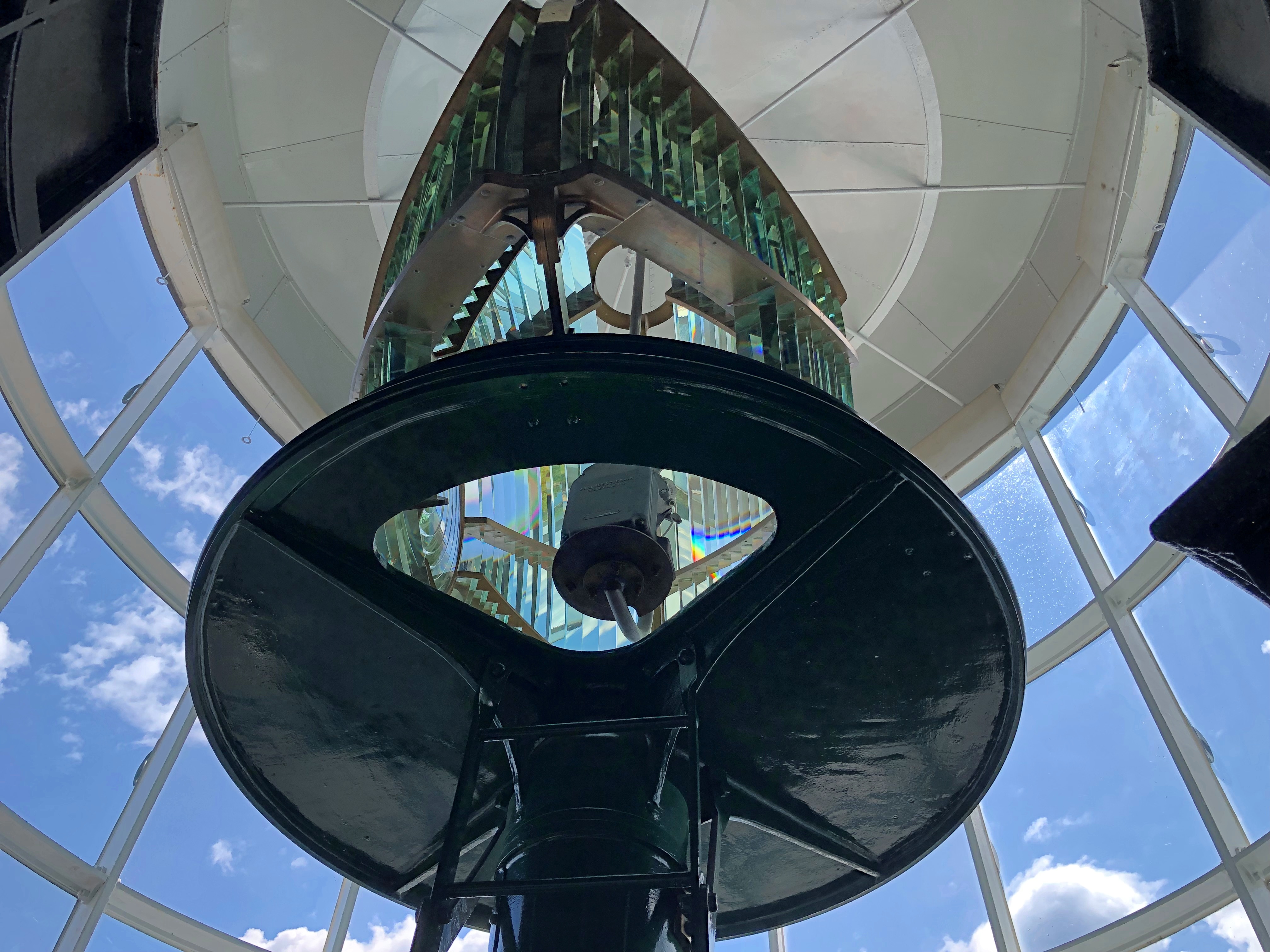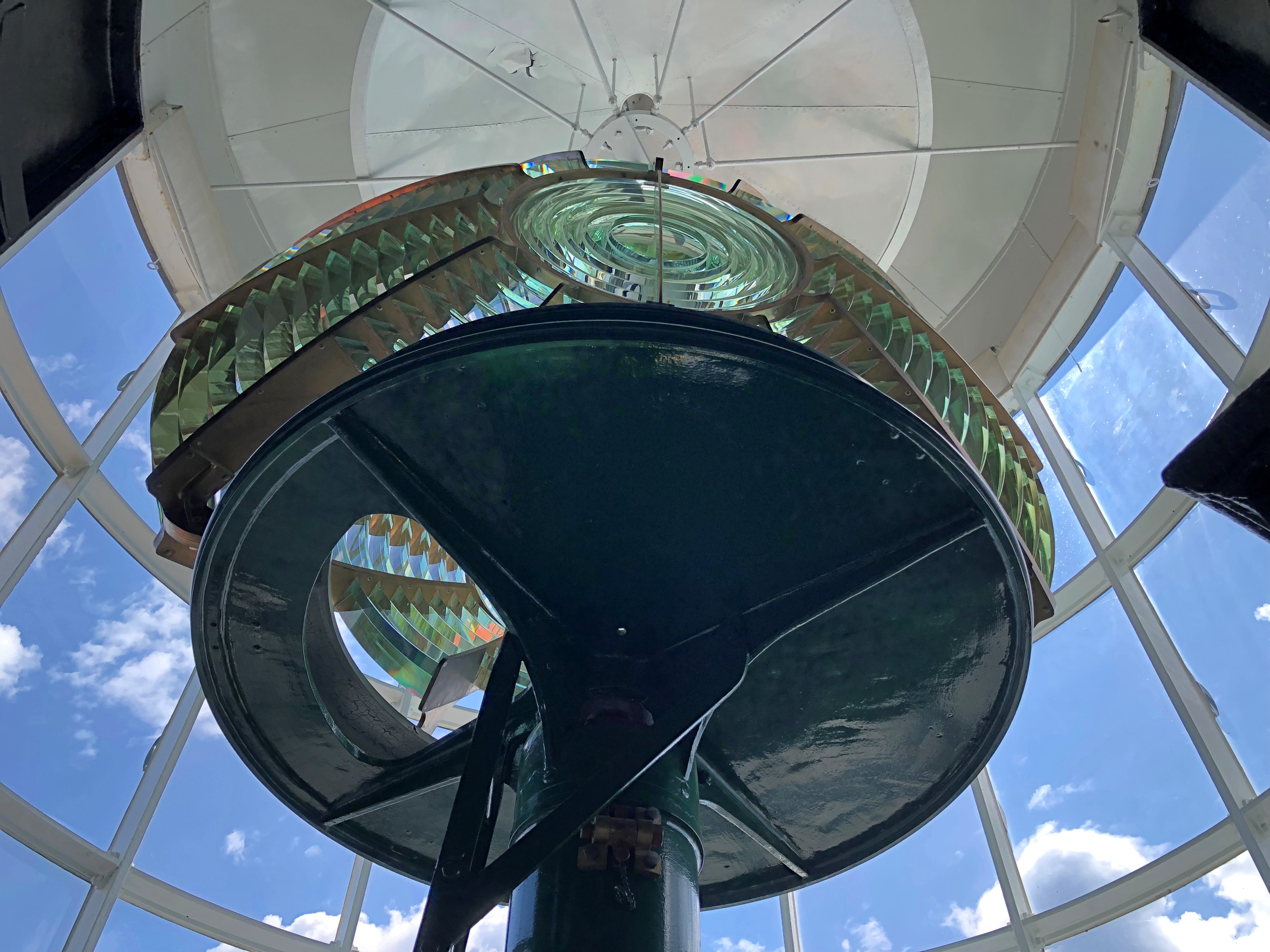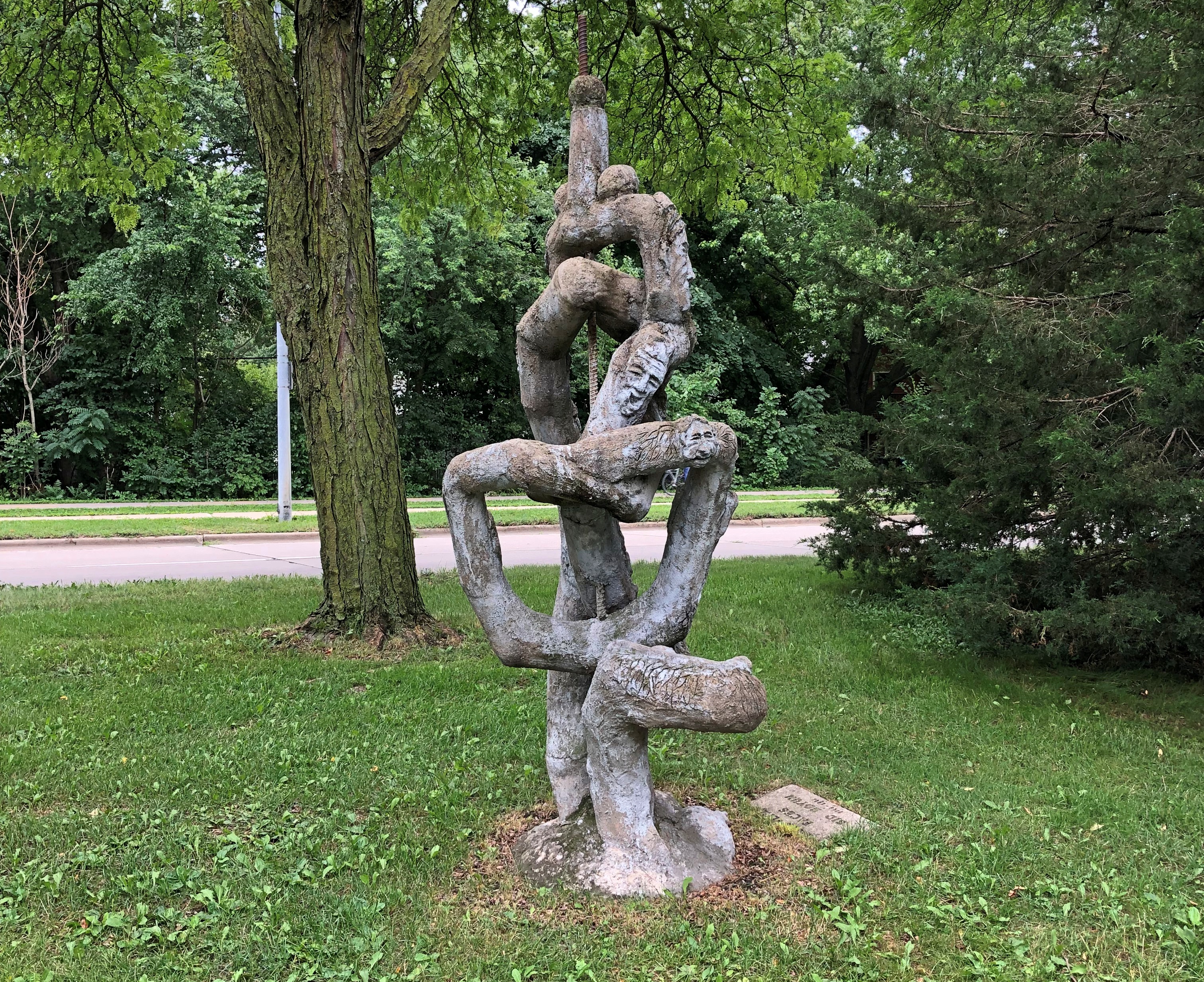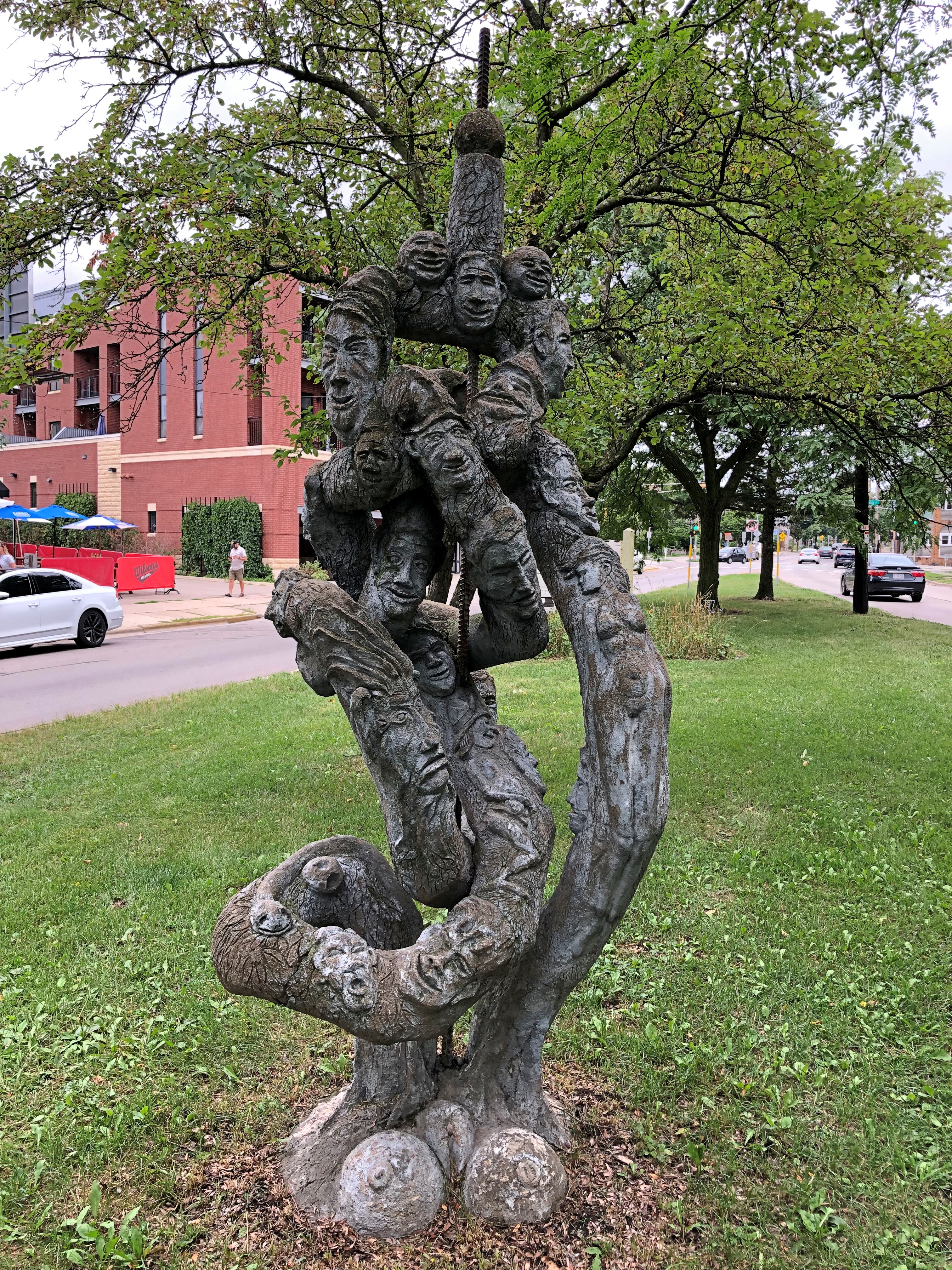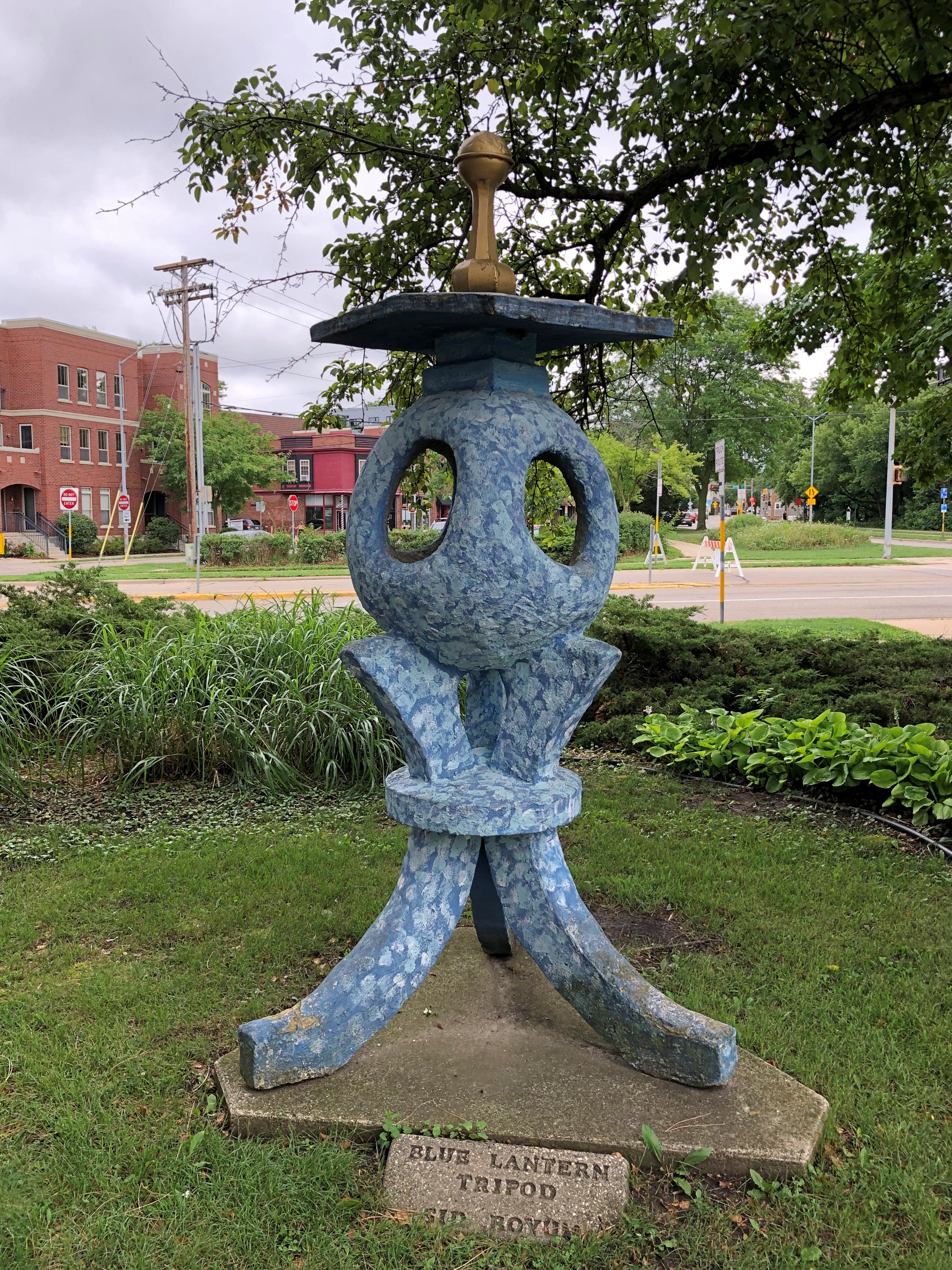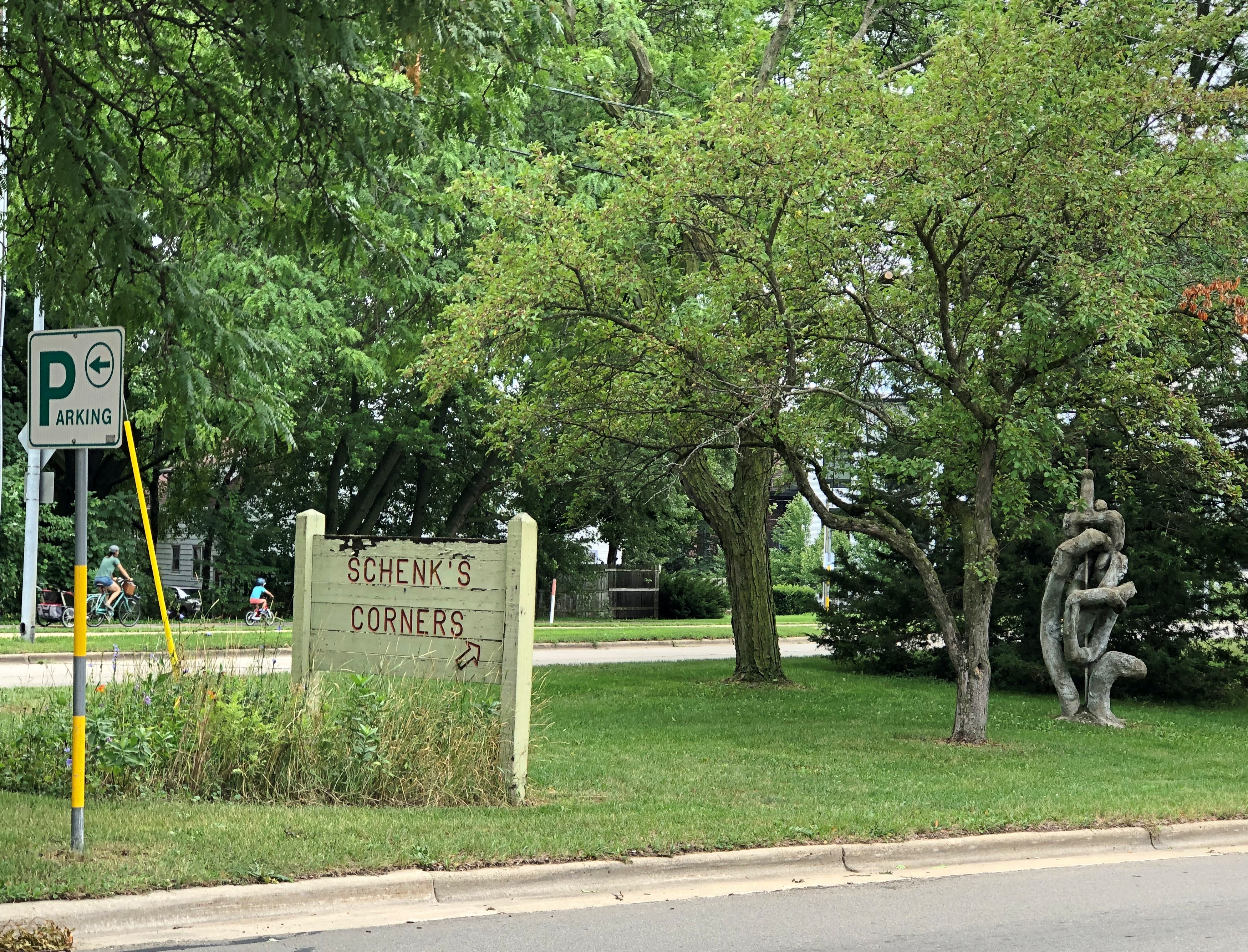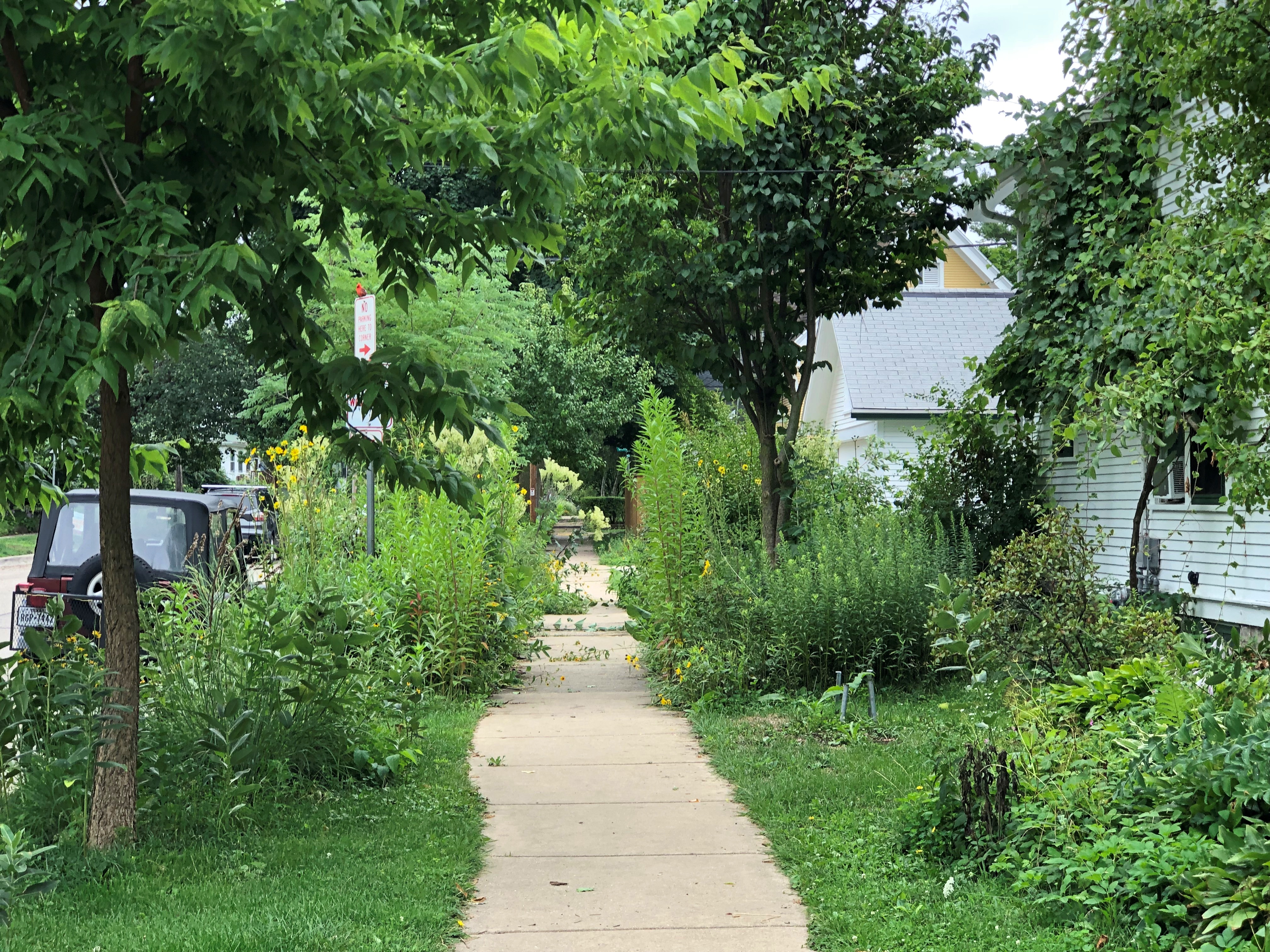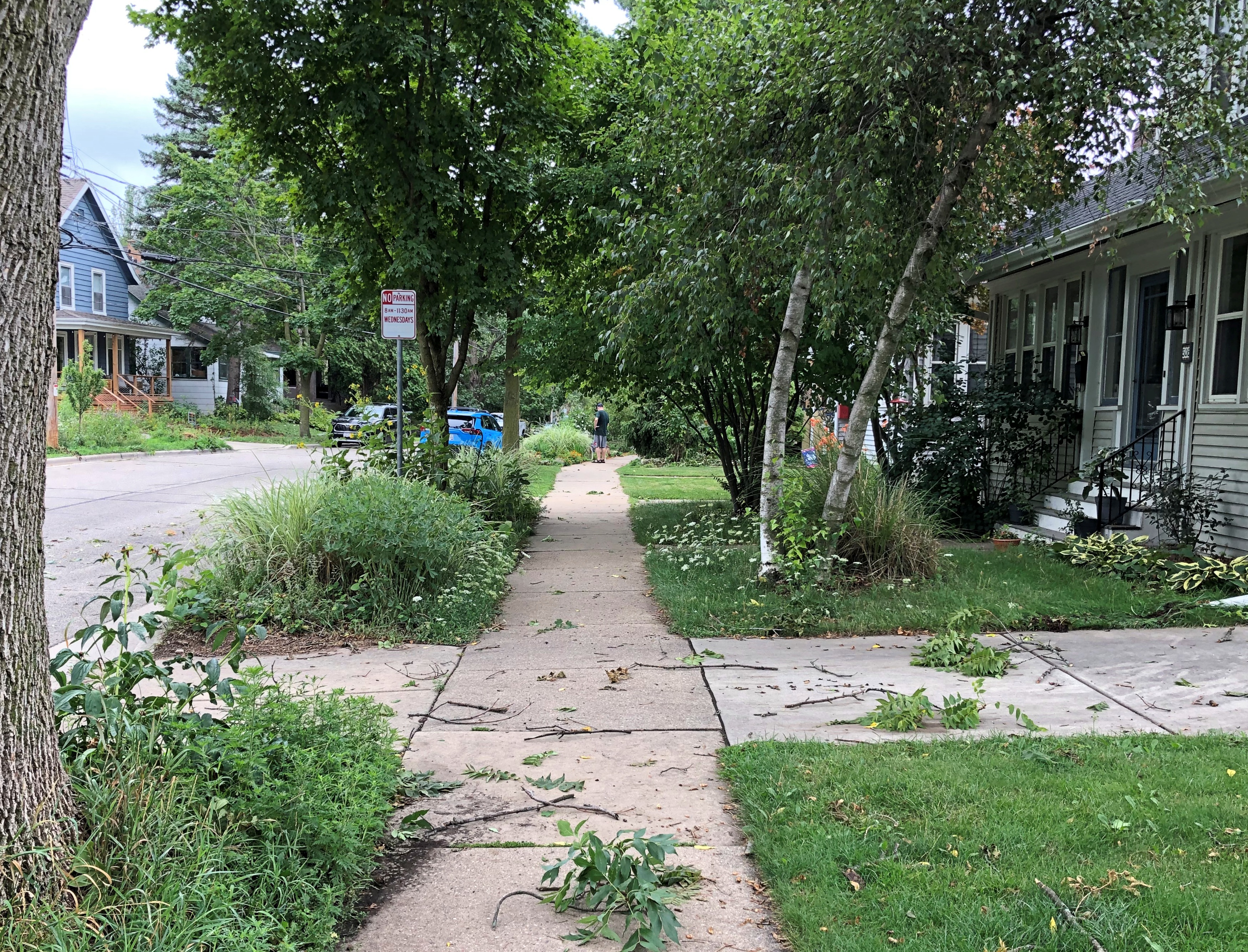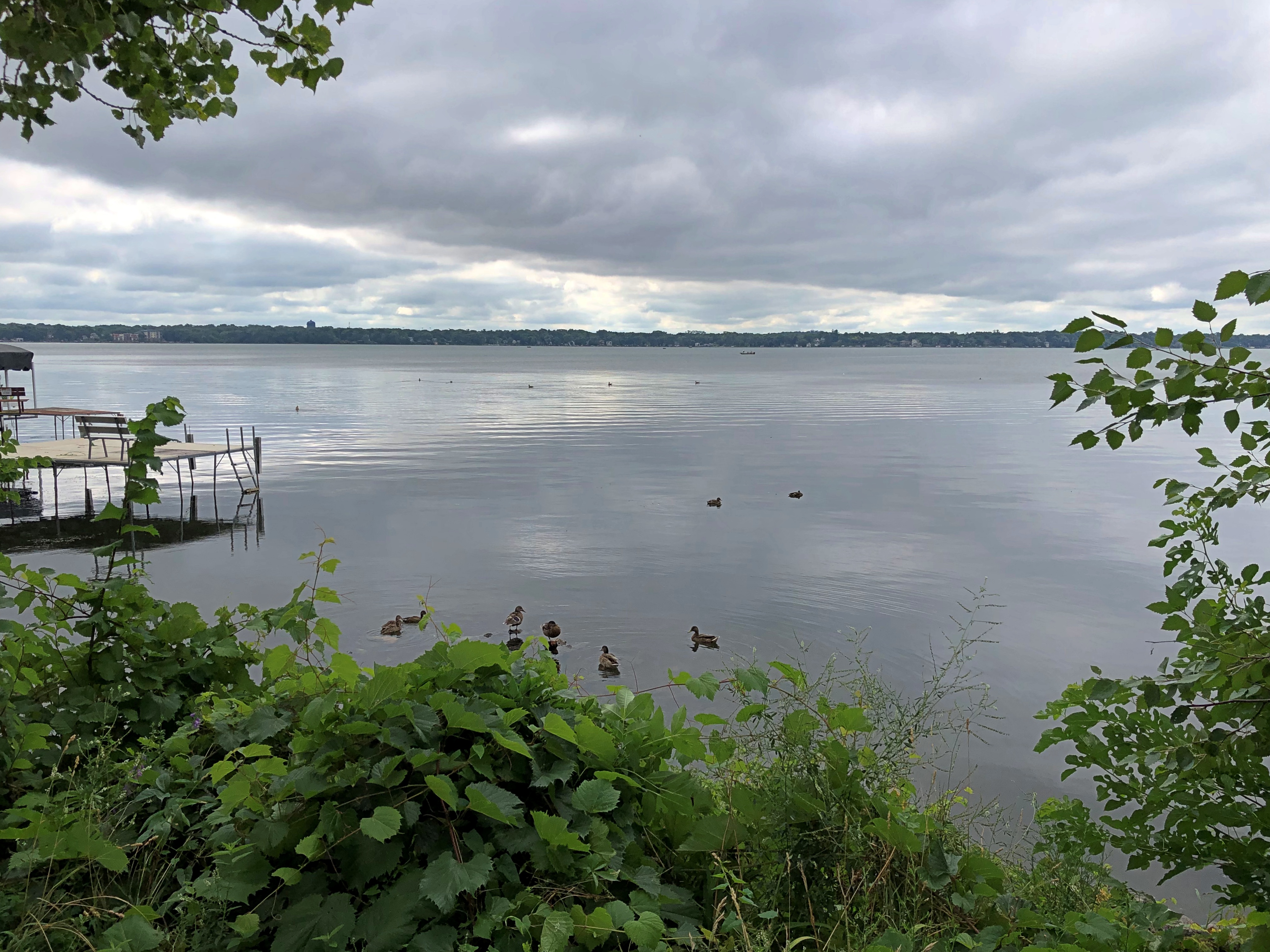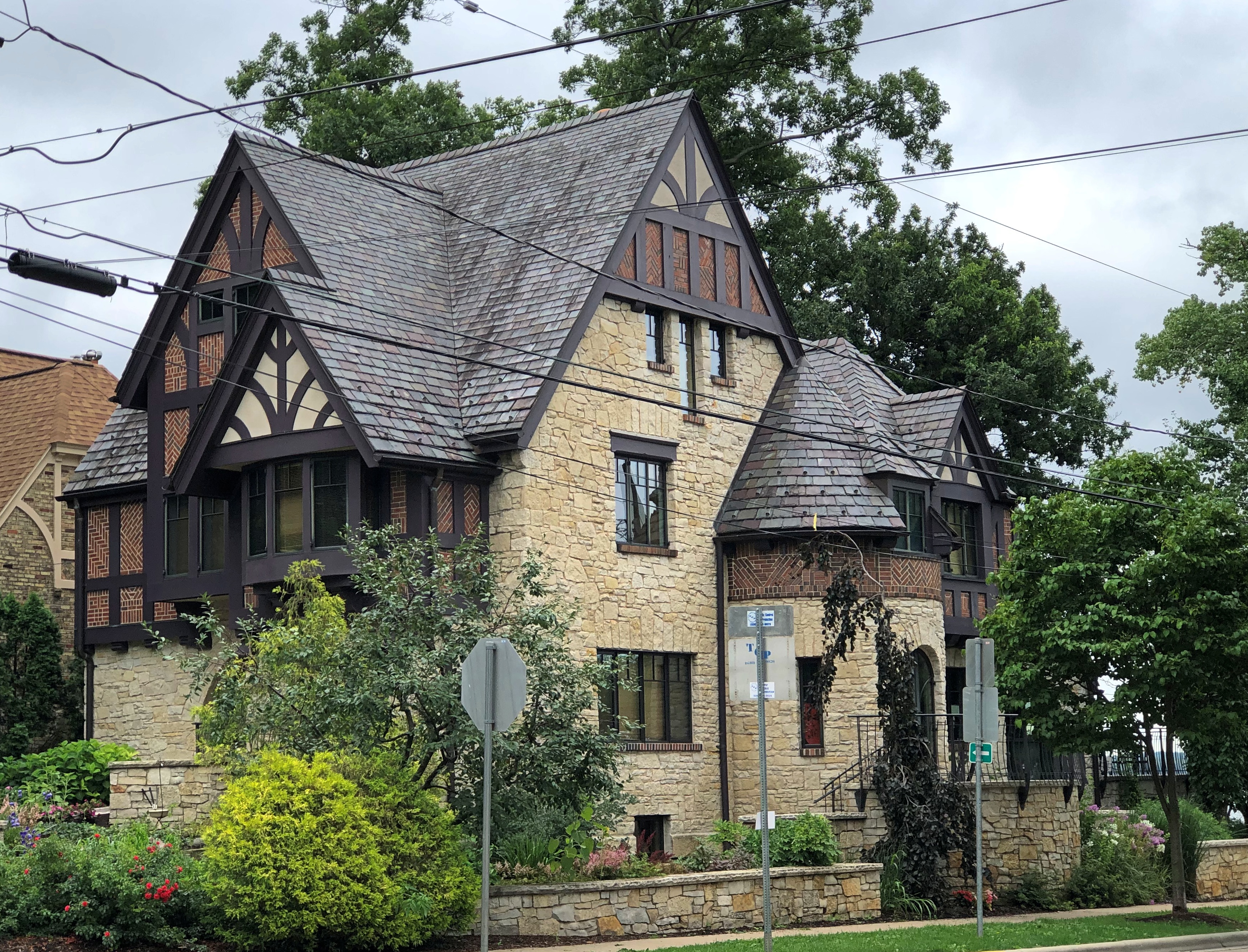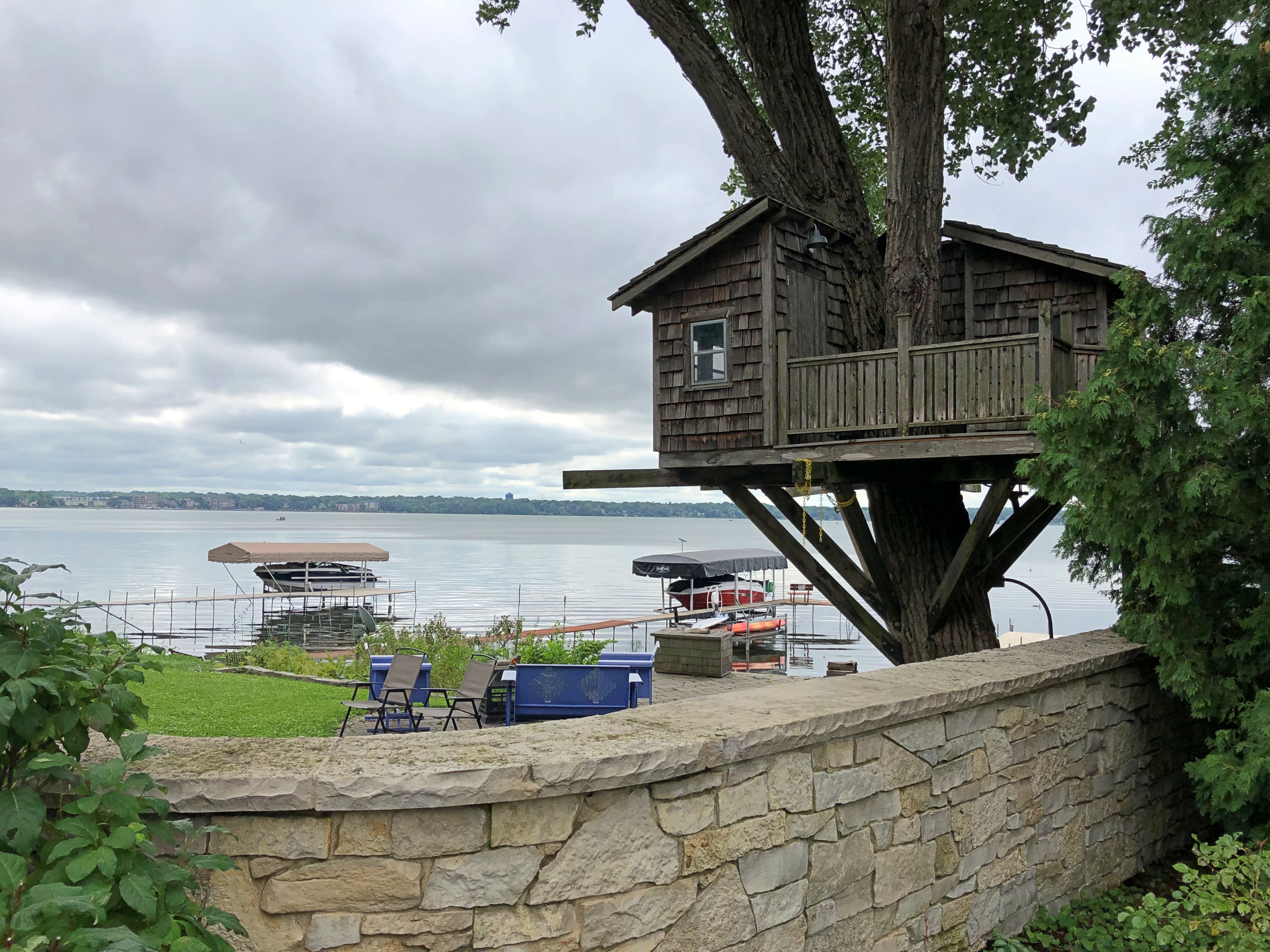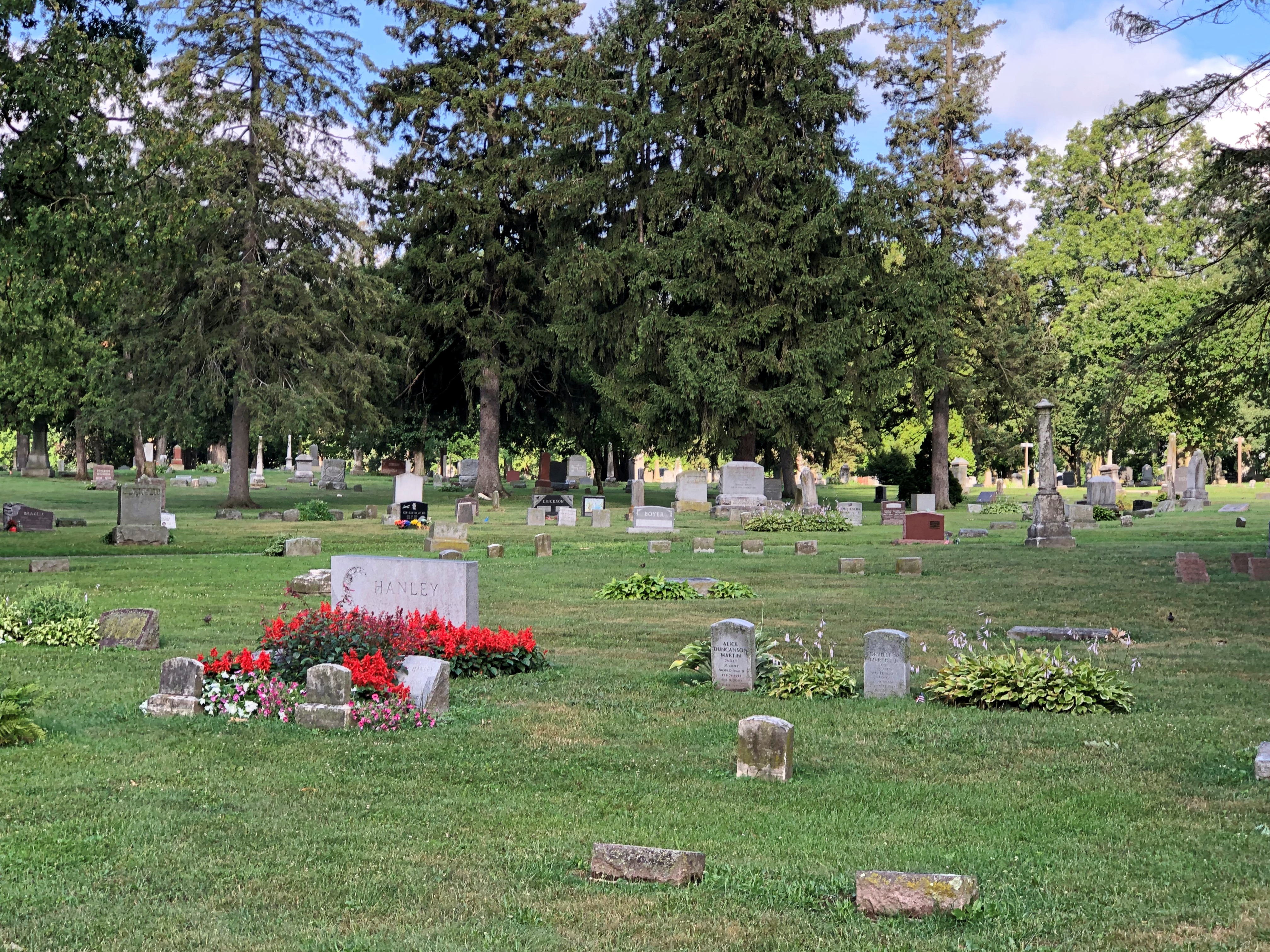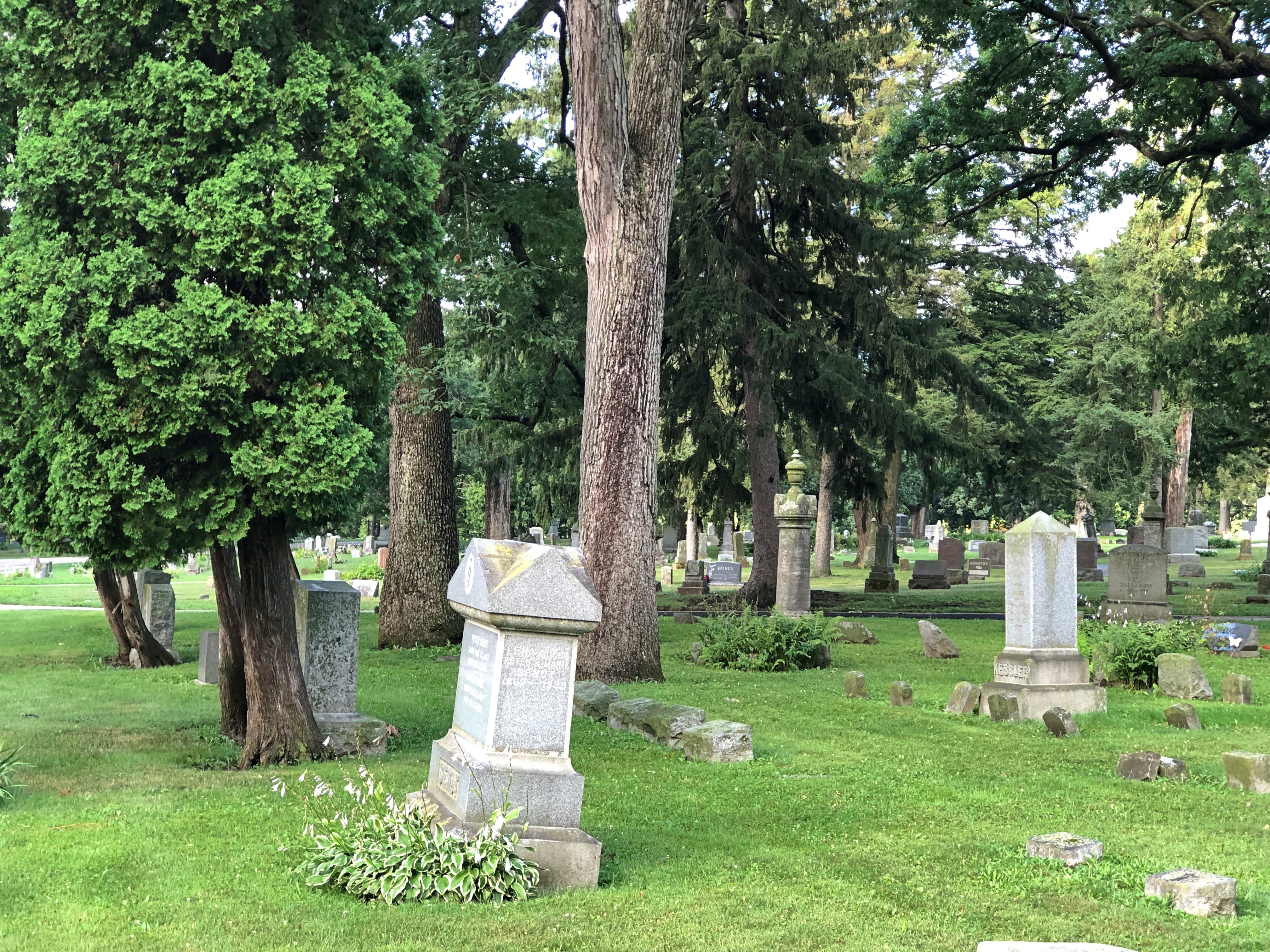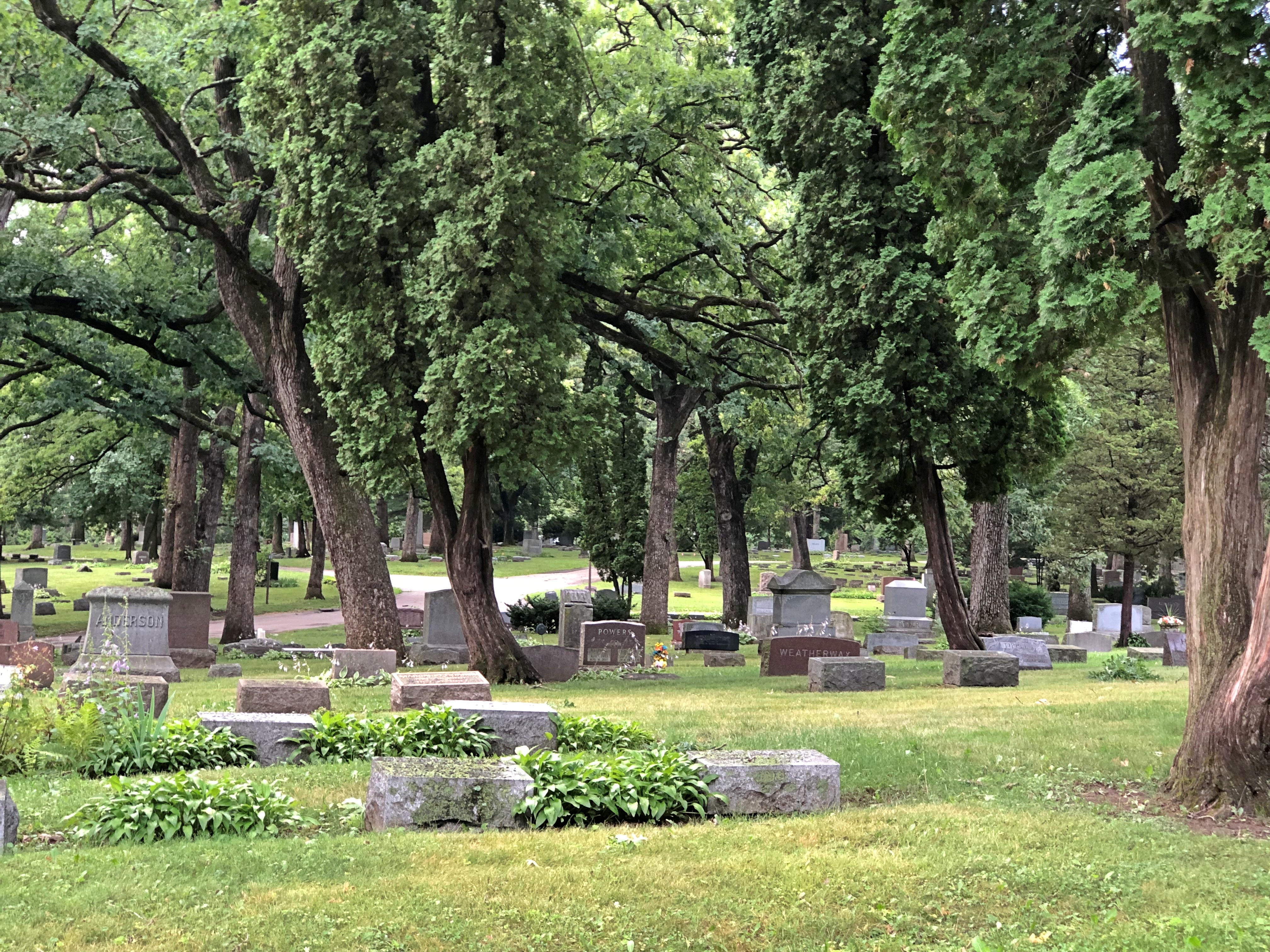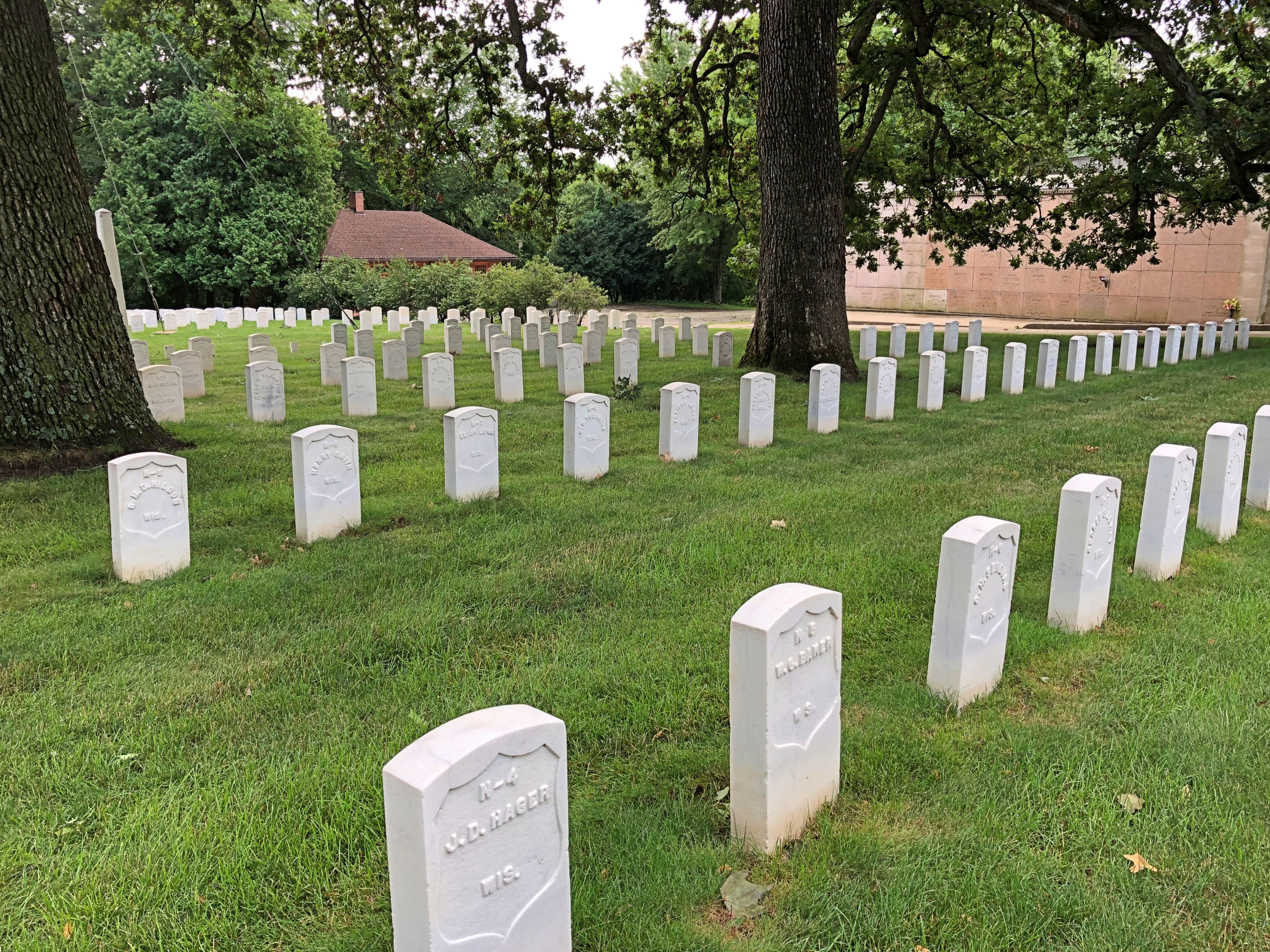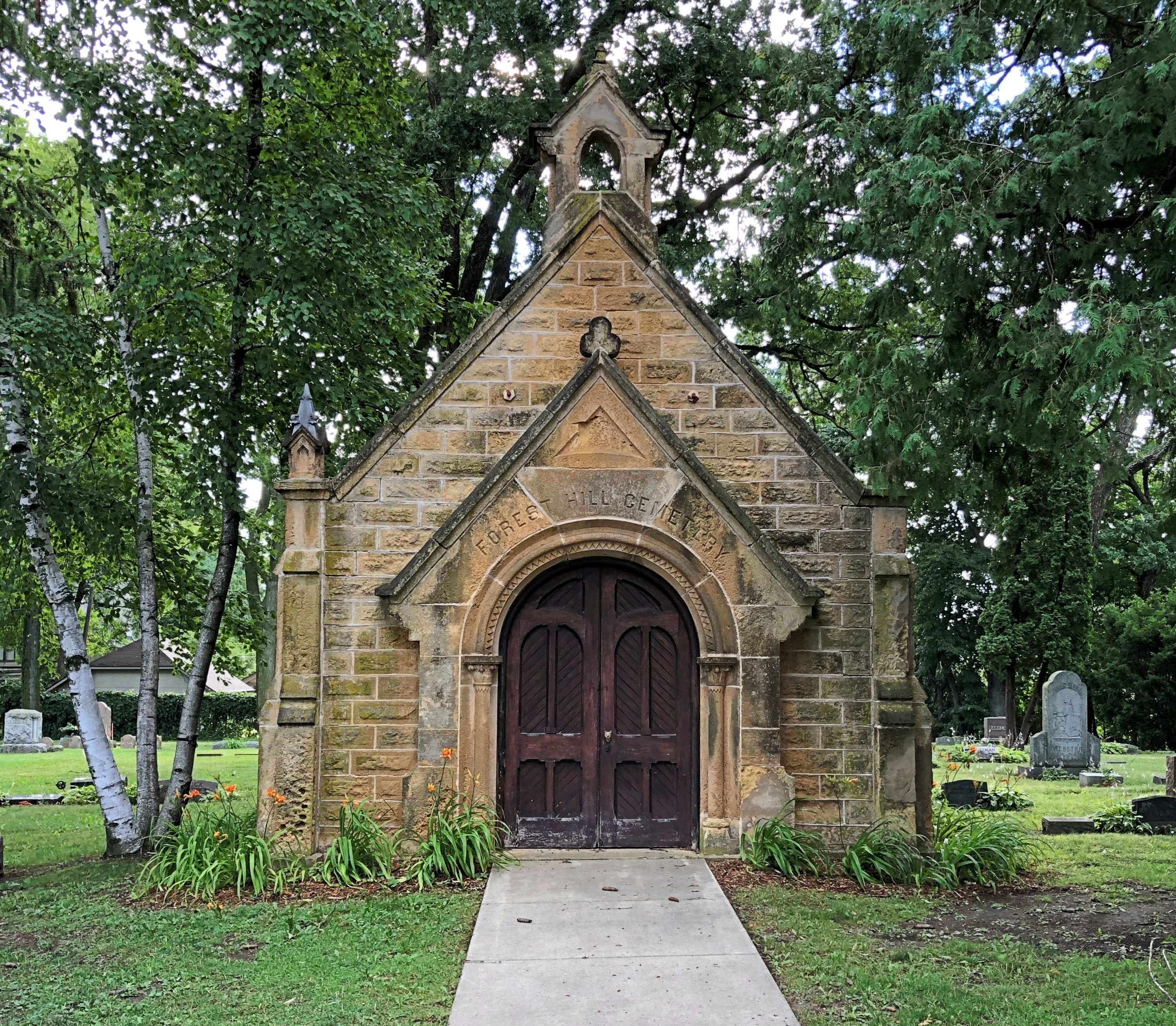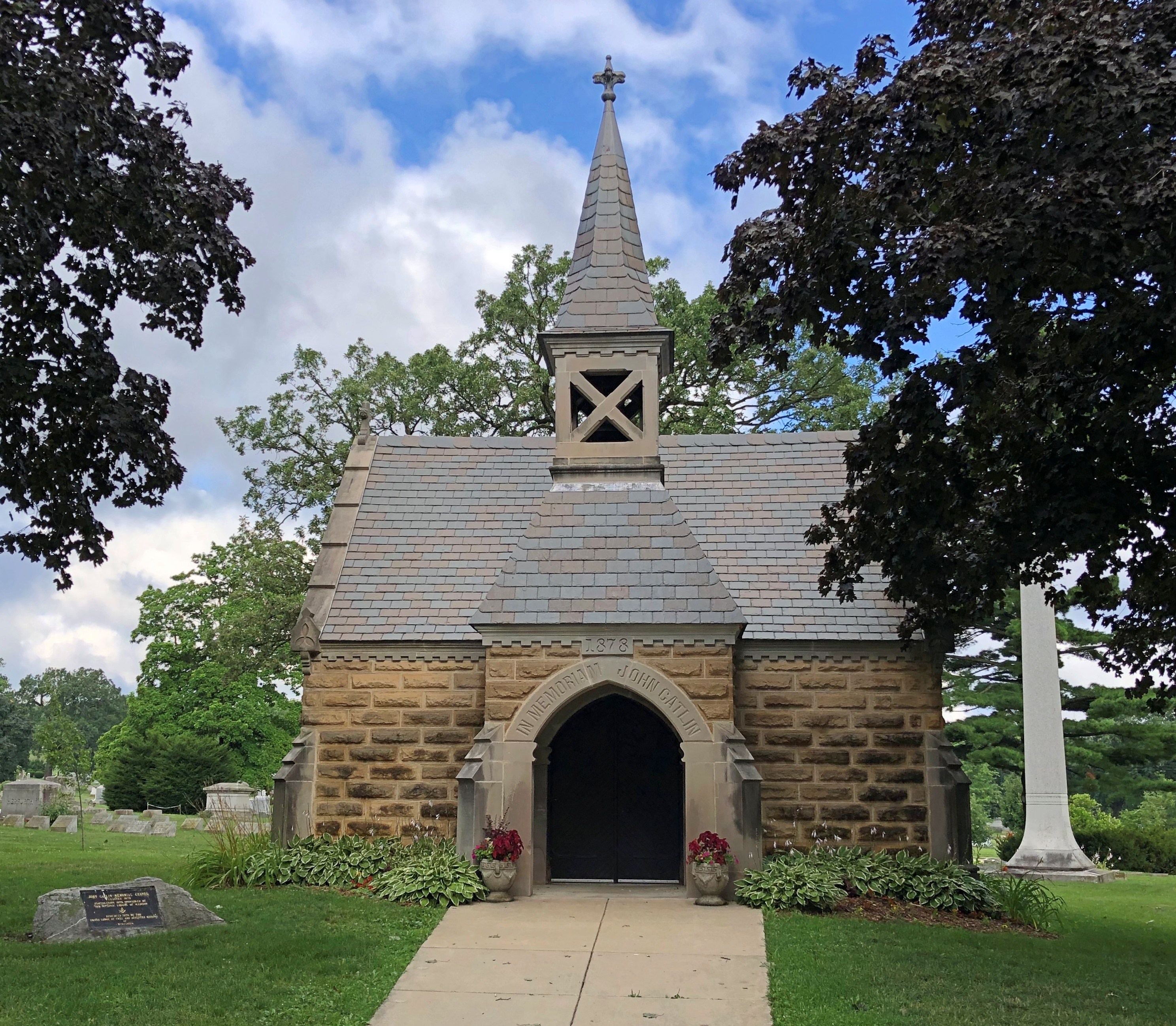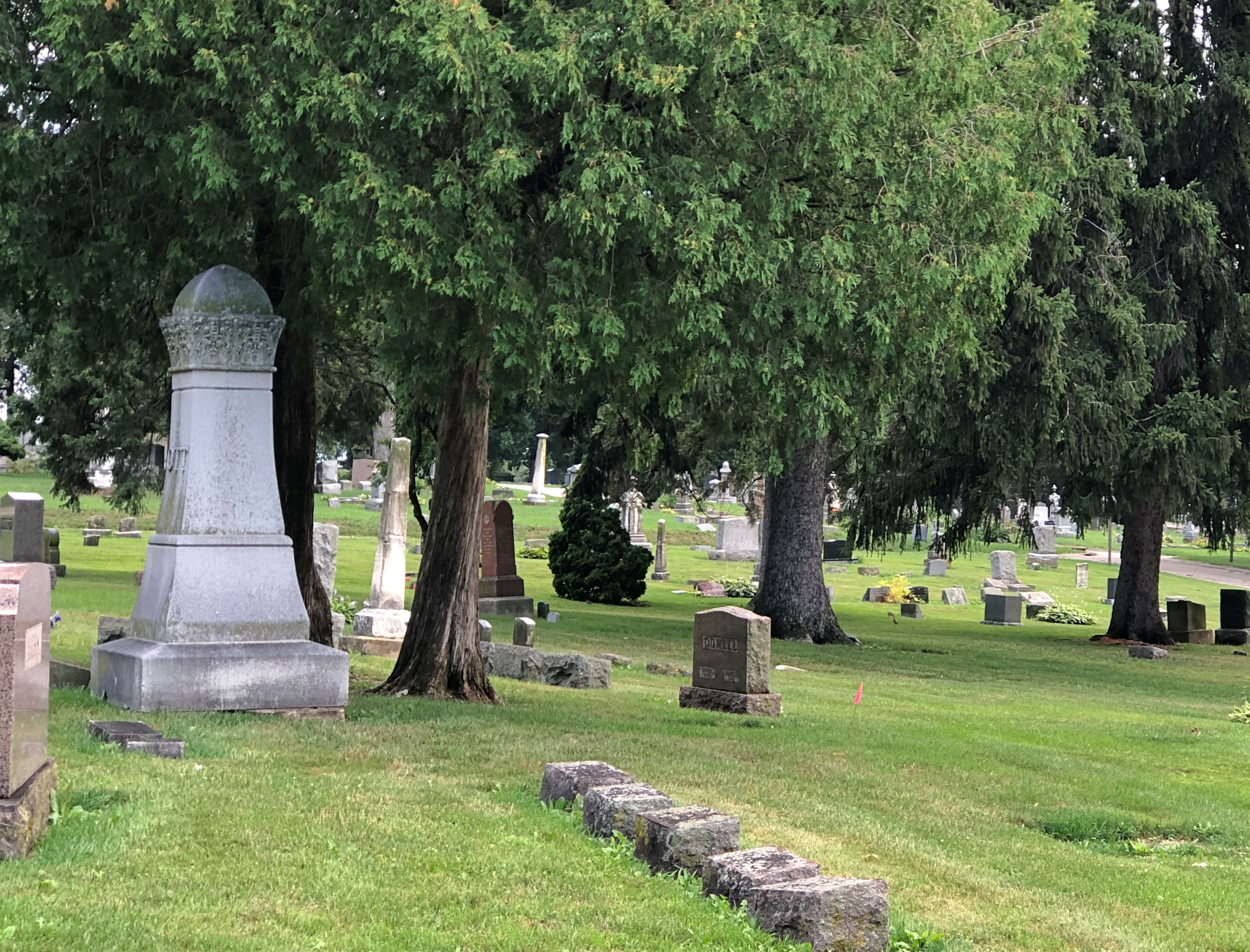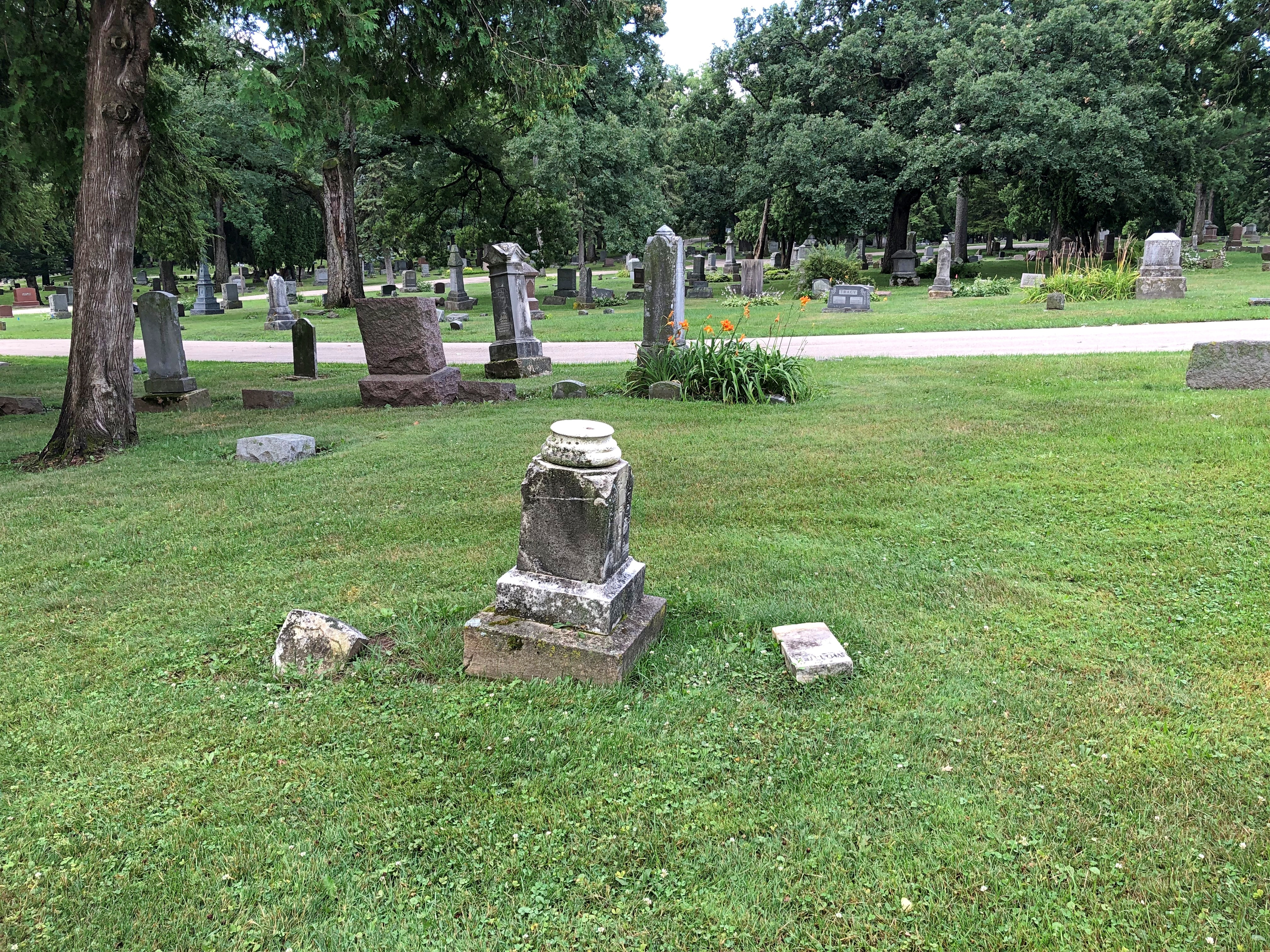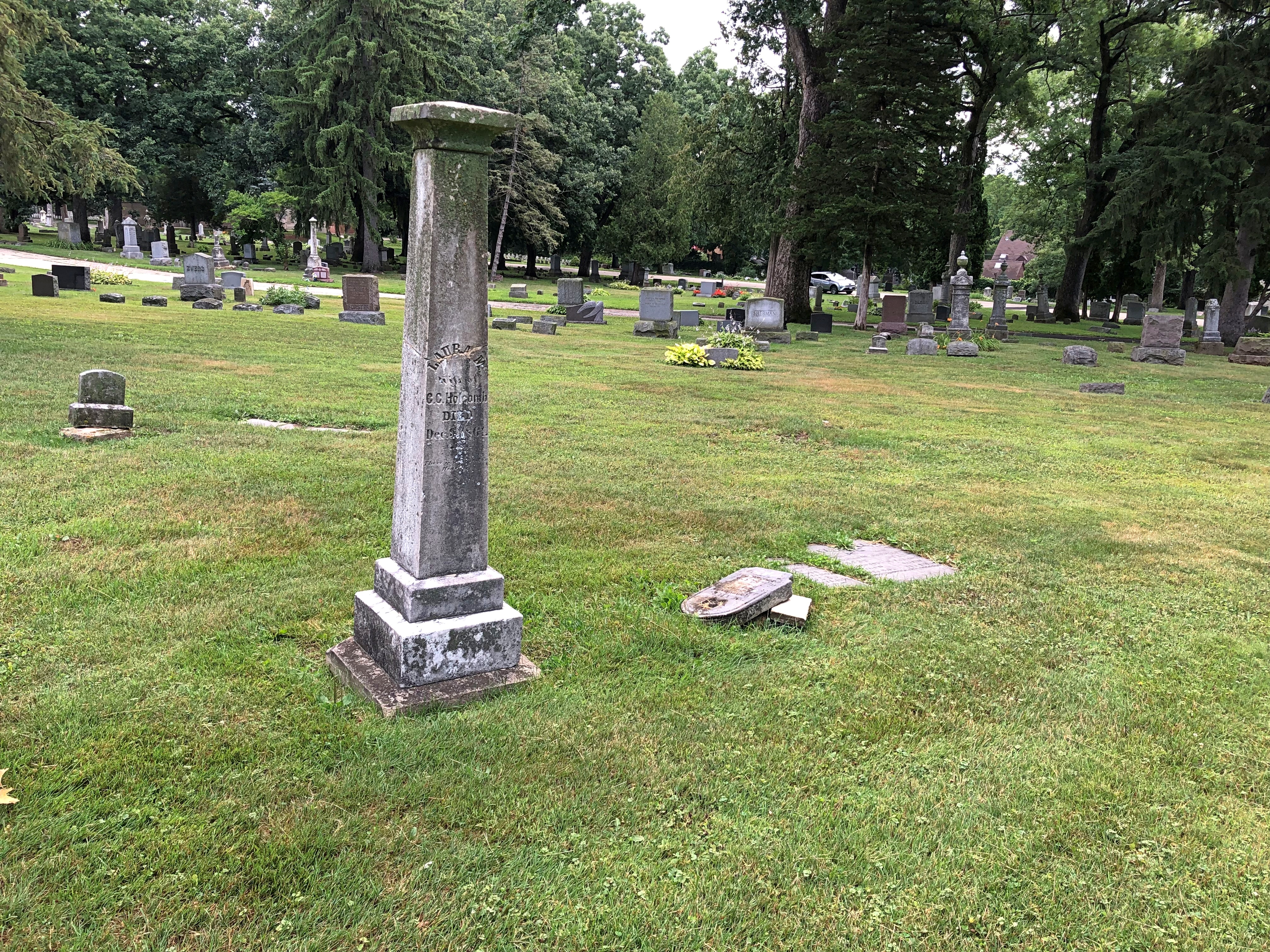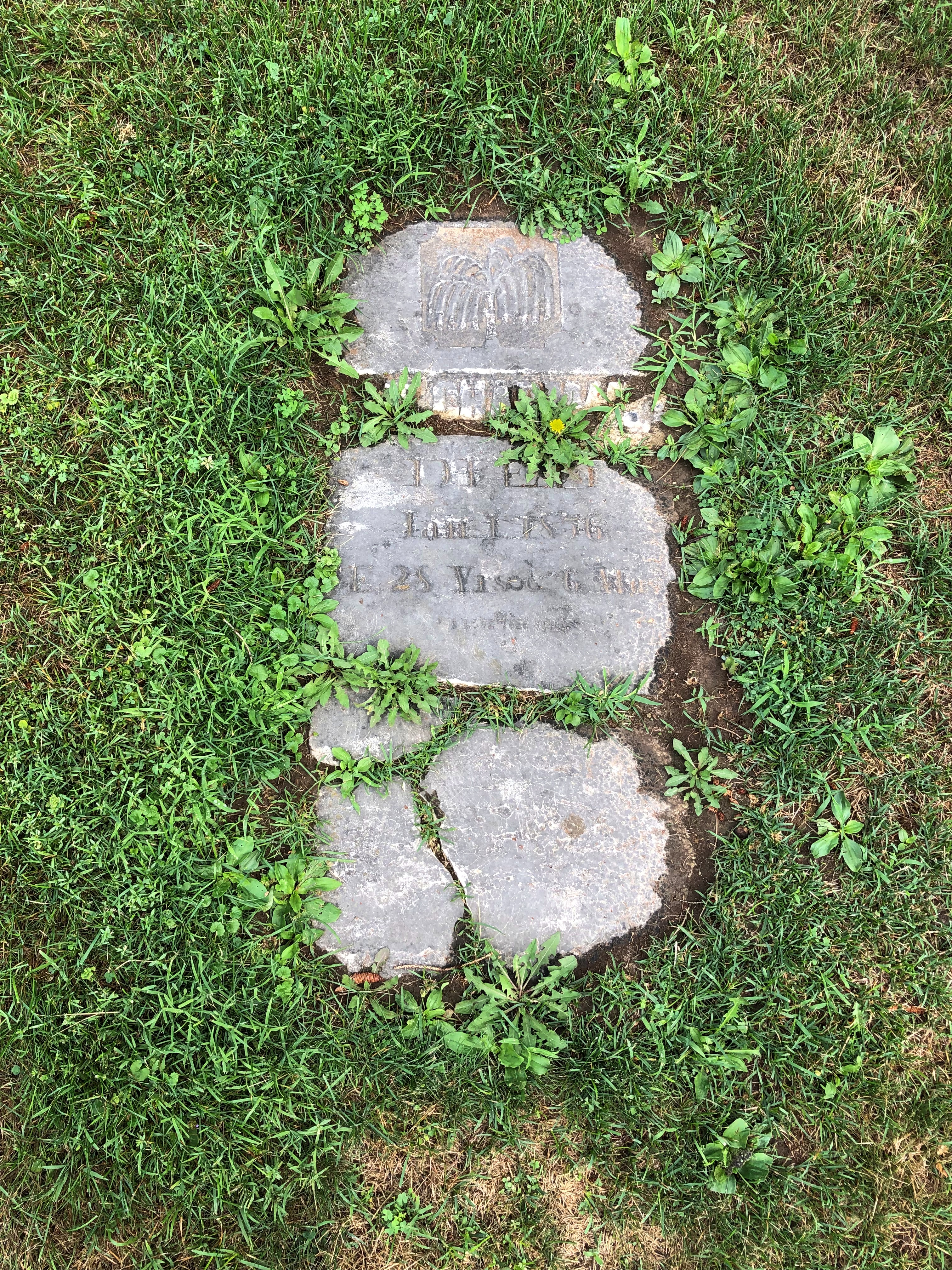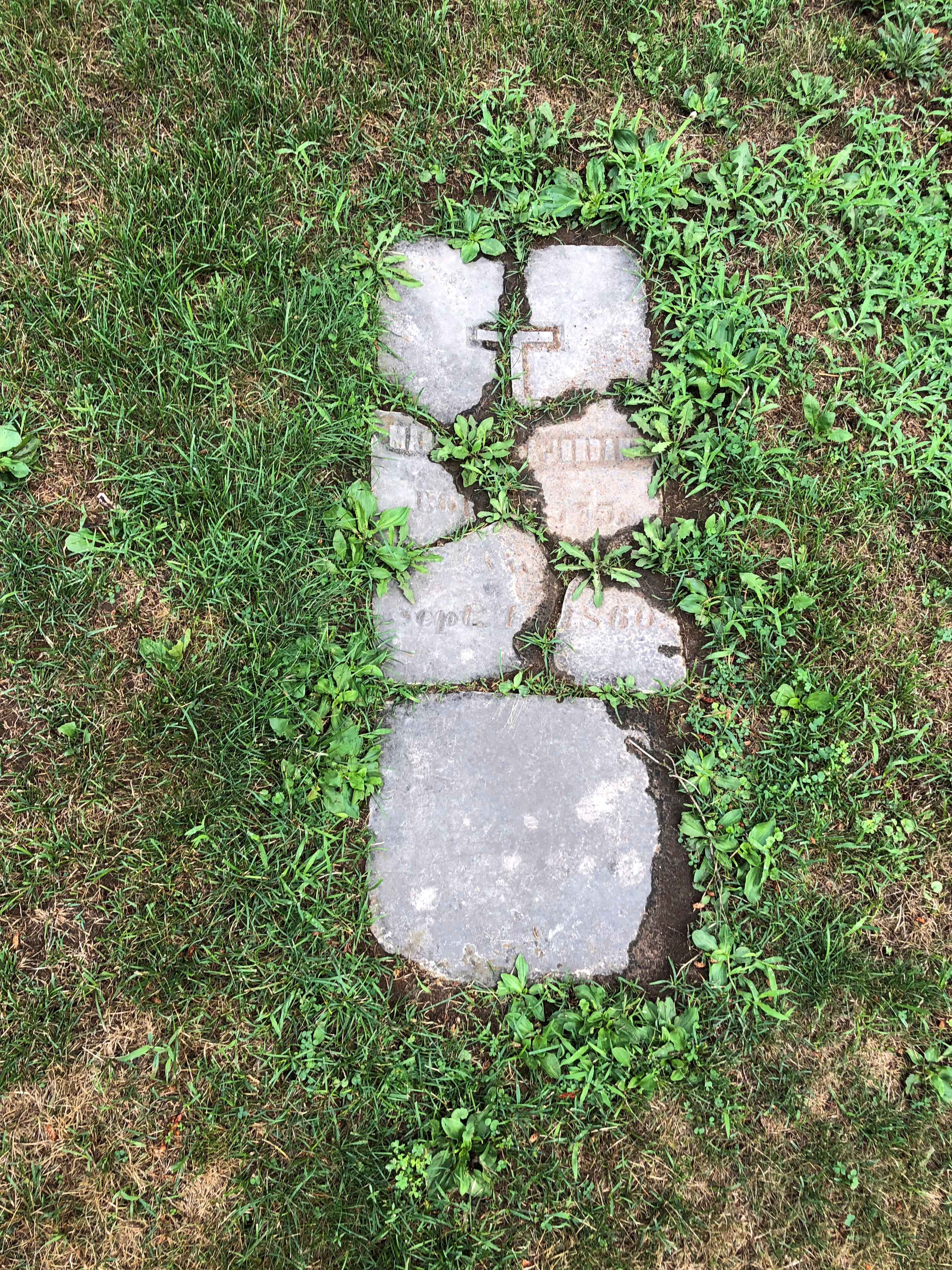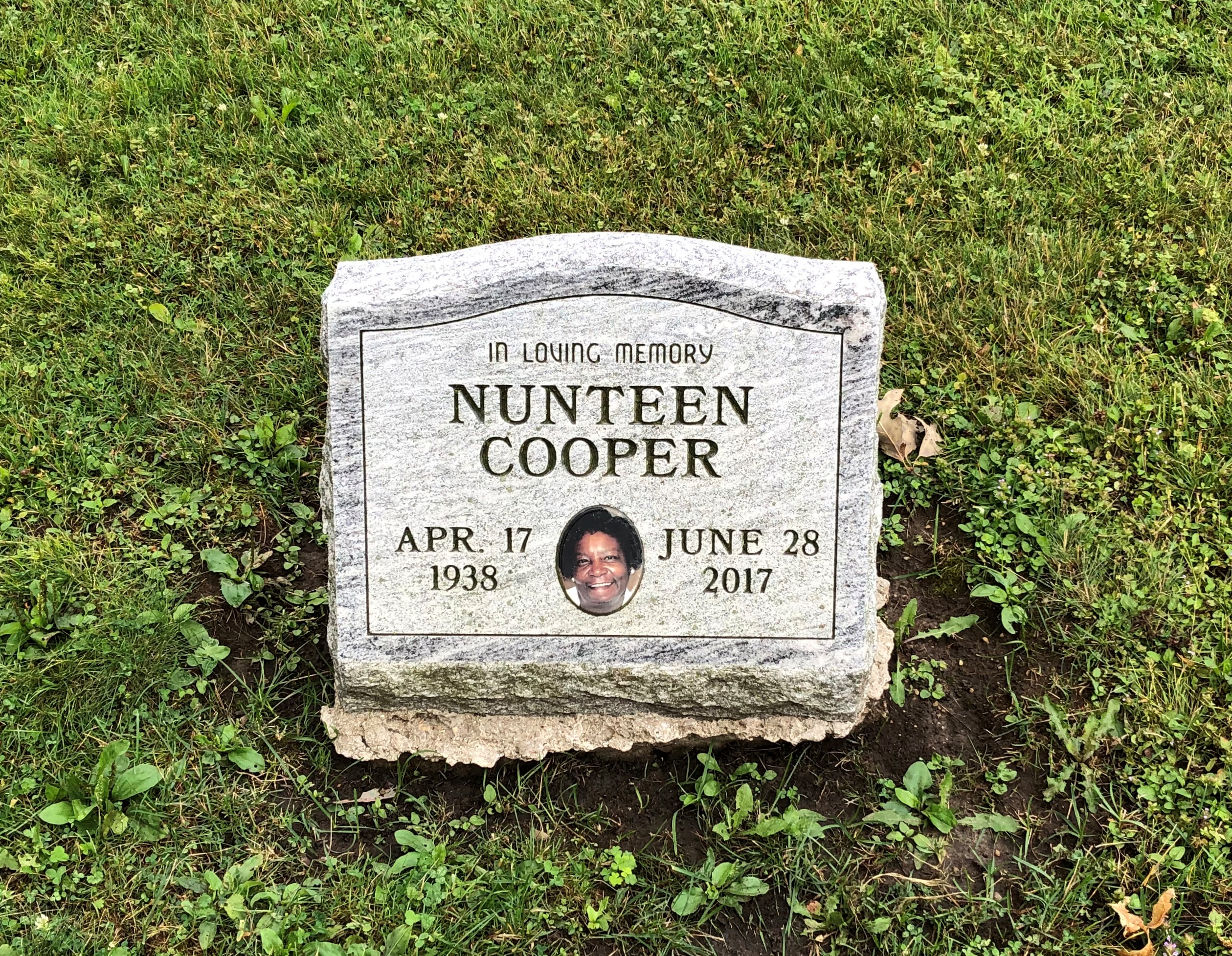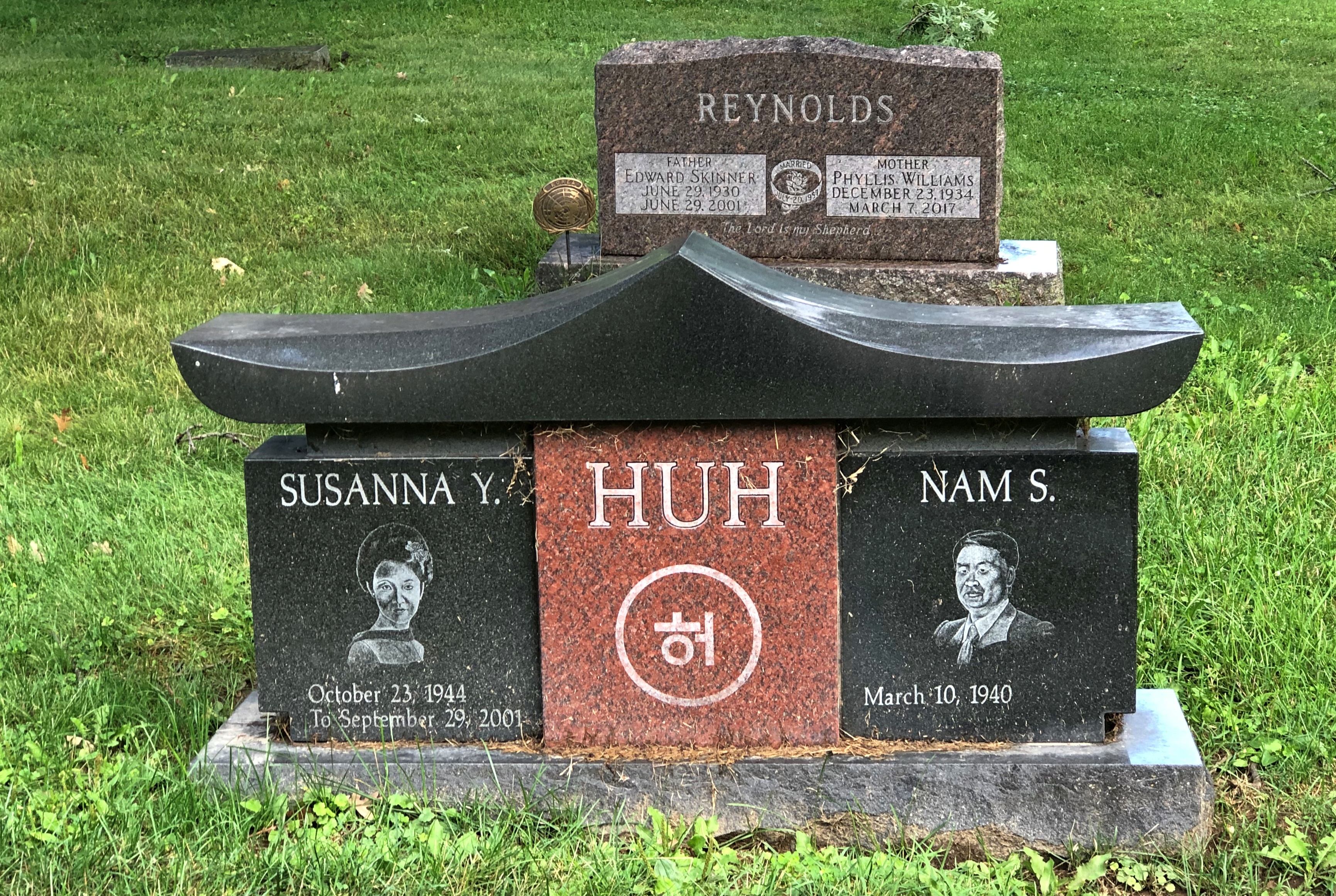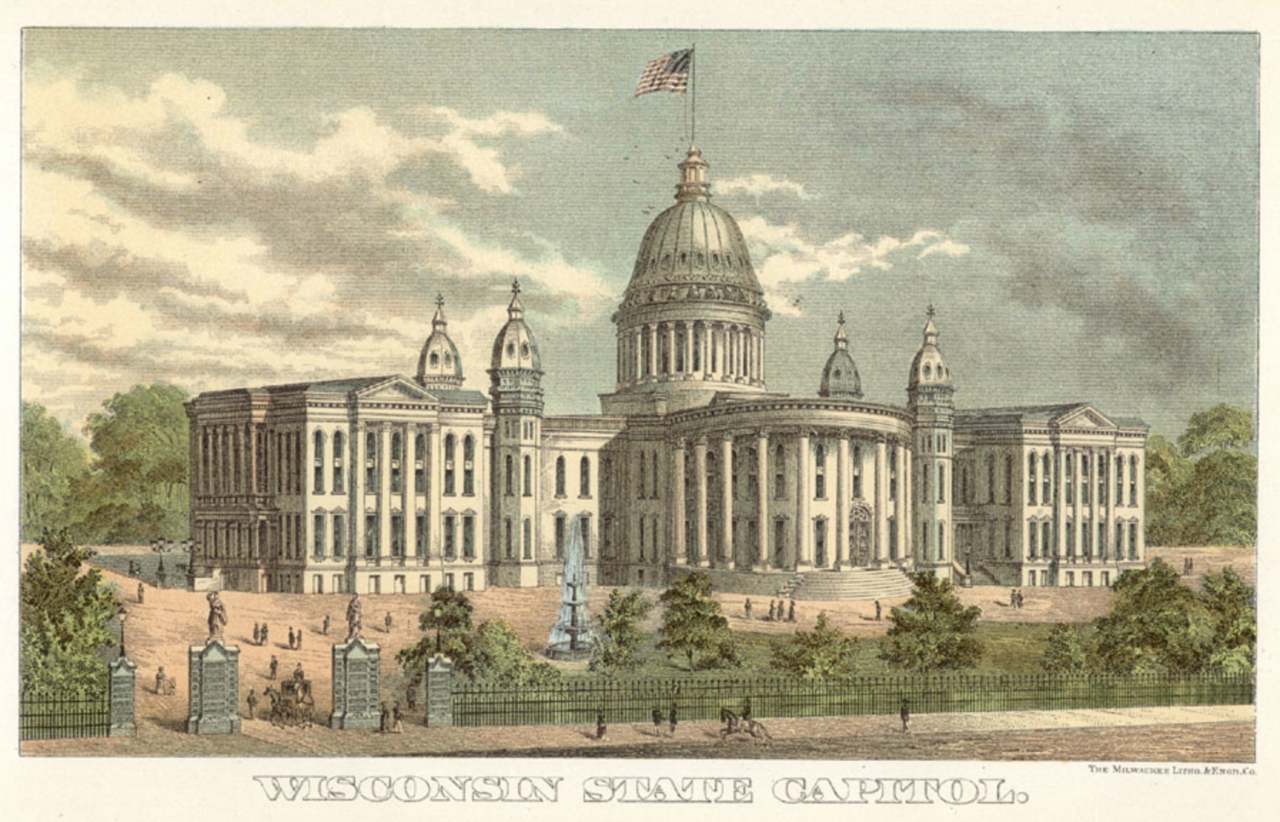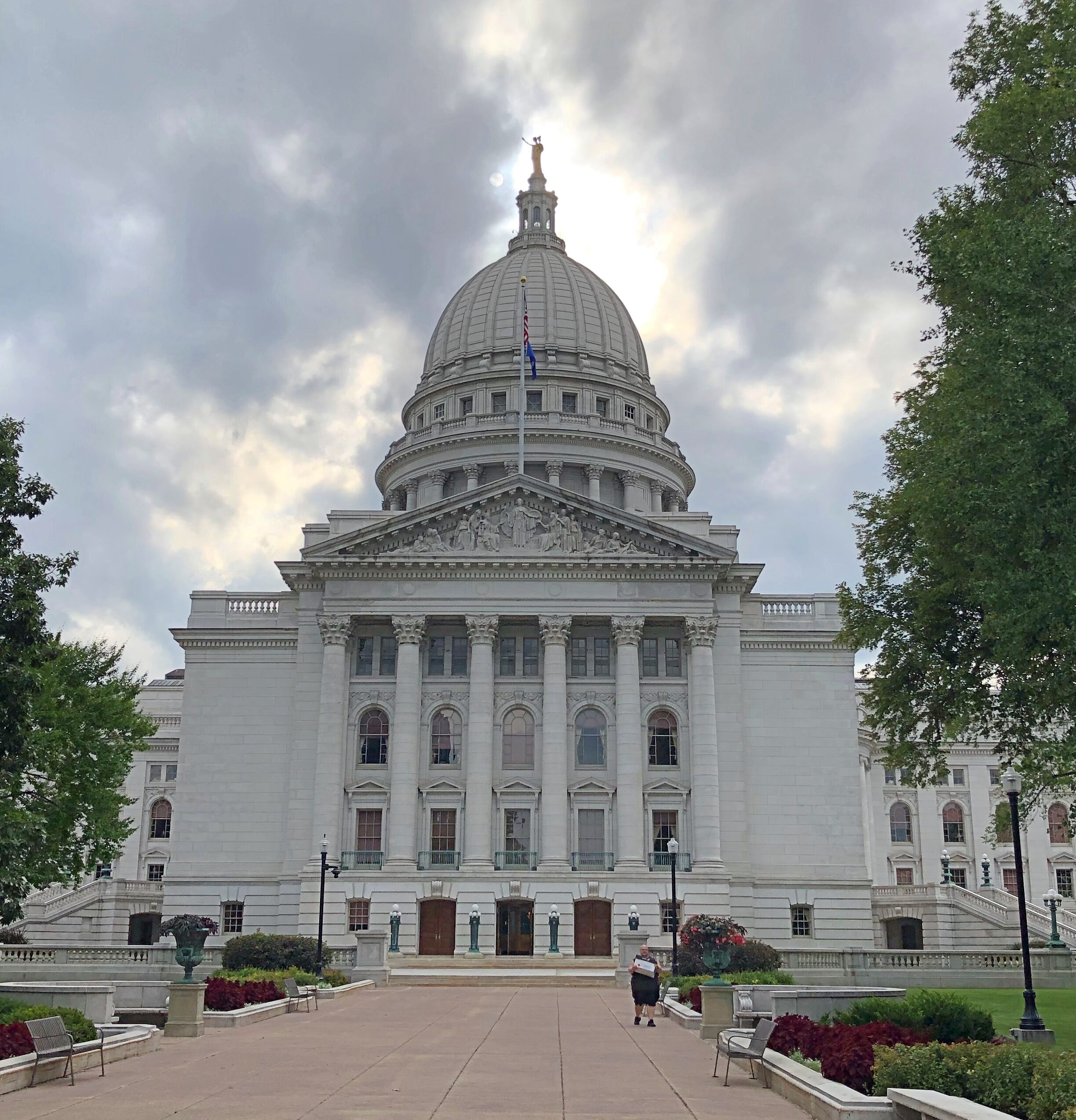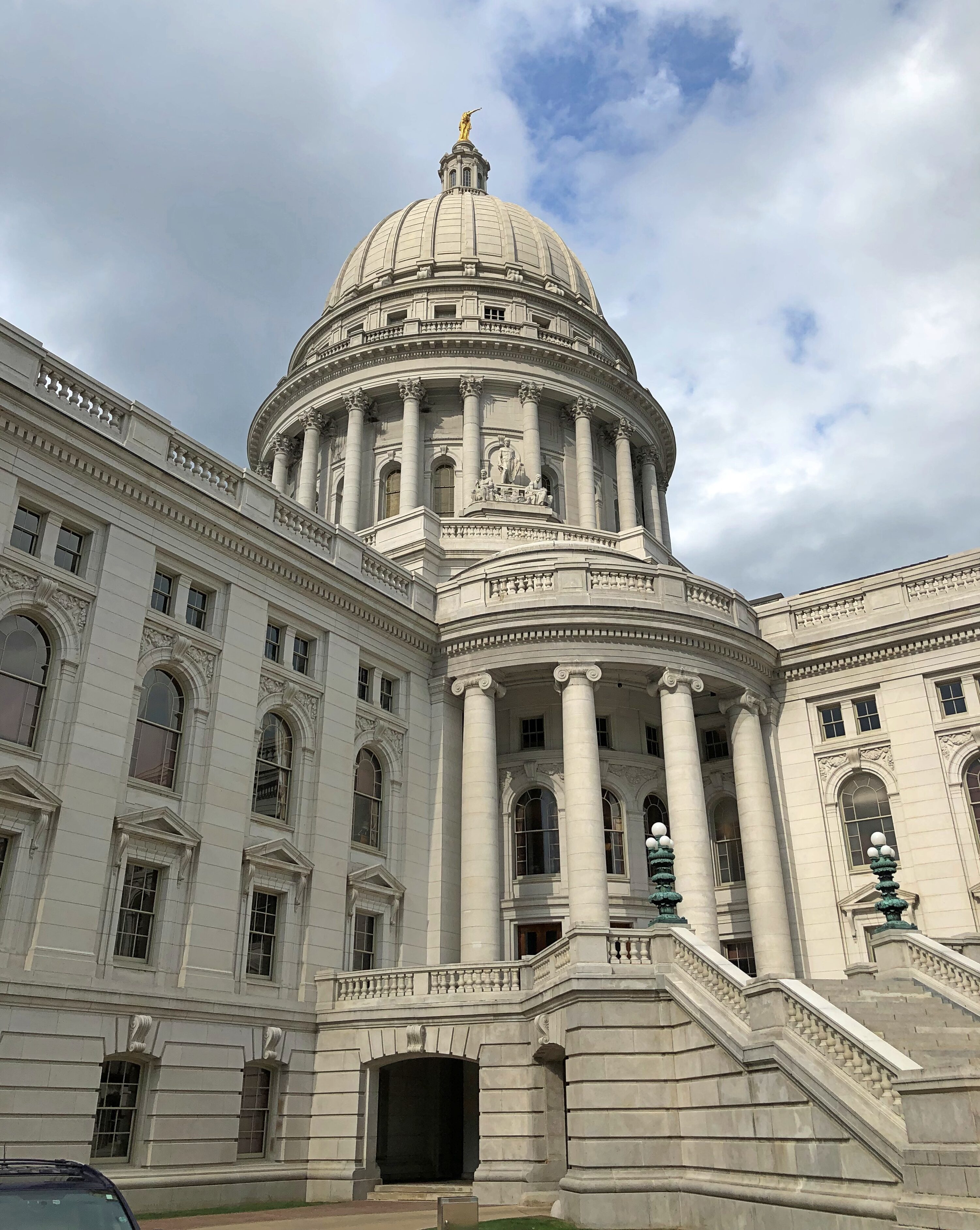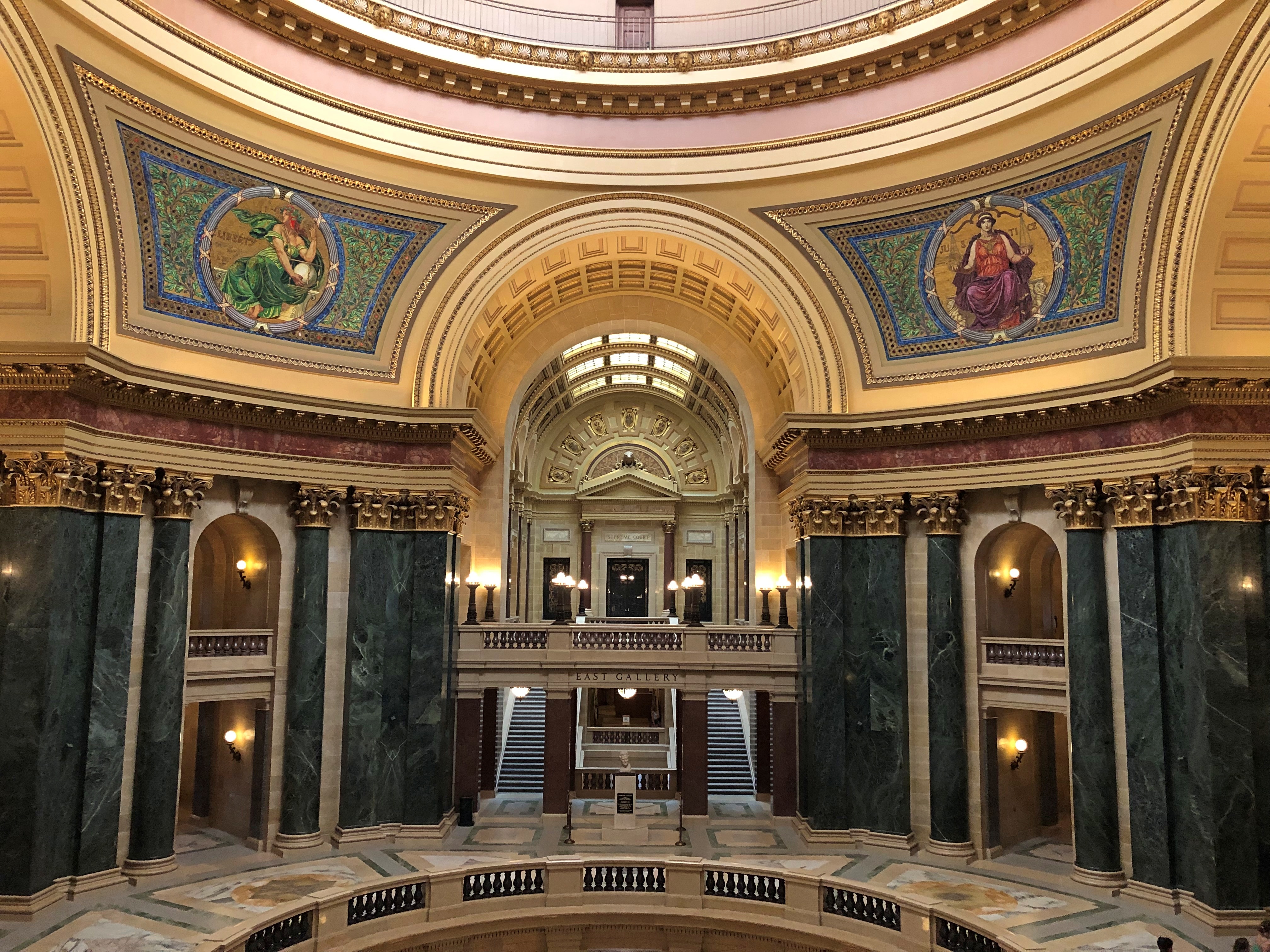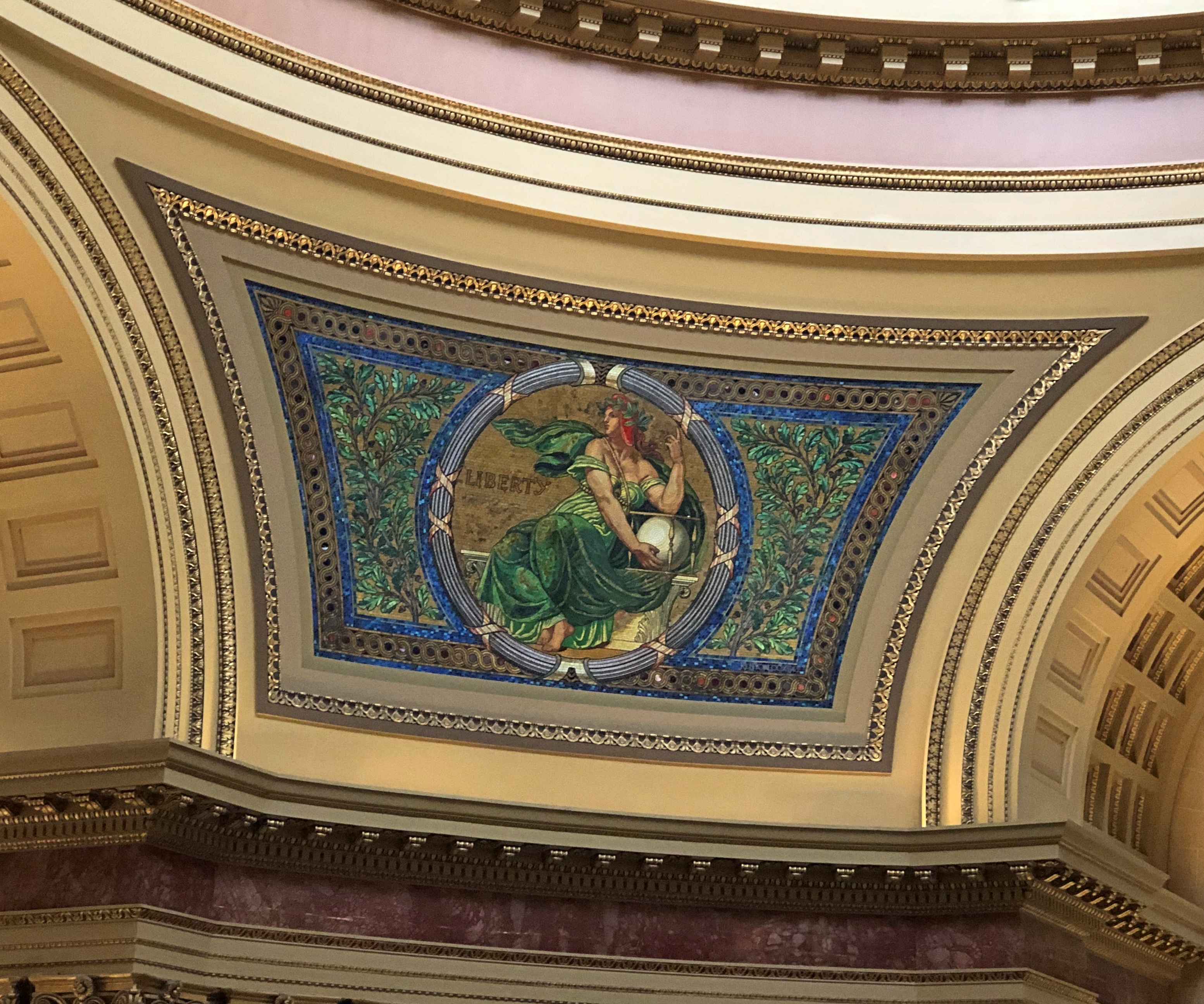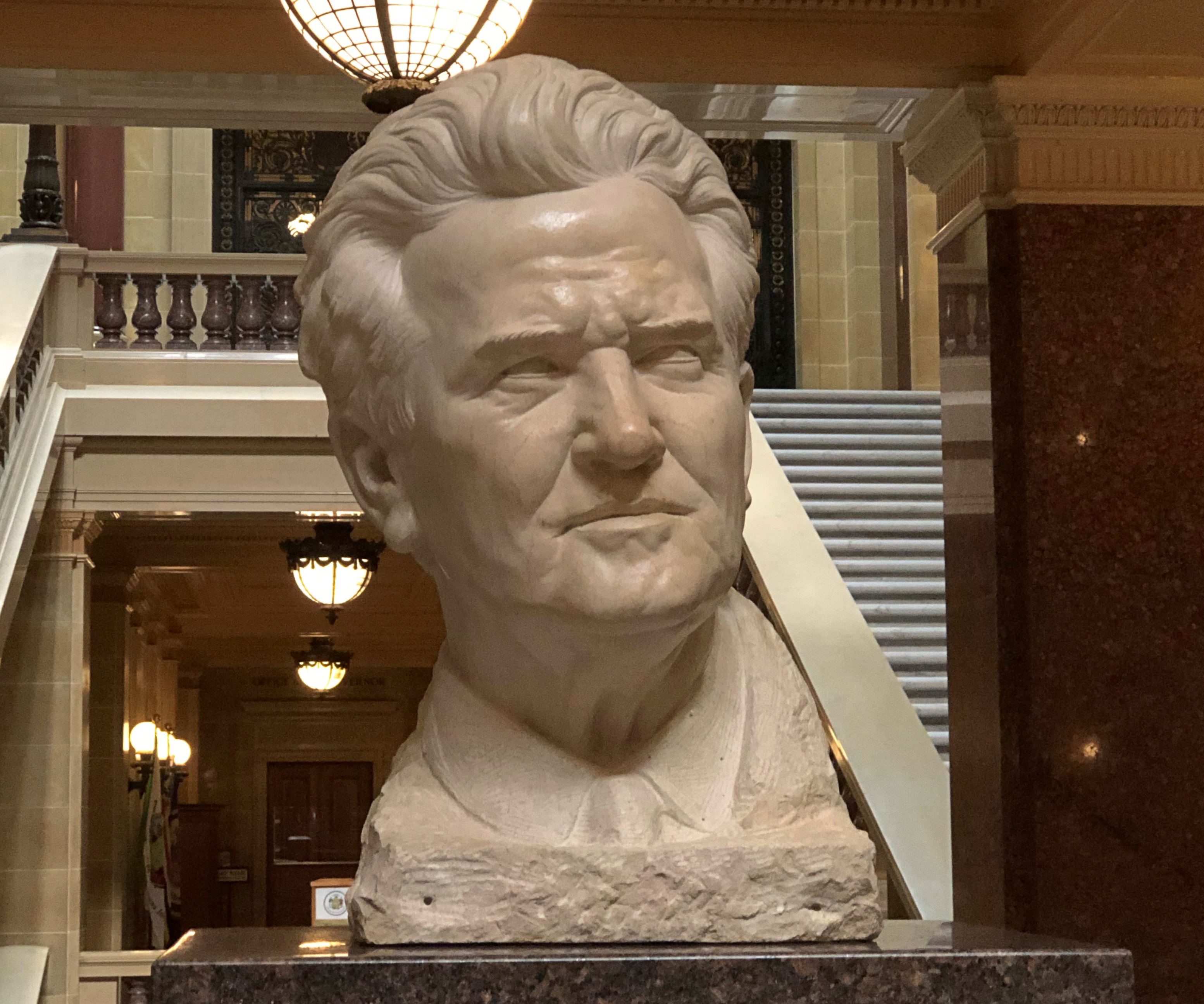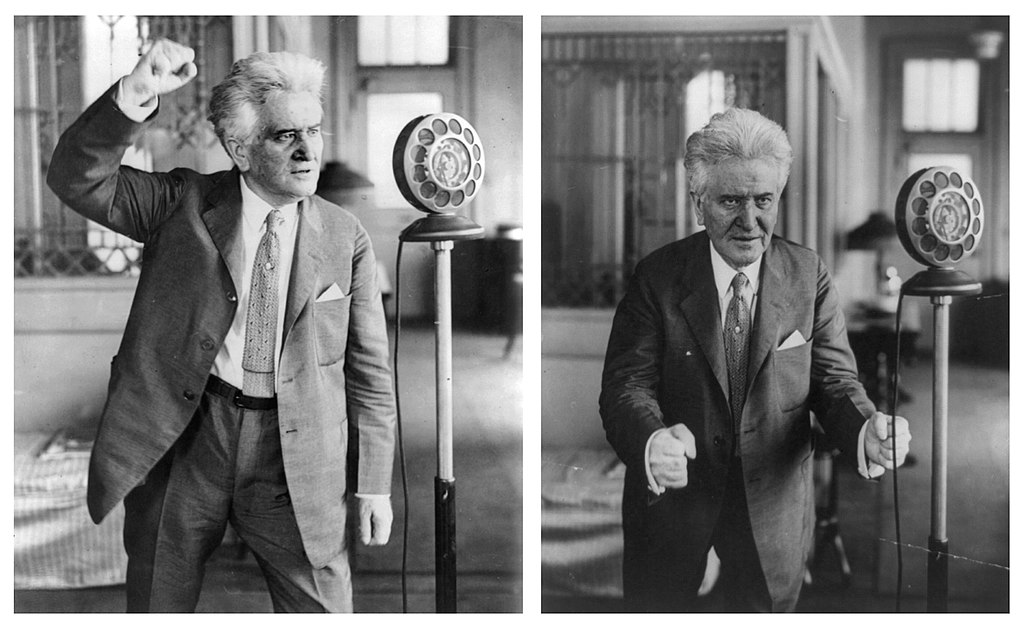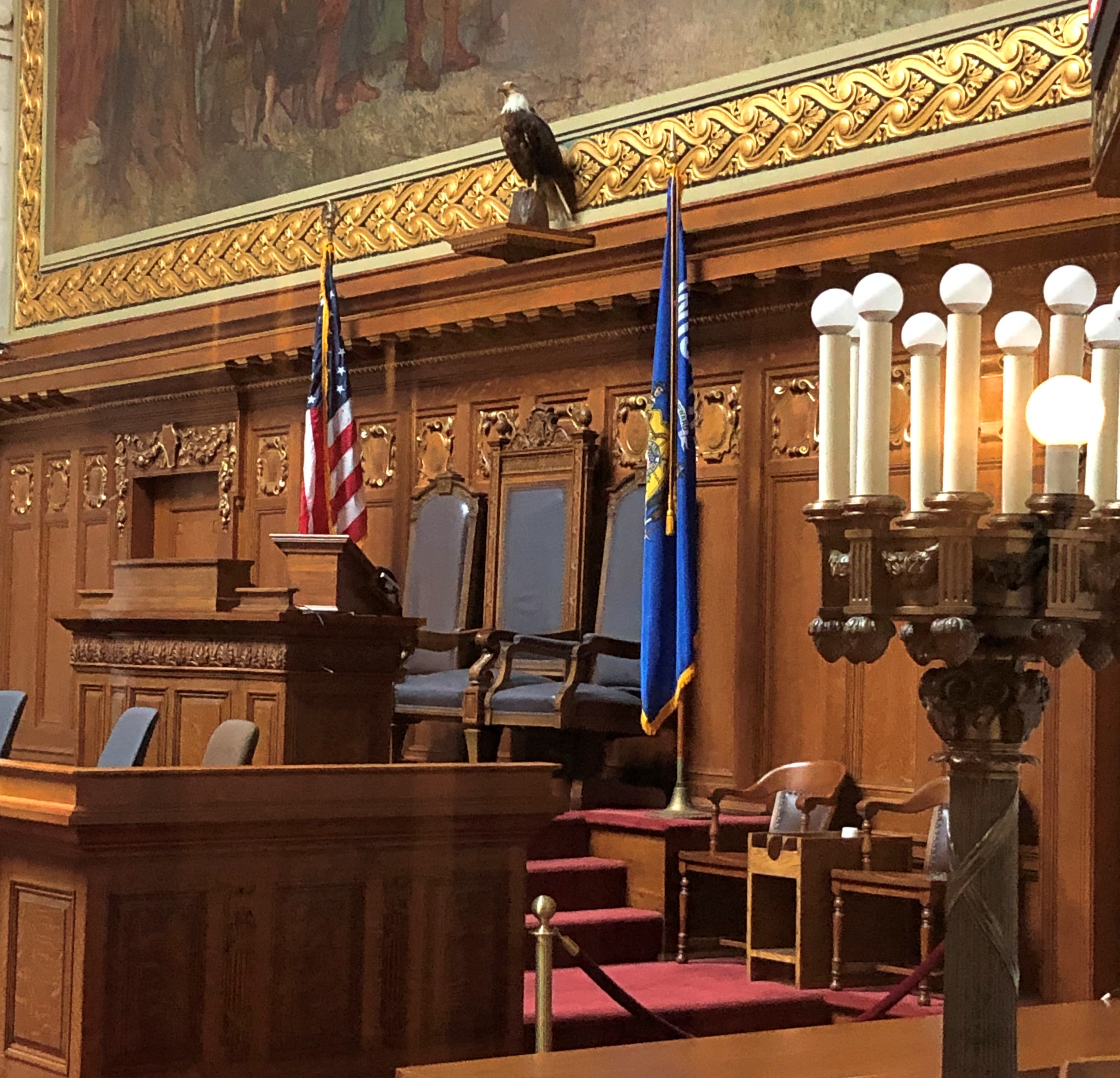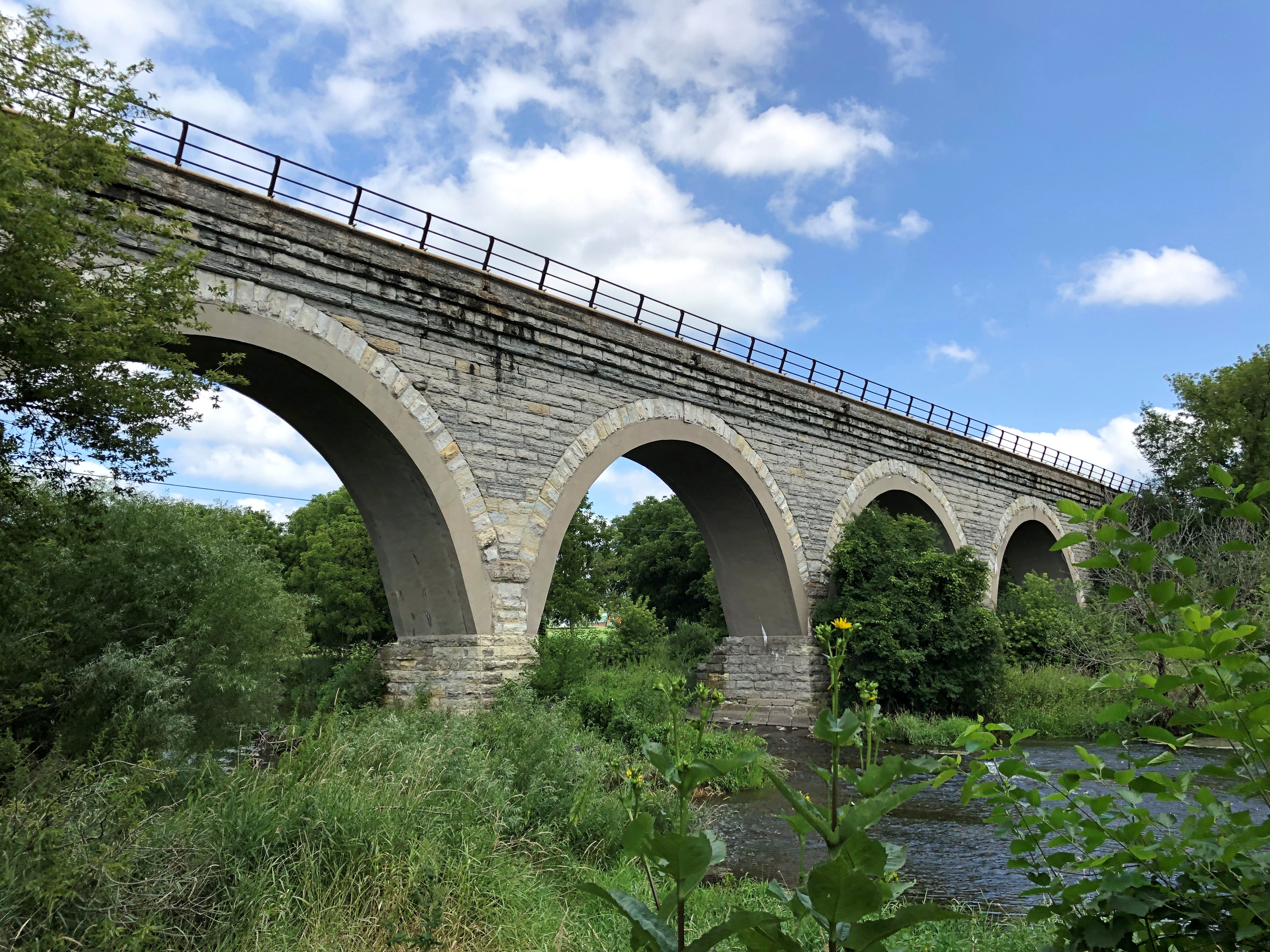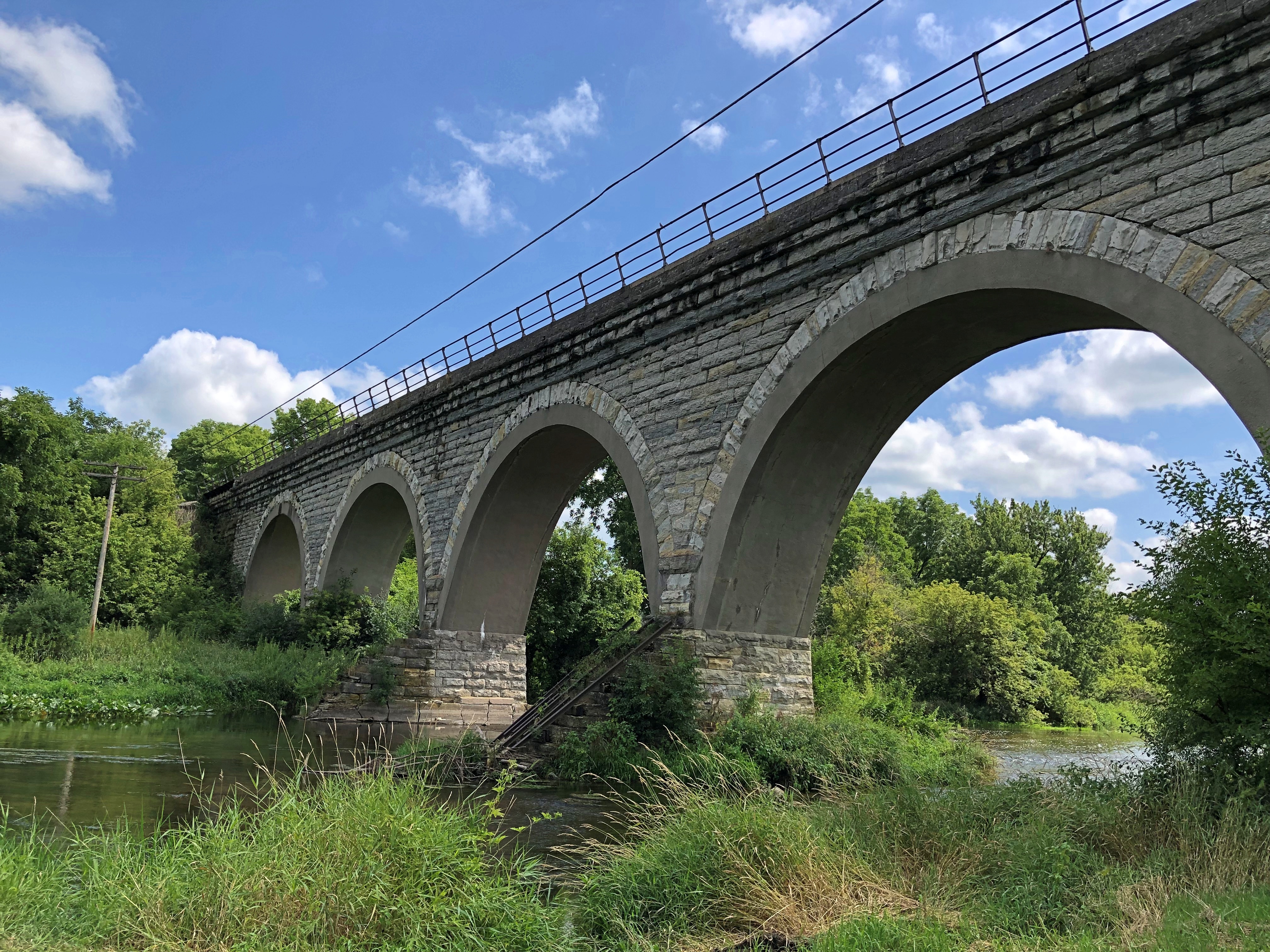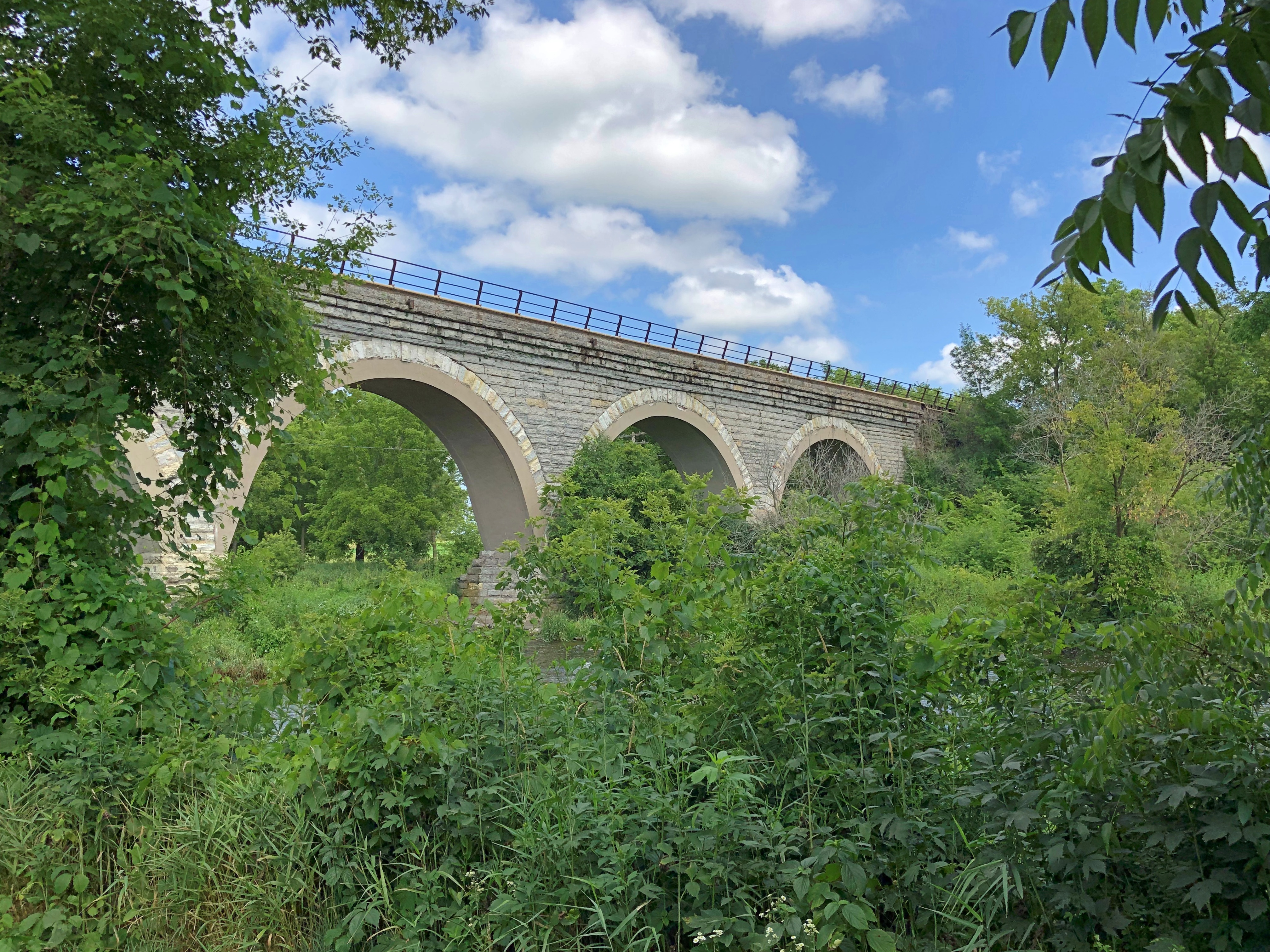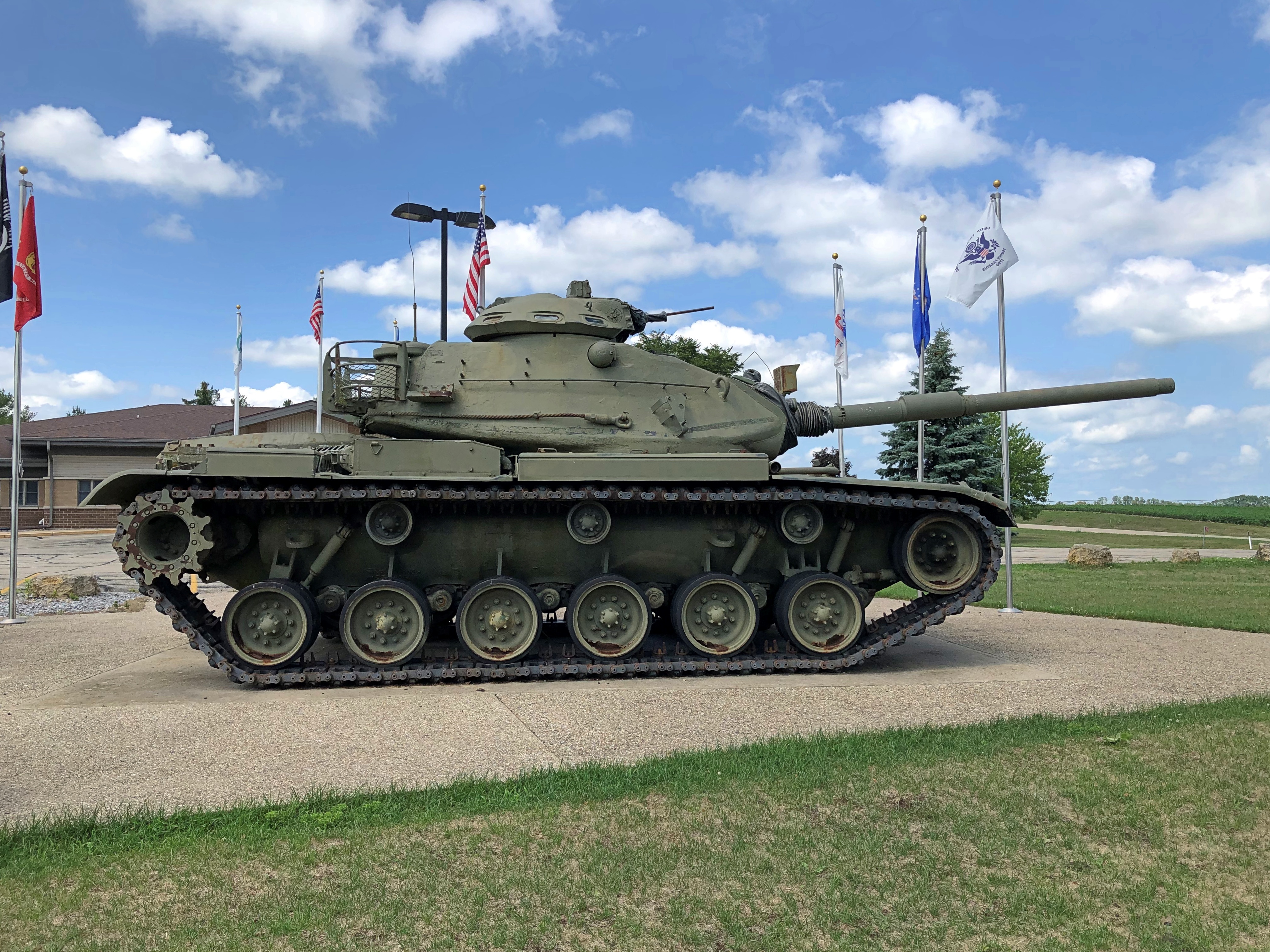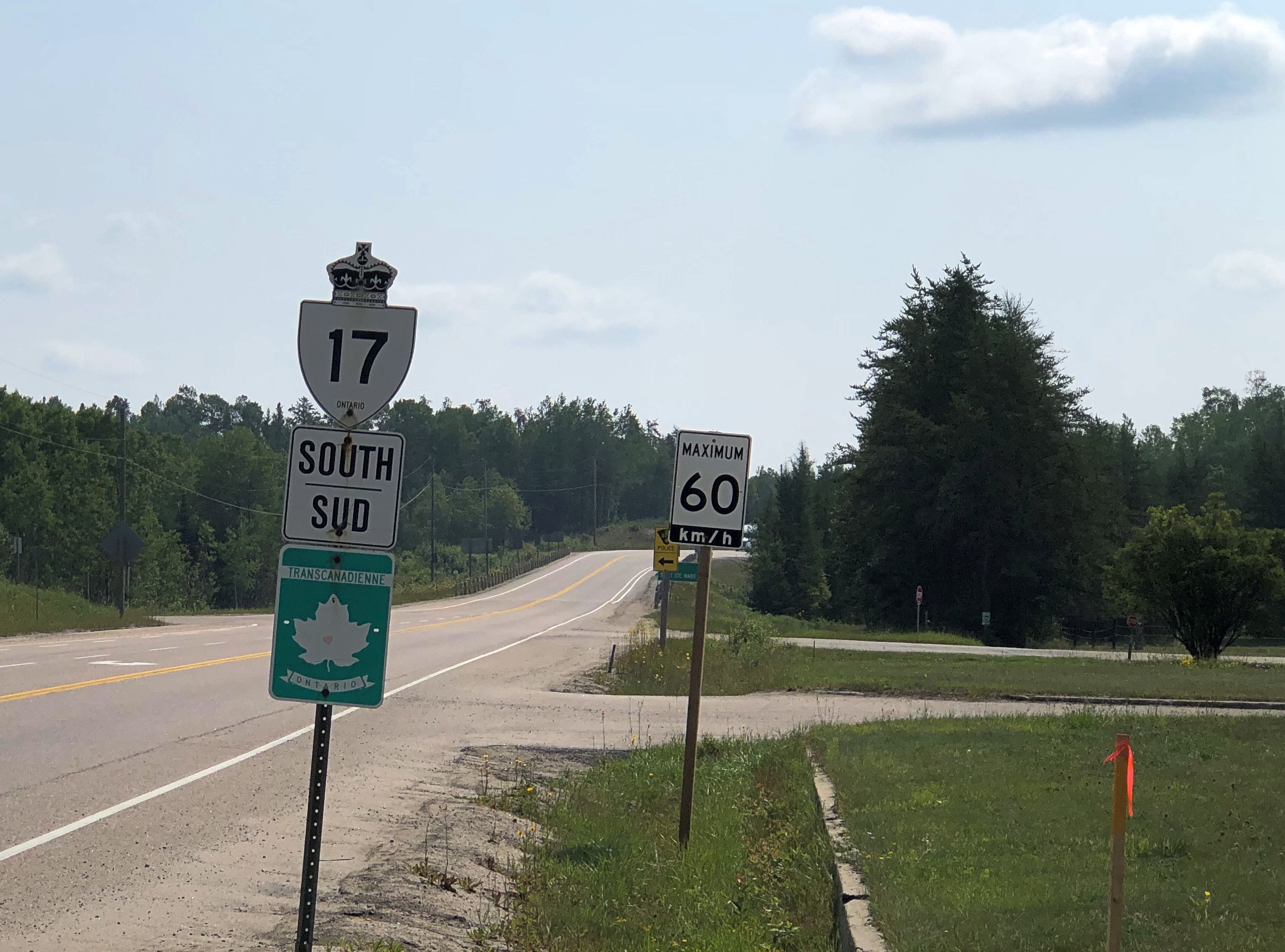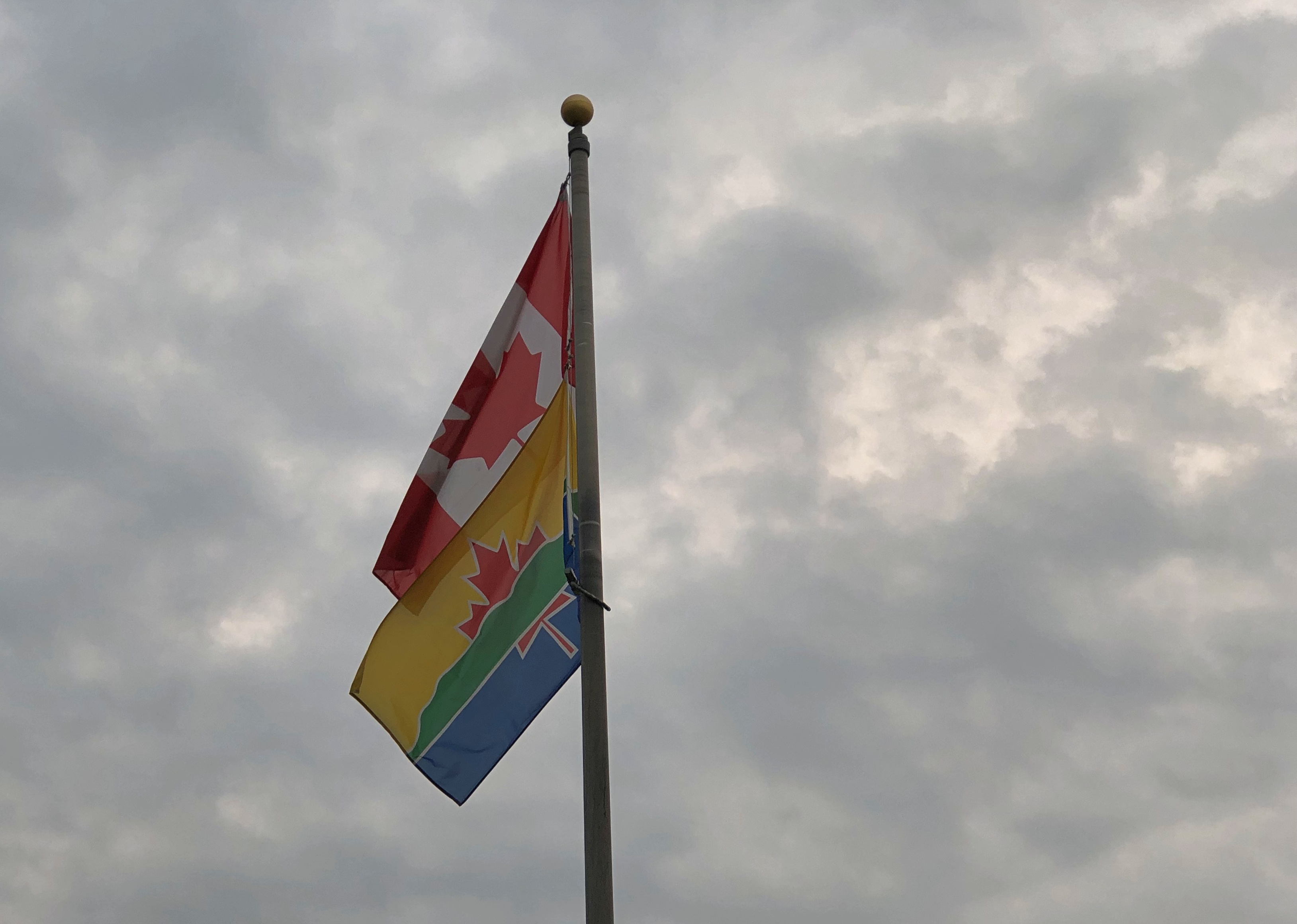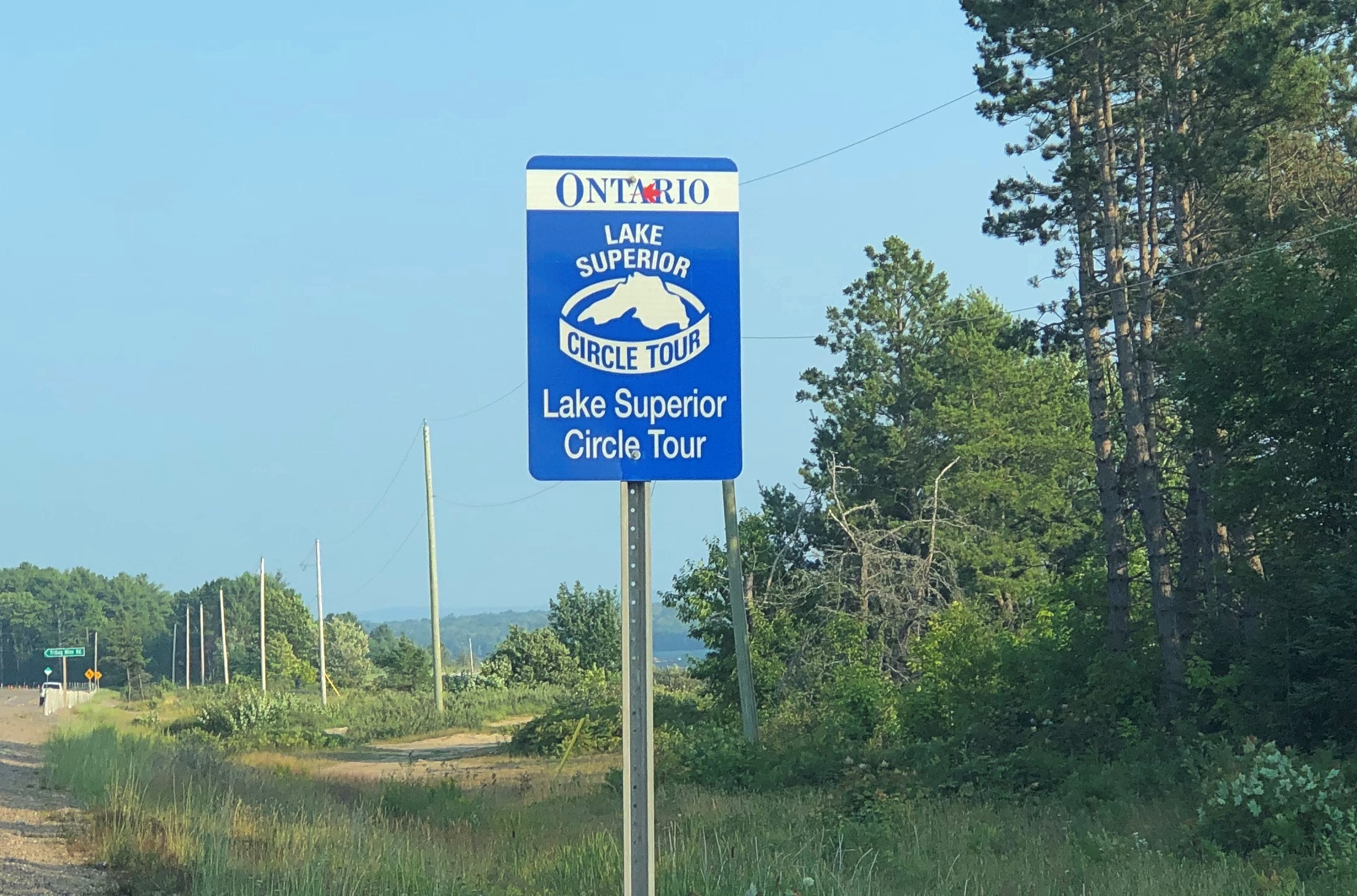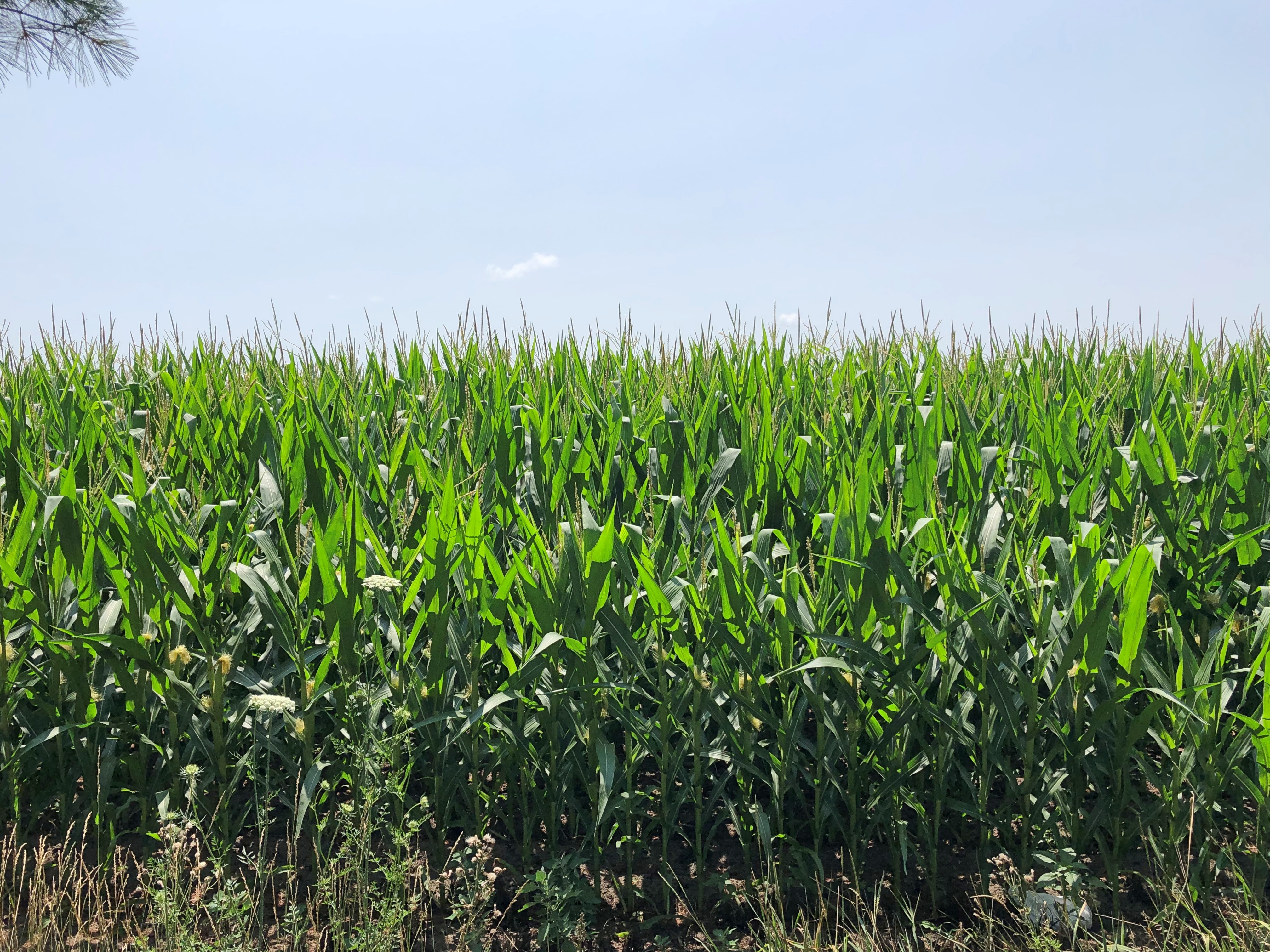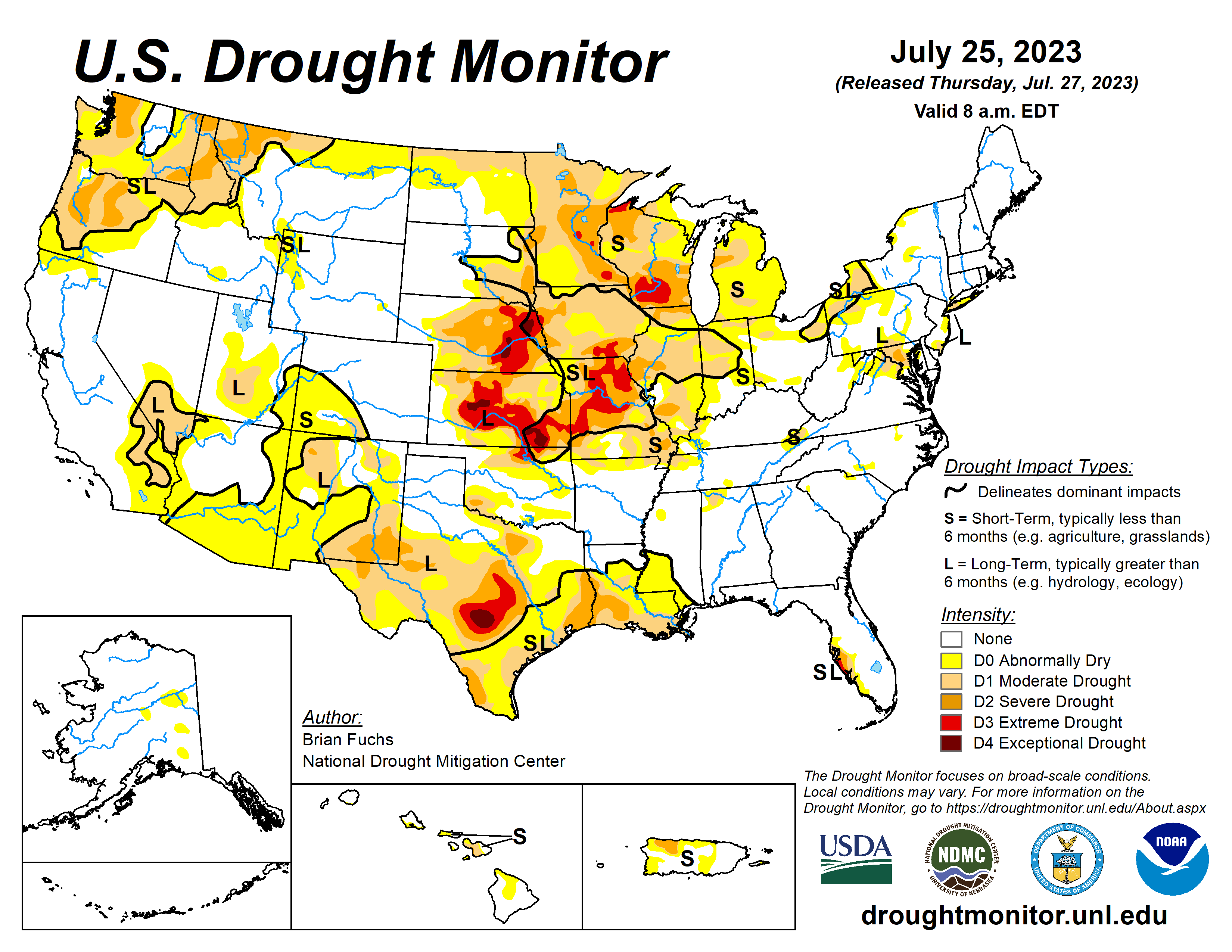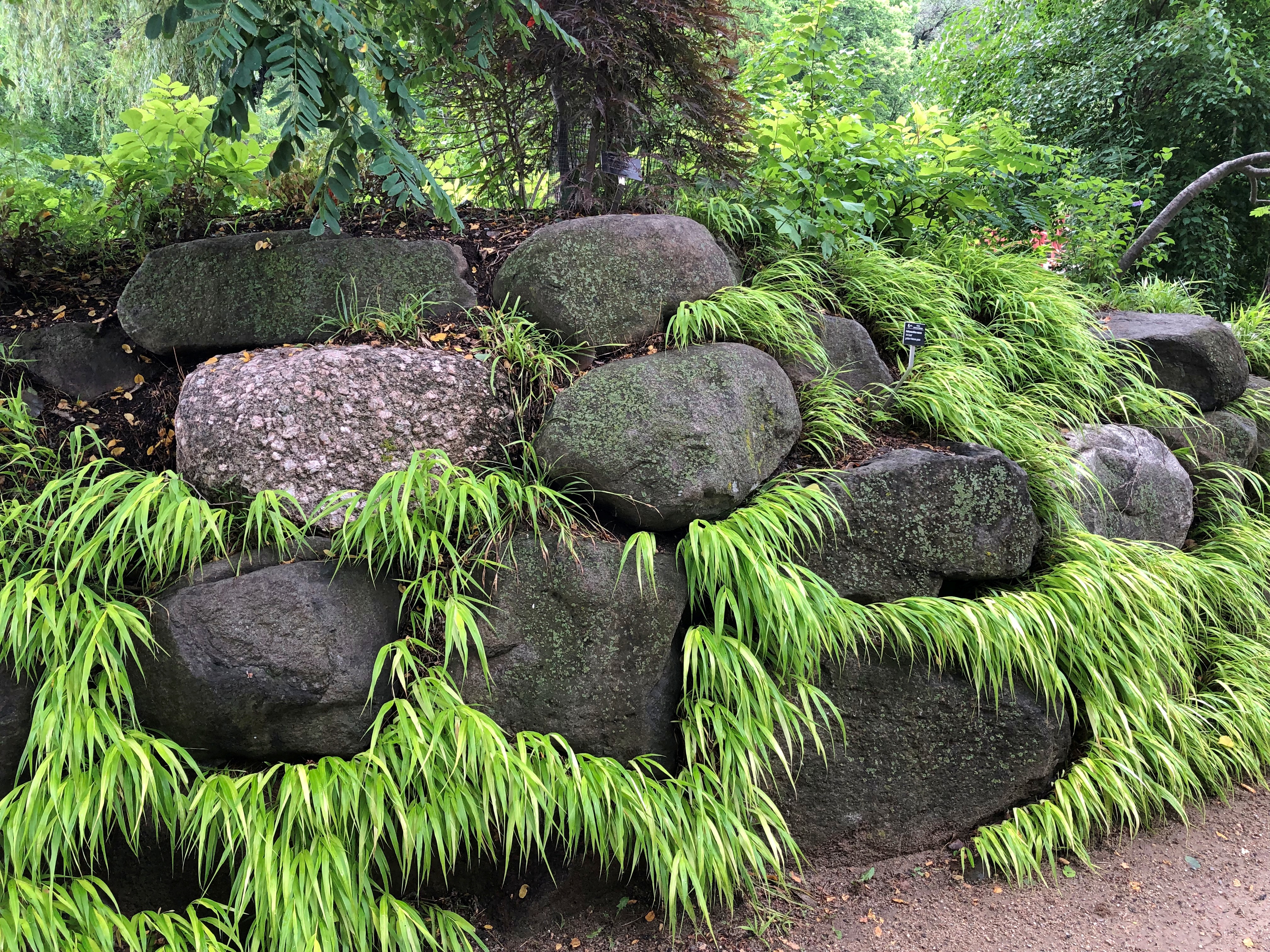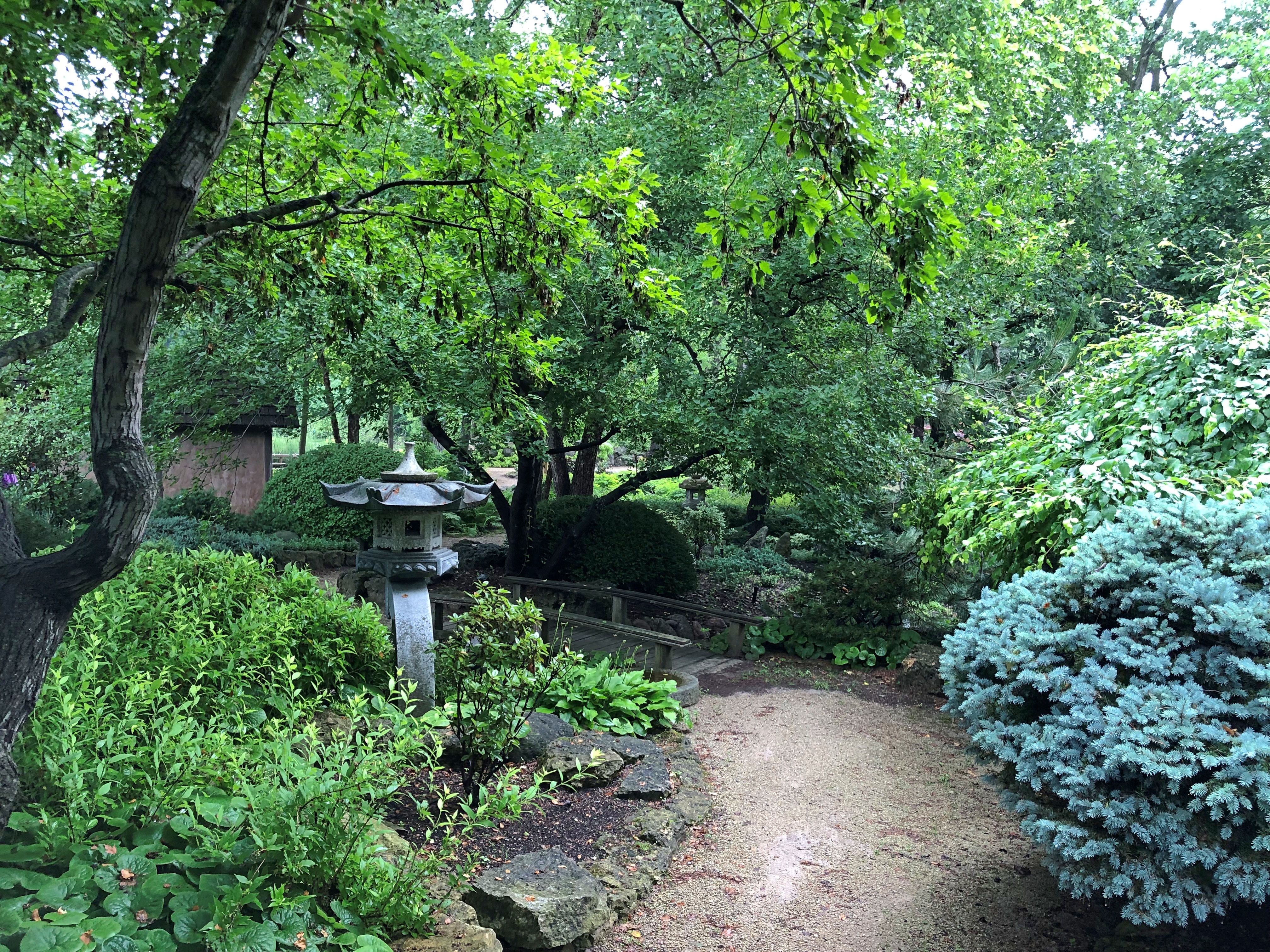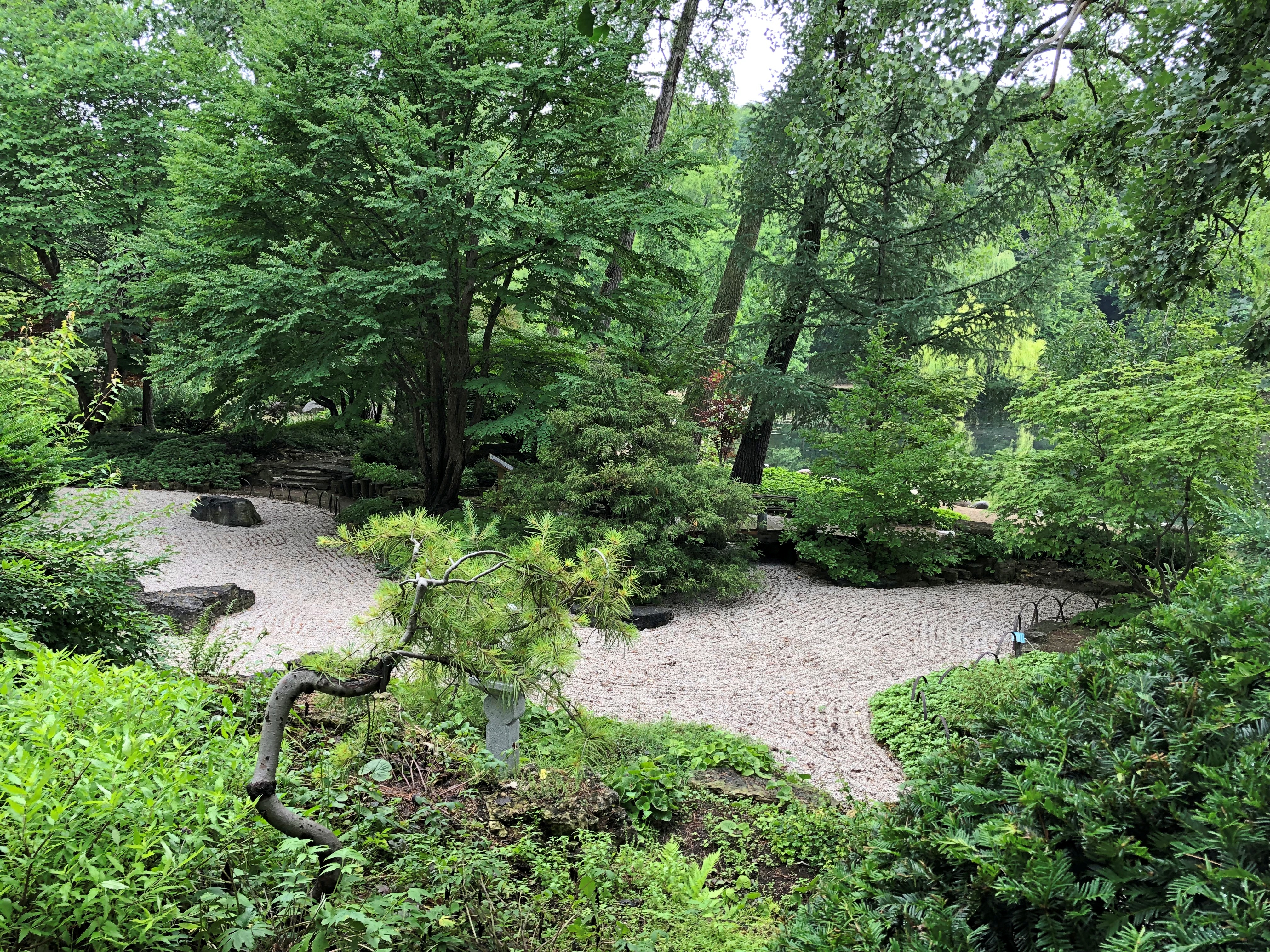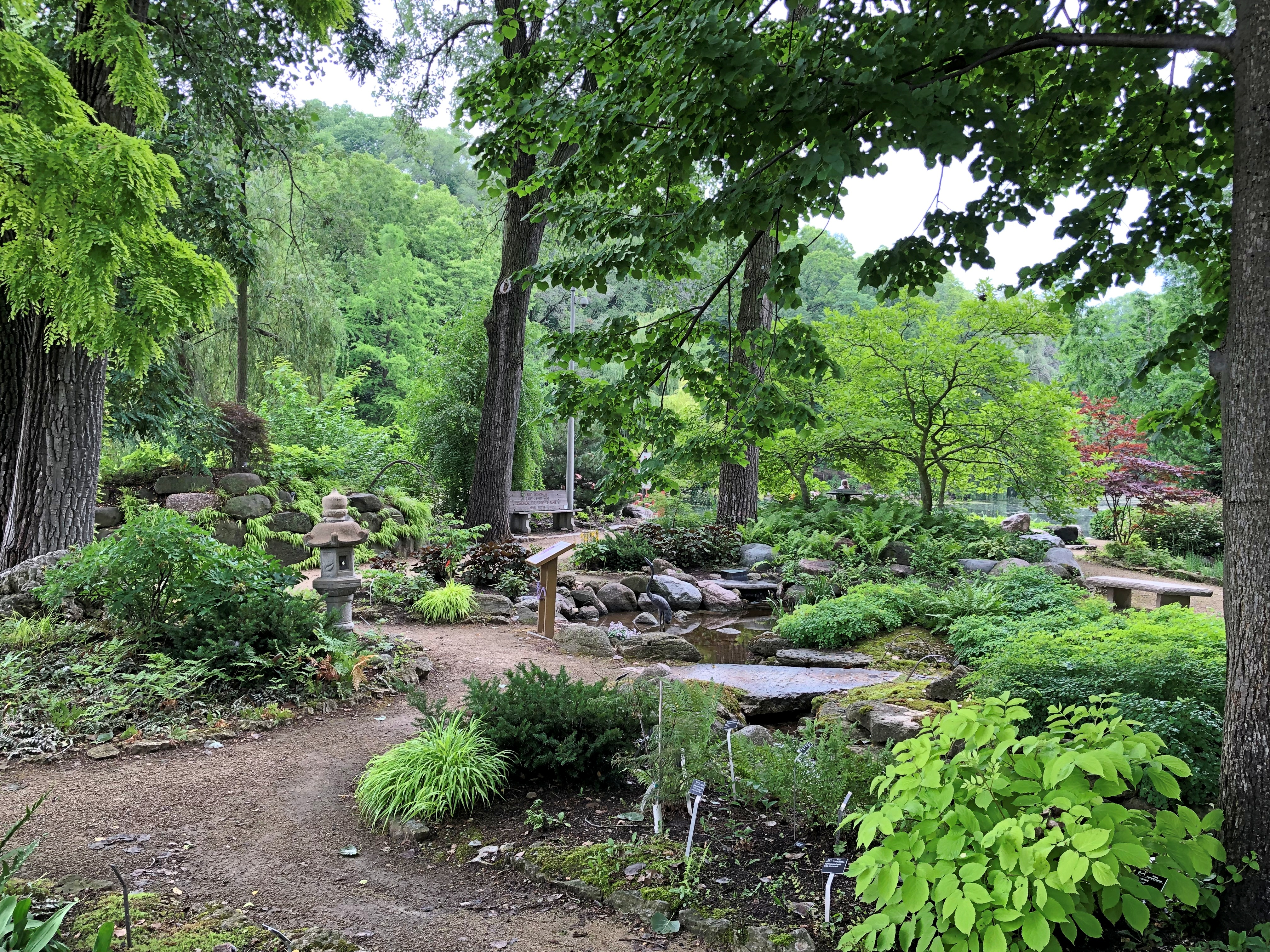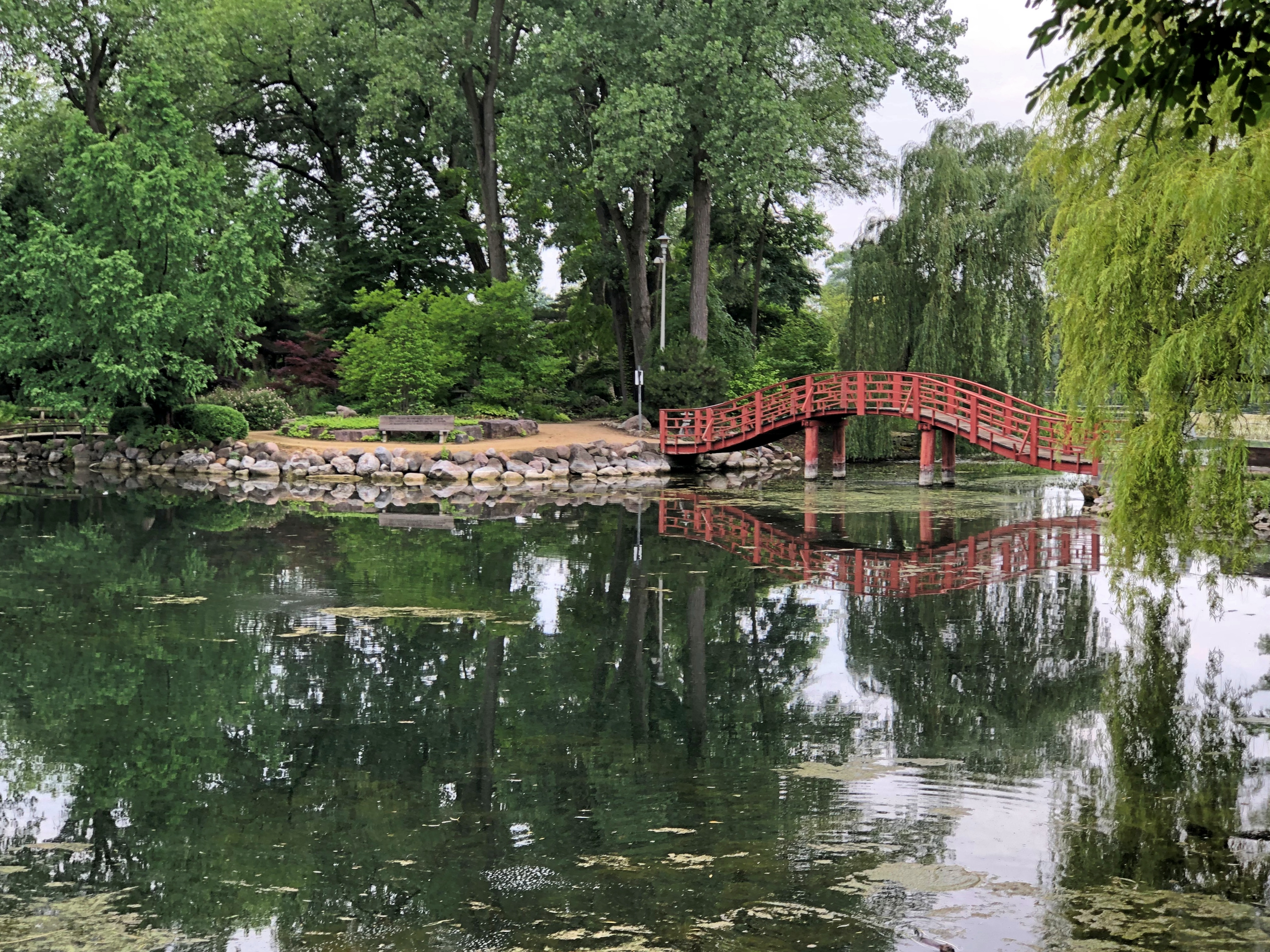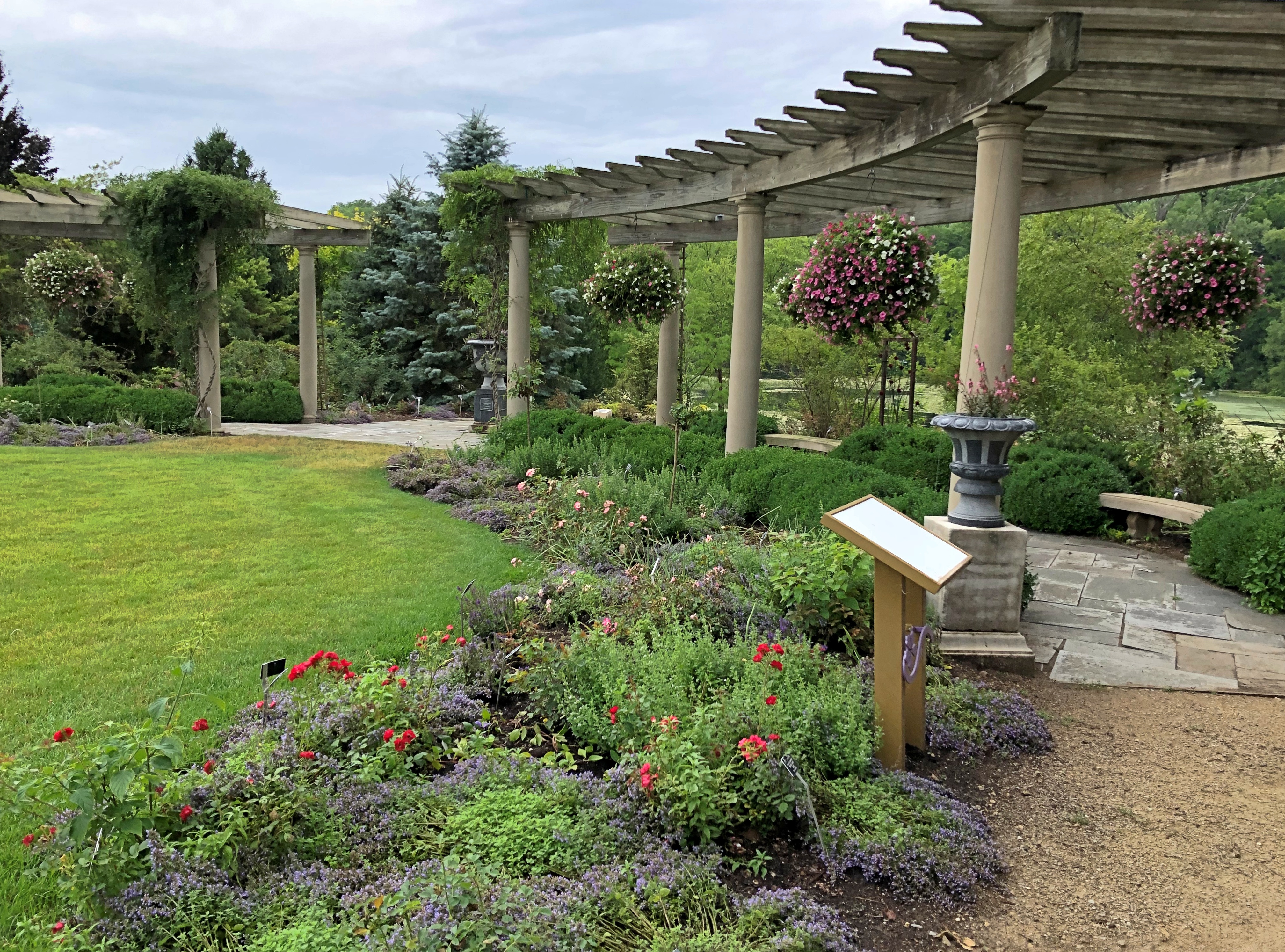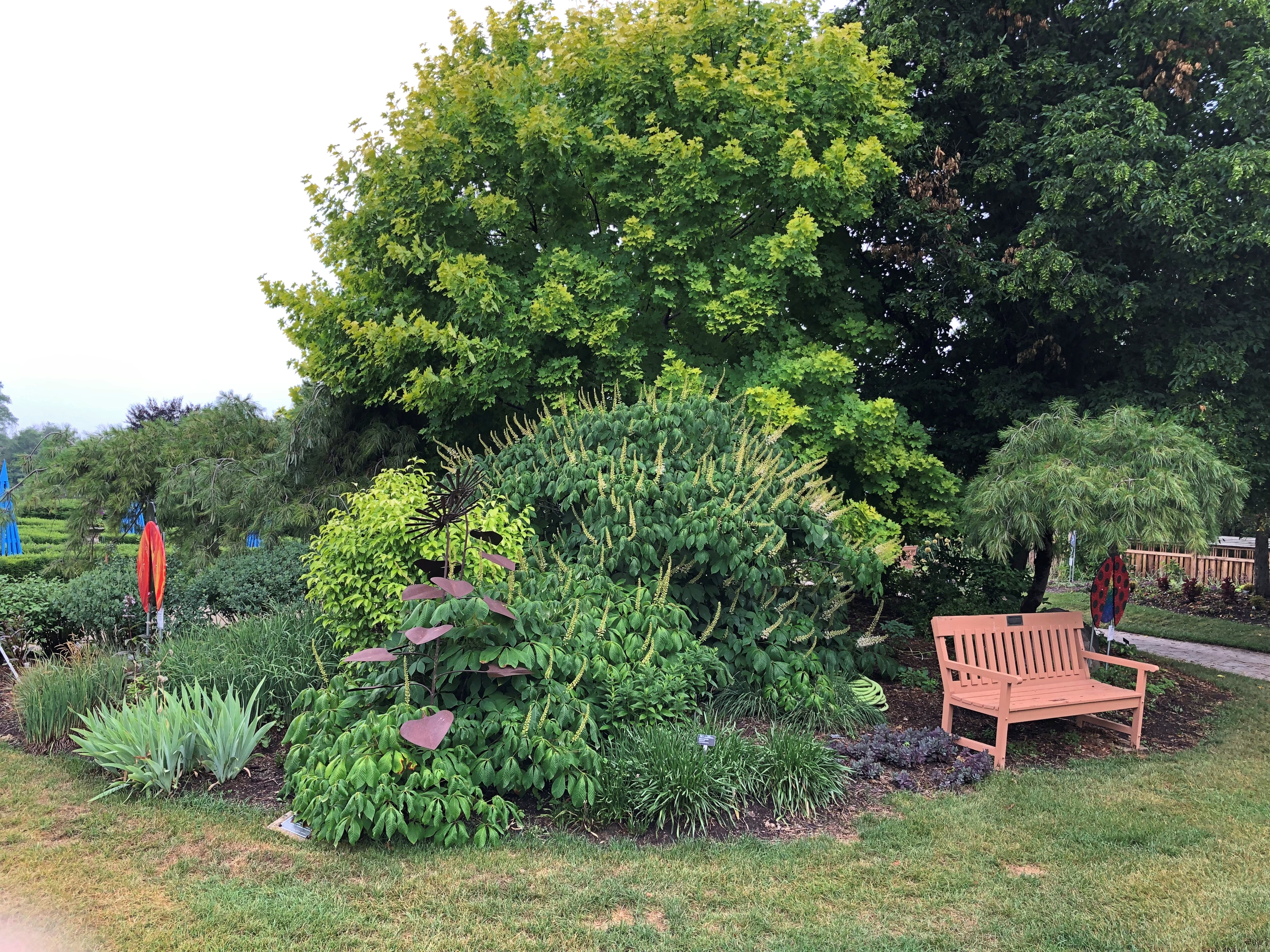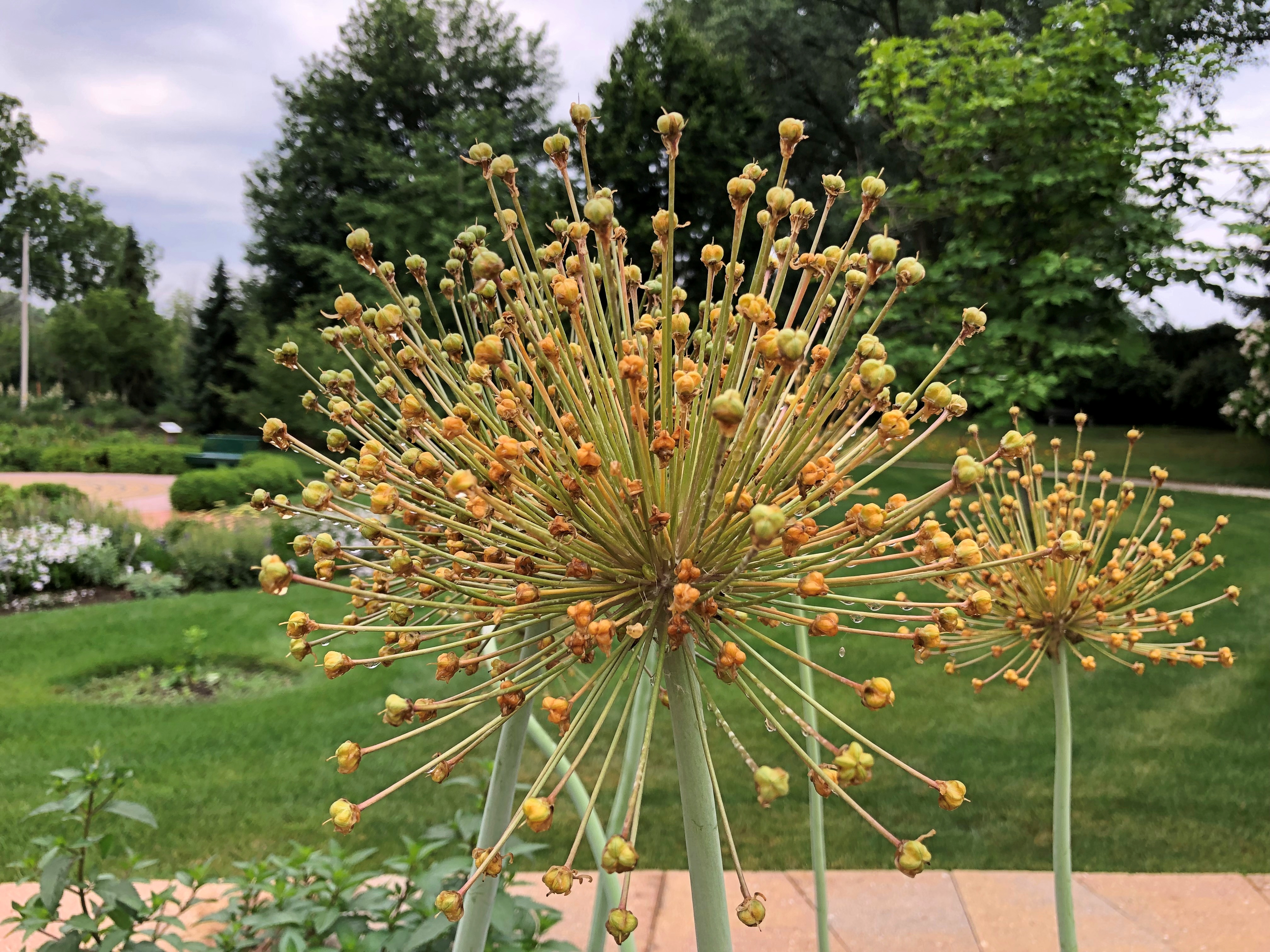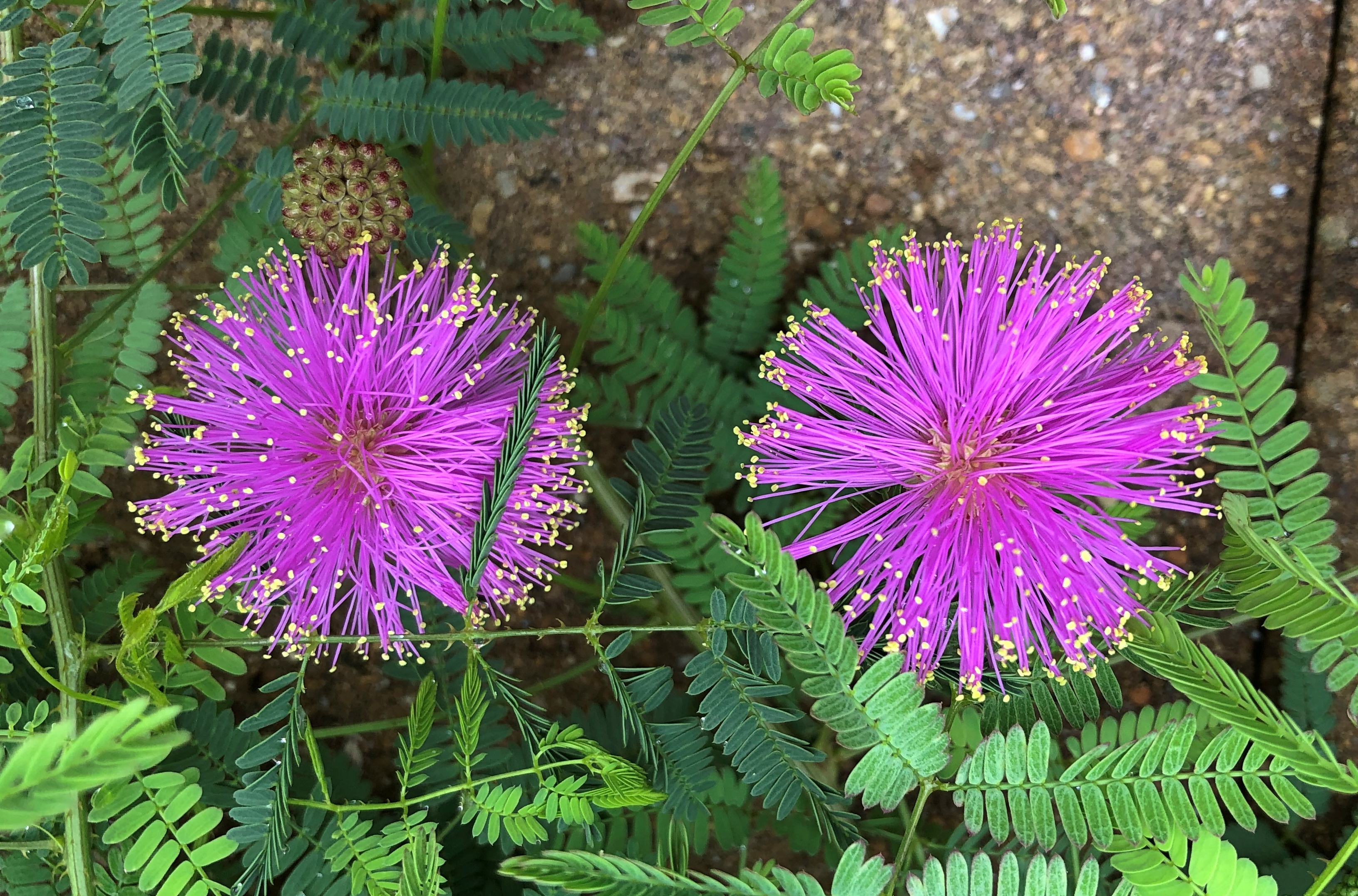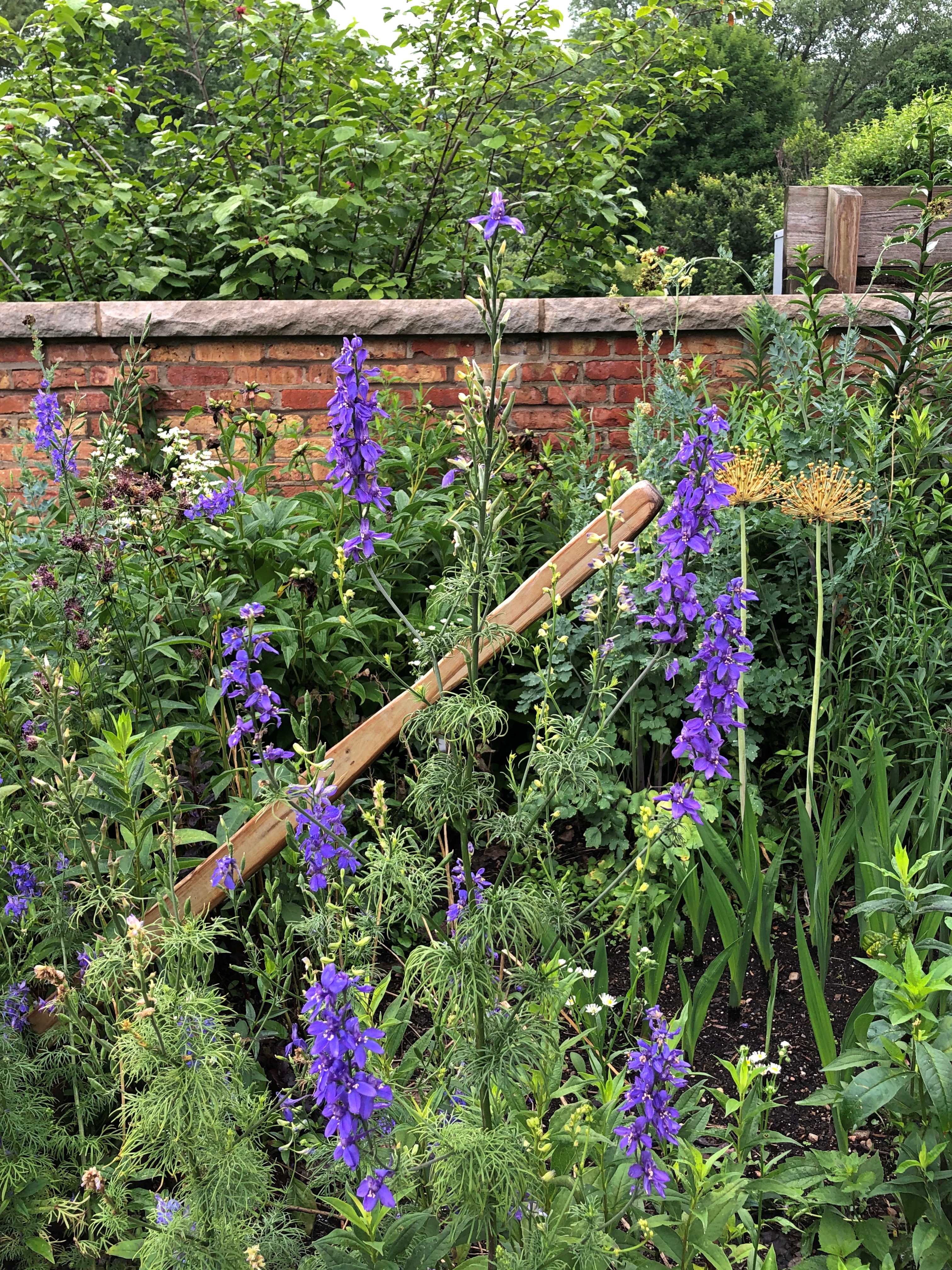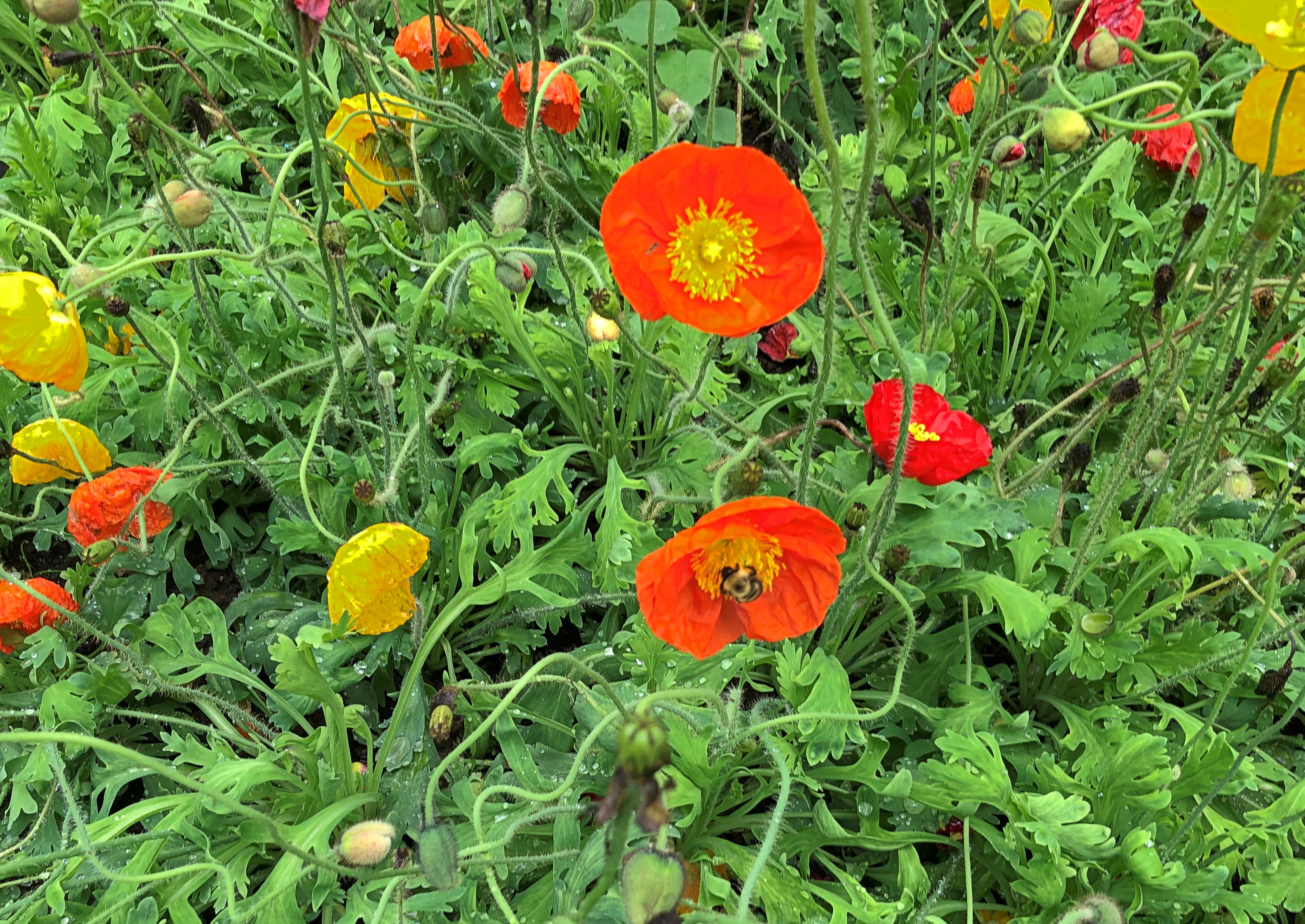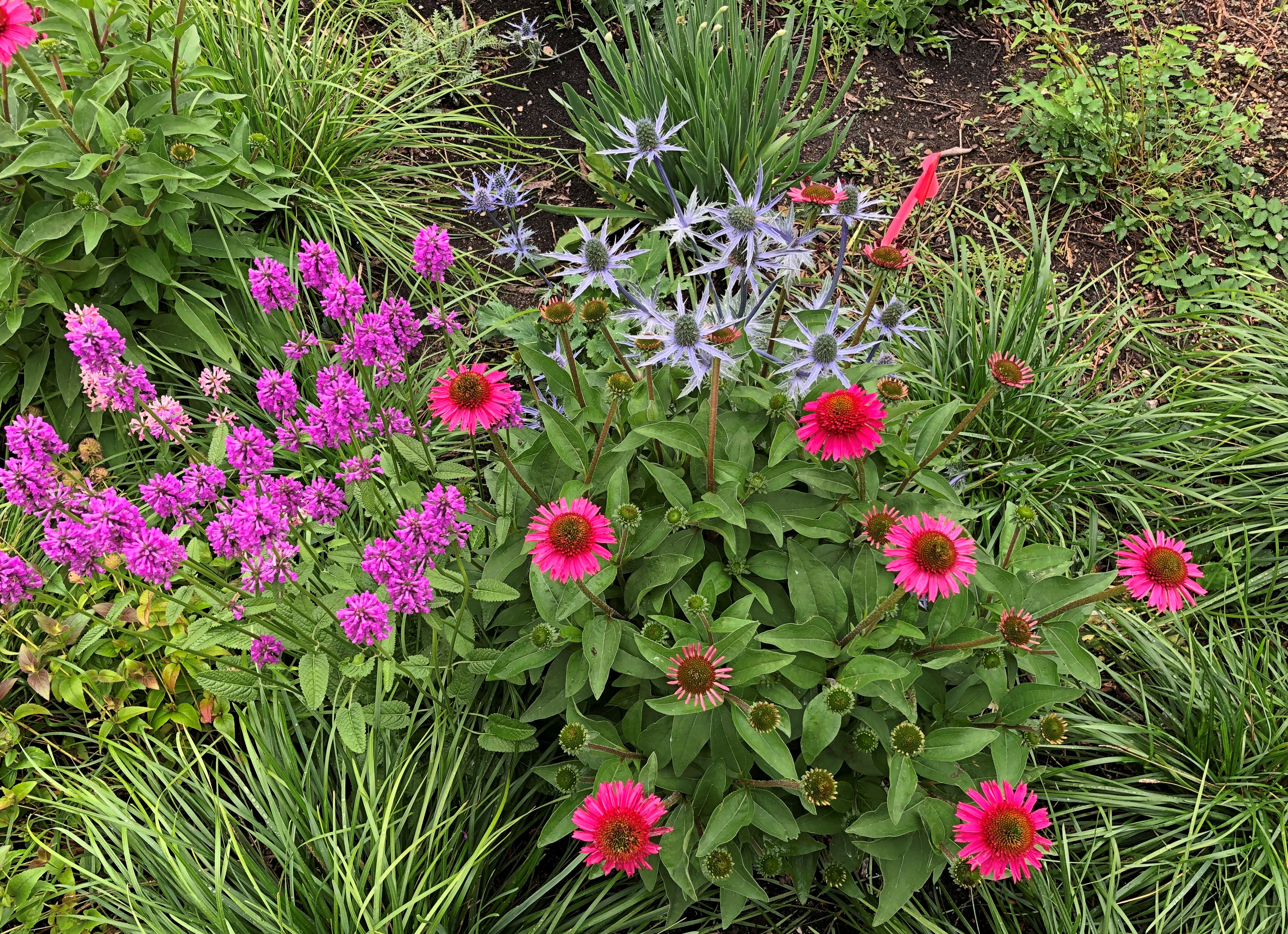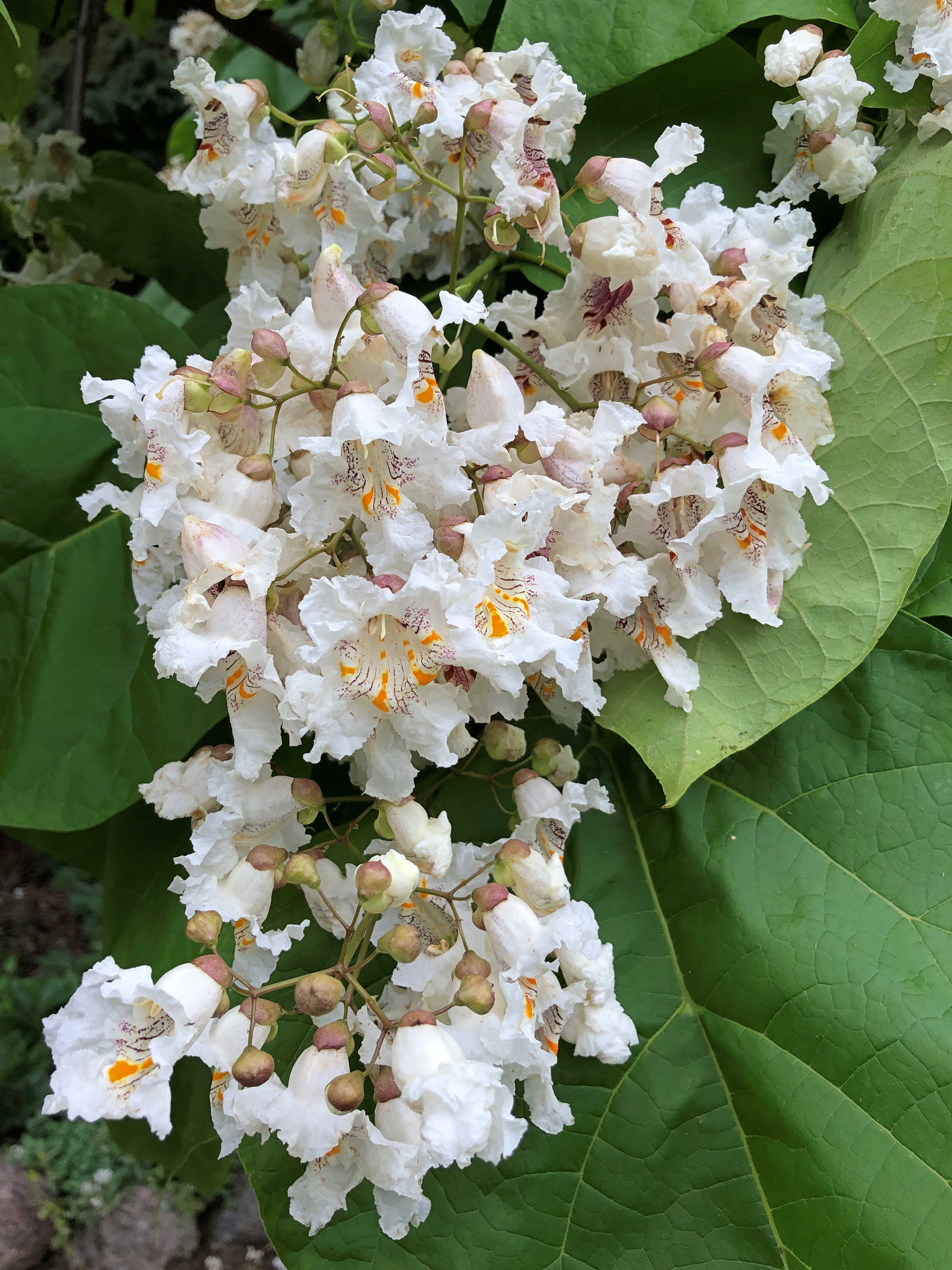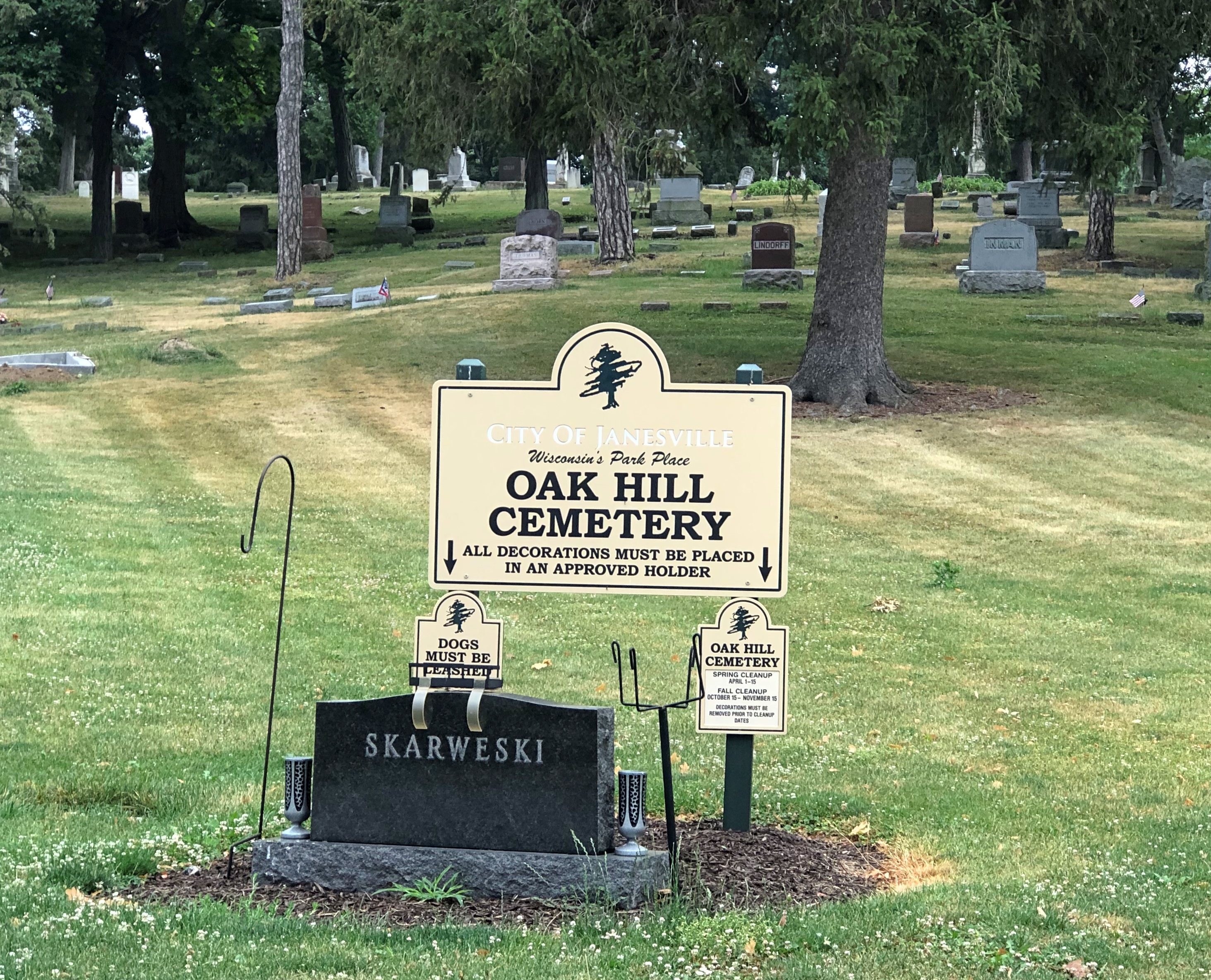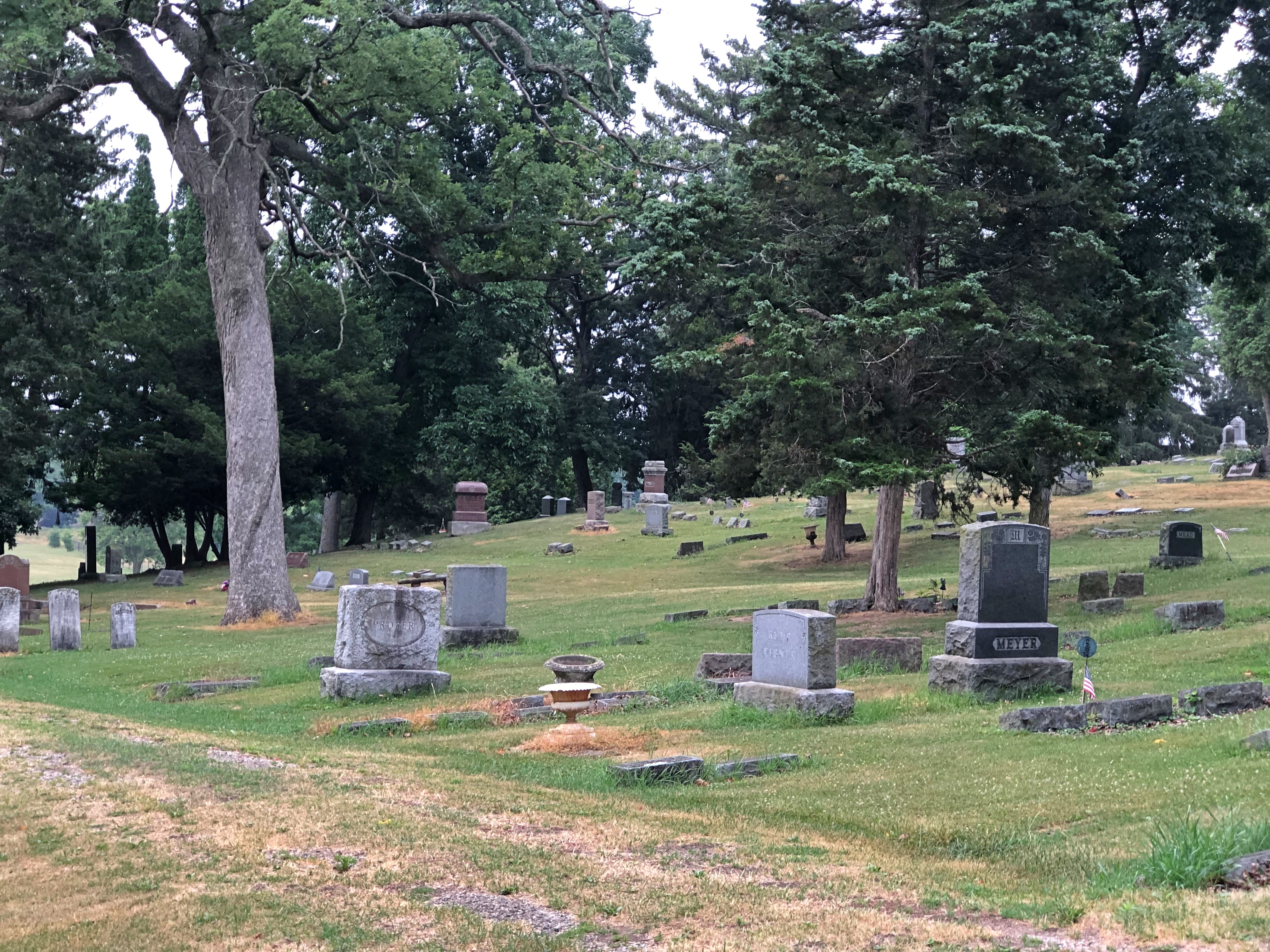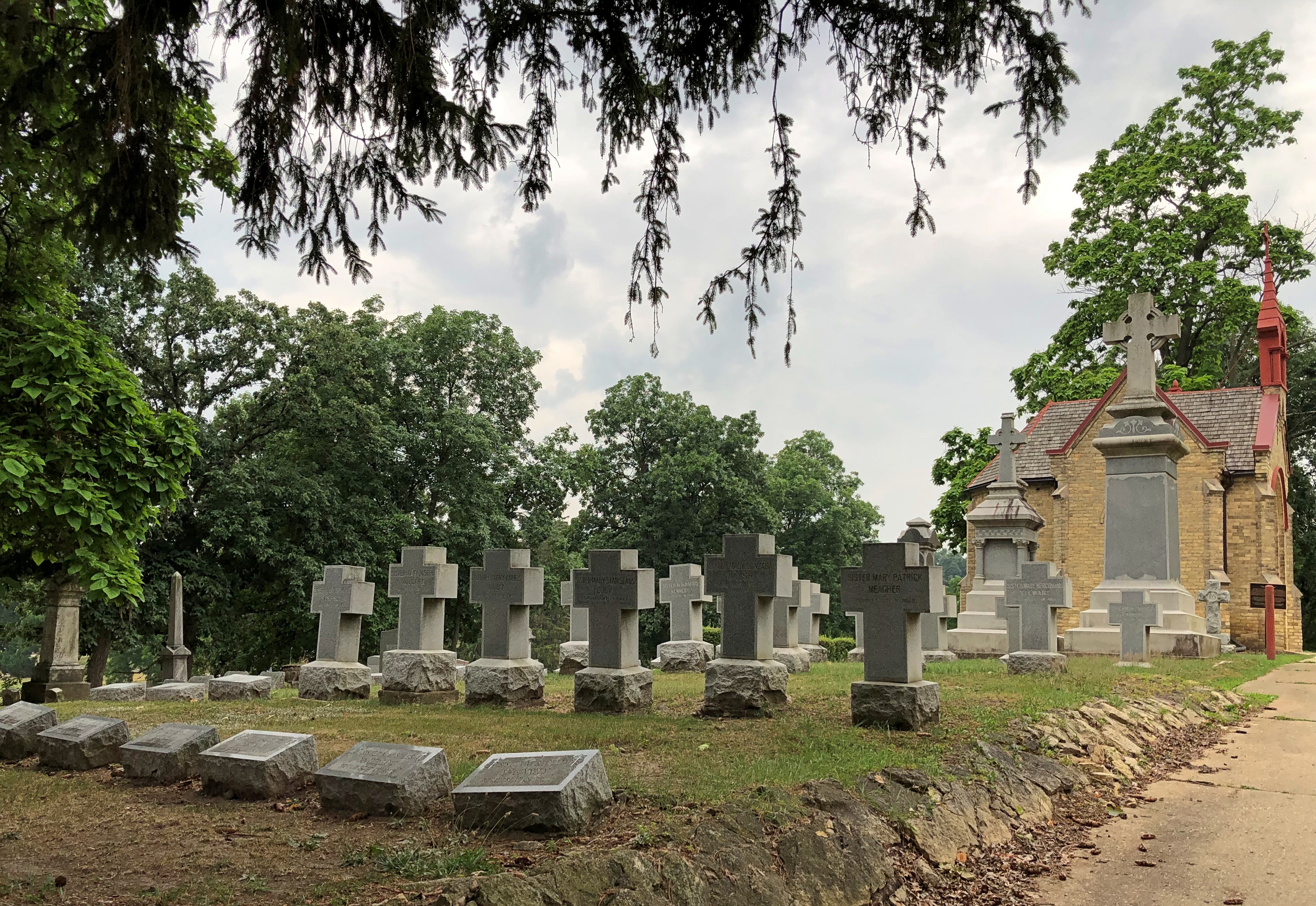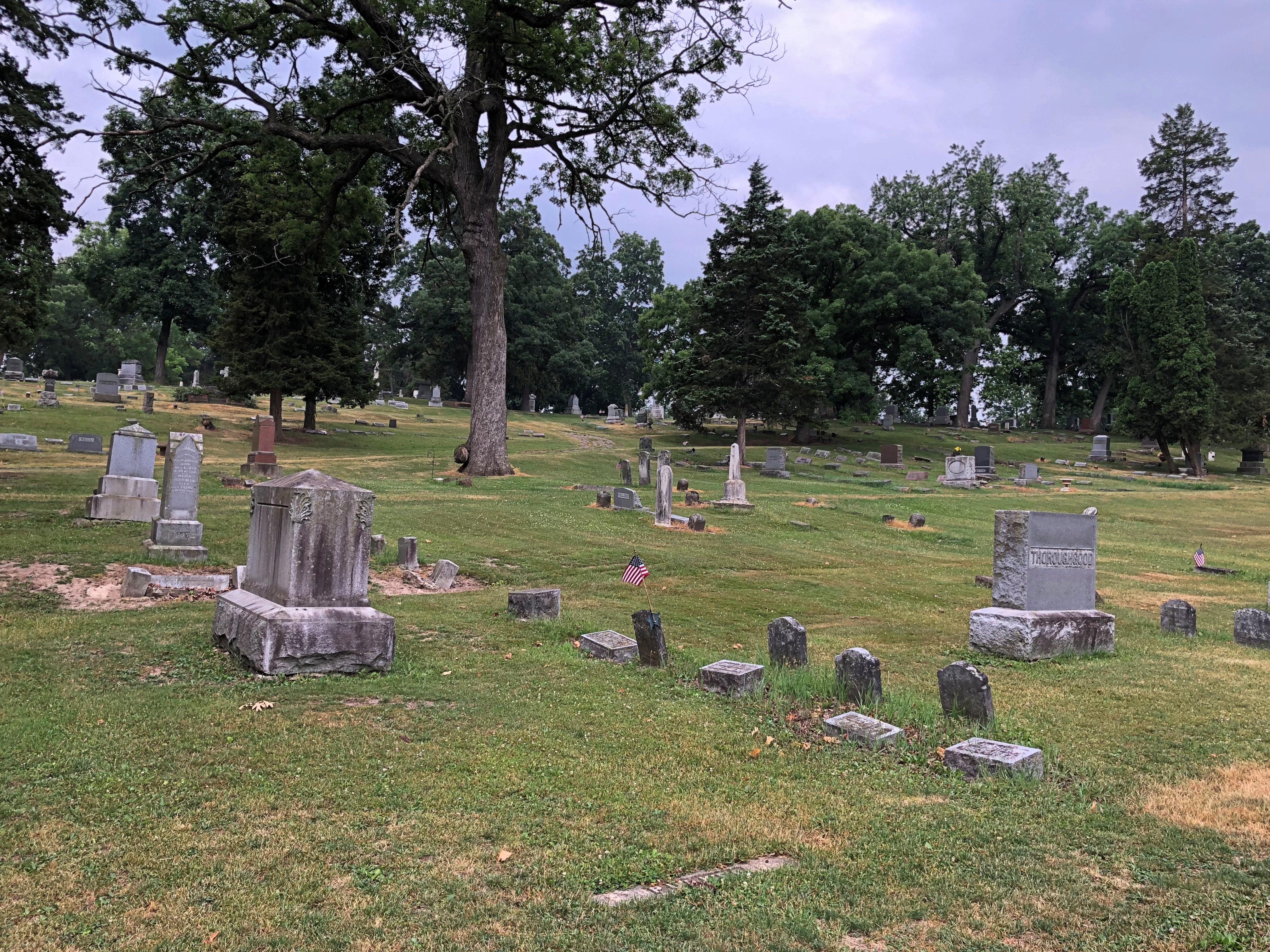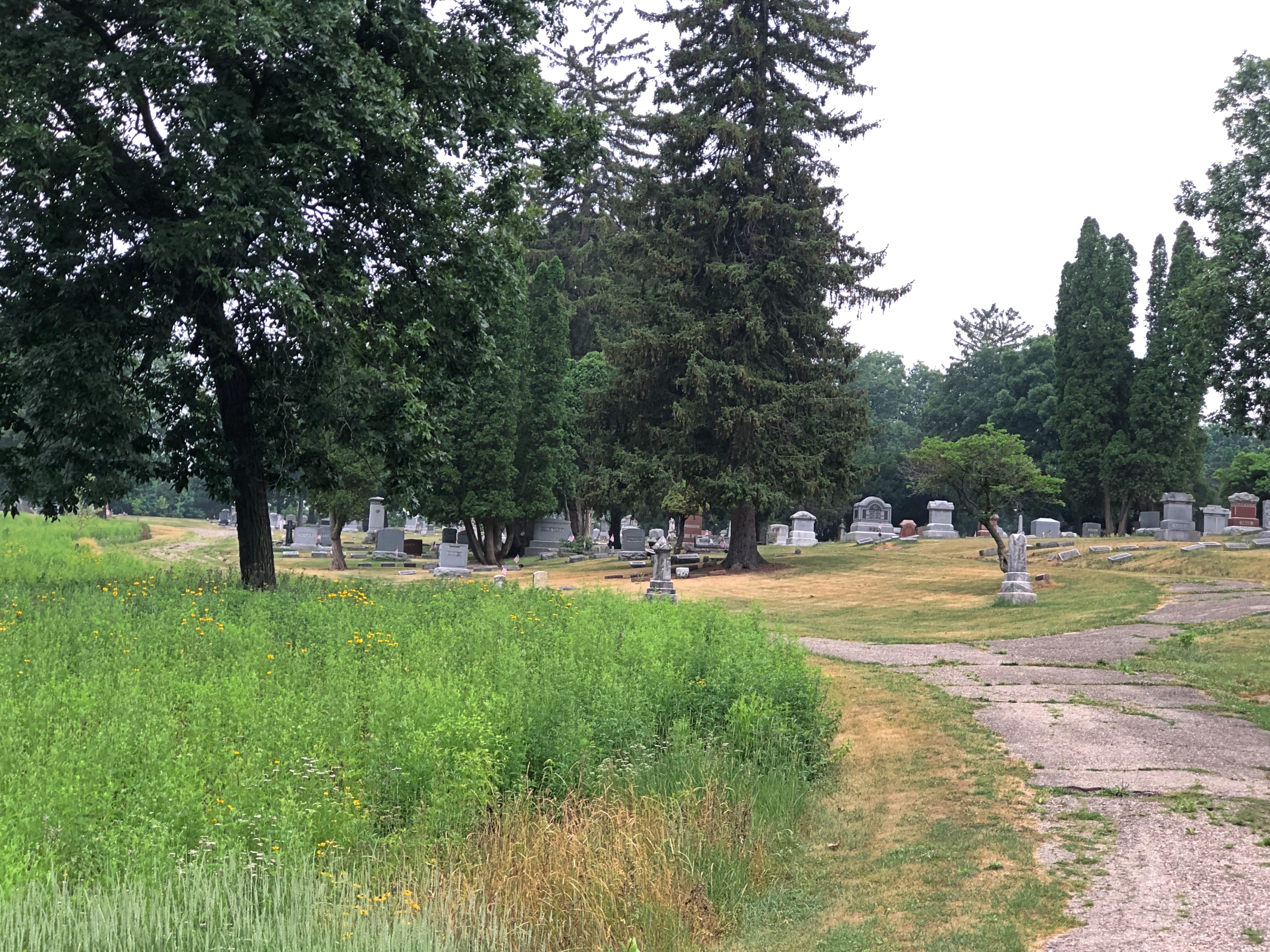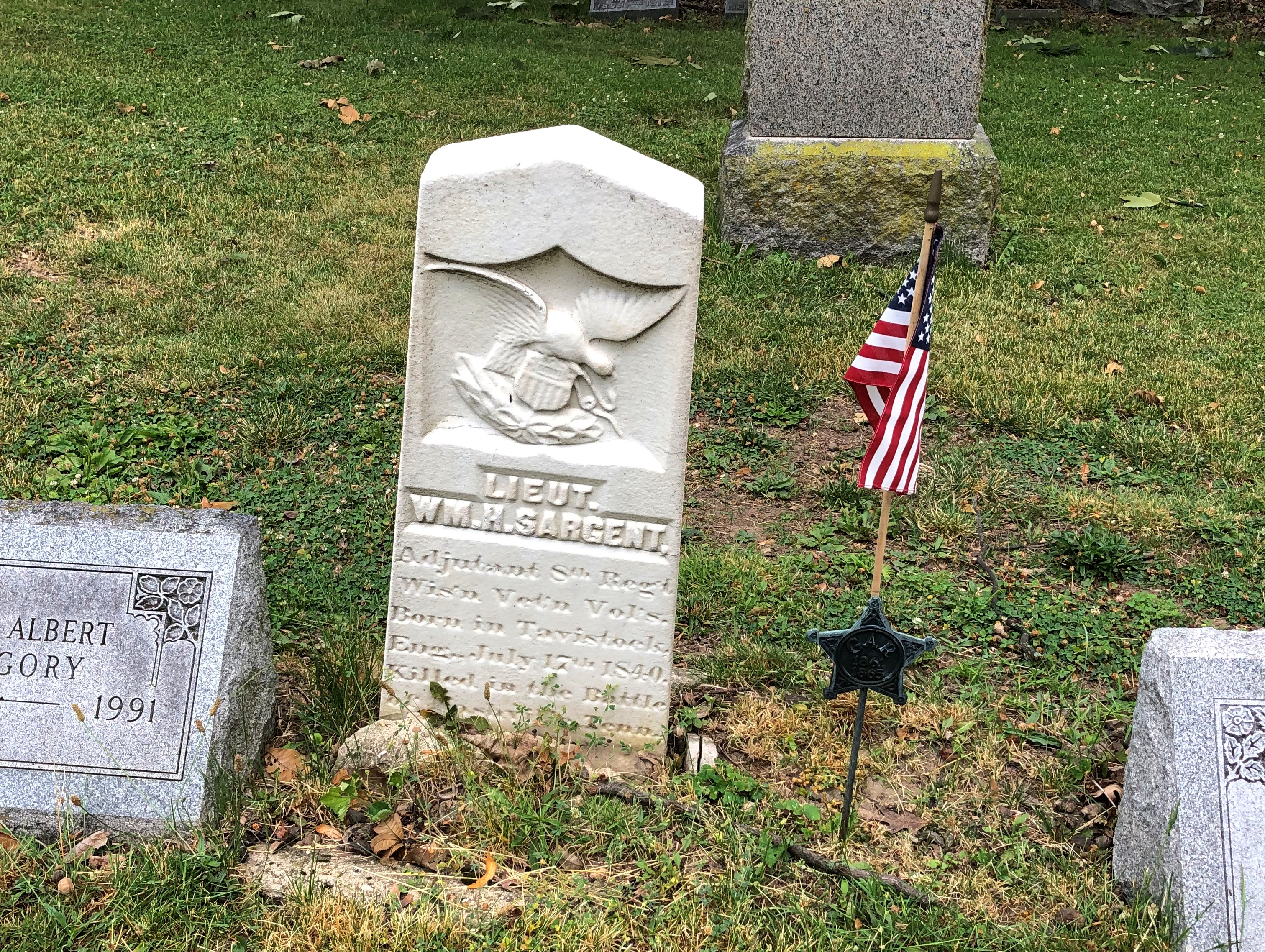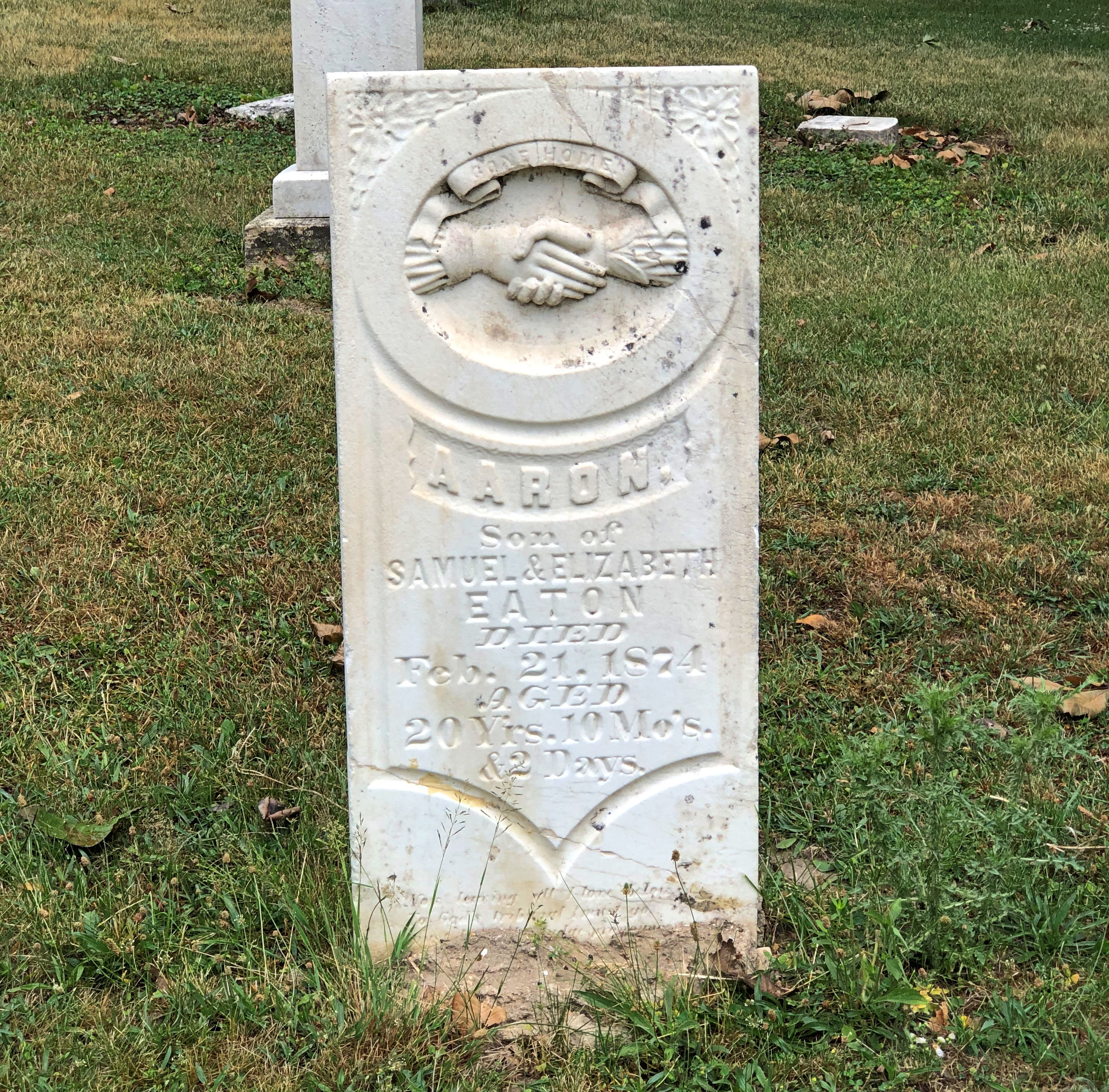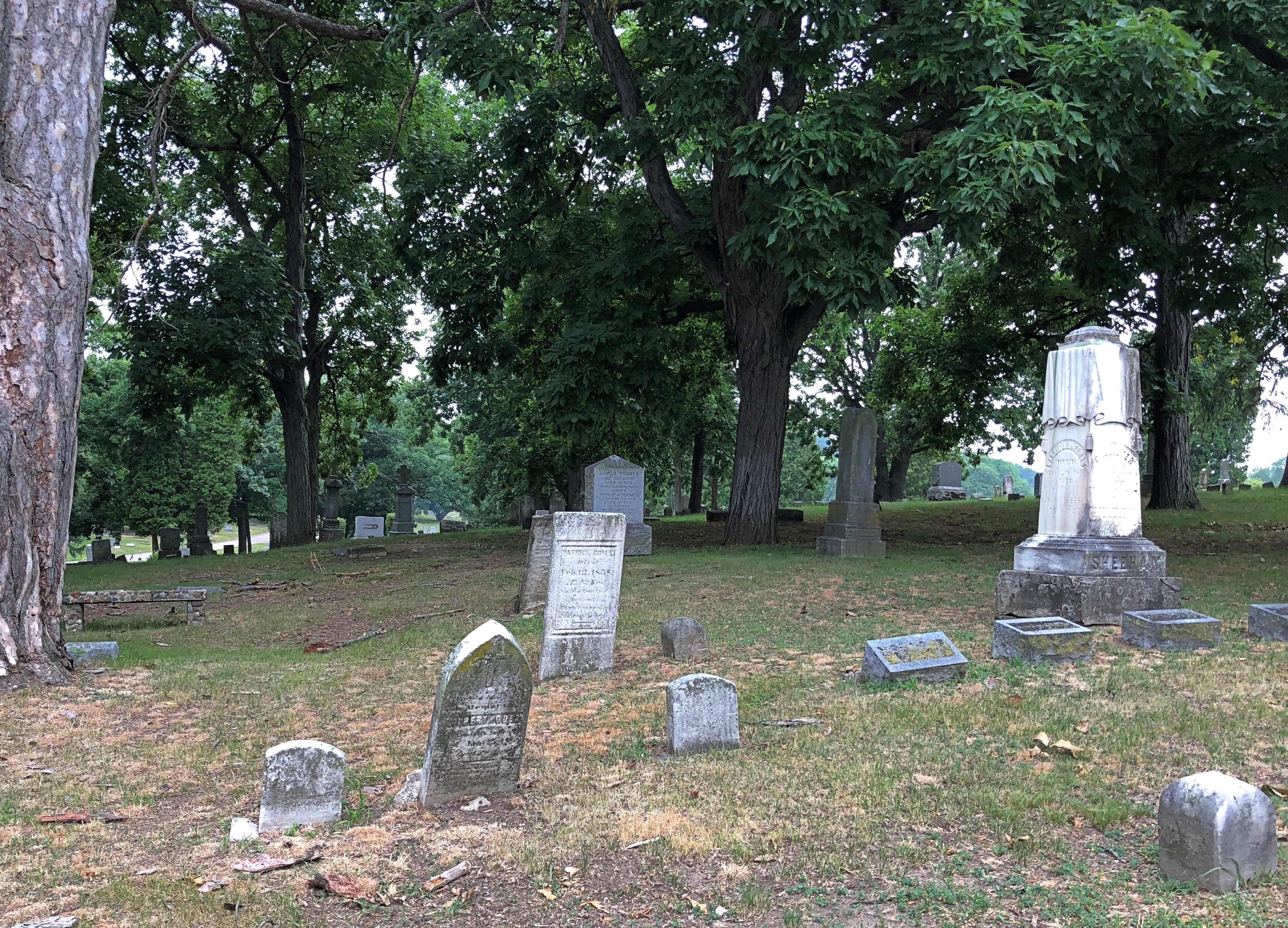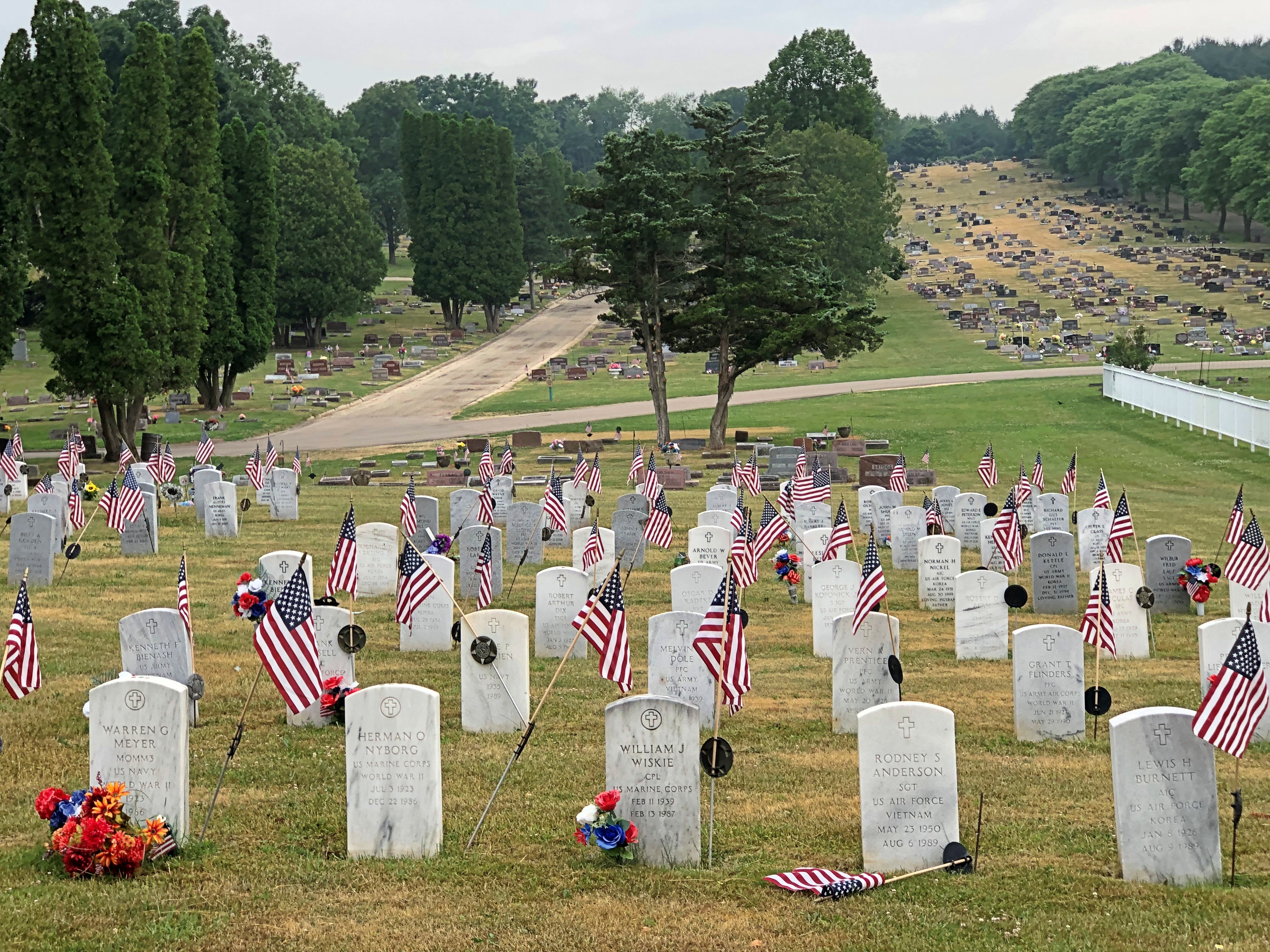The old real estate saw stresses the three important aspects of a property: namely, location repeated three times. That’s something I thought about at the glory that is Kakabeka Falls on the Kaministiquia River, which passes through part of Ontario and drains into Lake Superior. A drop of about 130 feet in two parts.

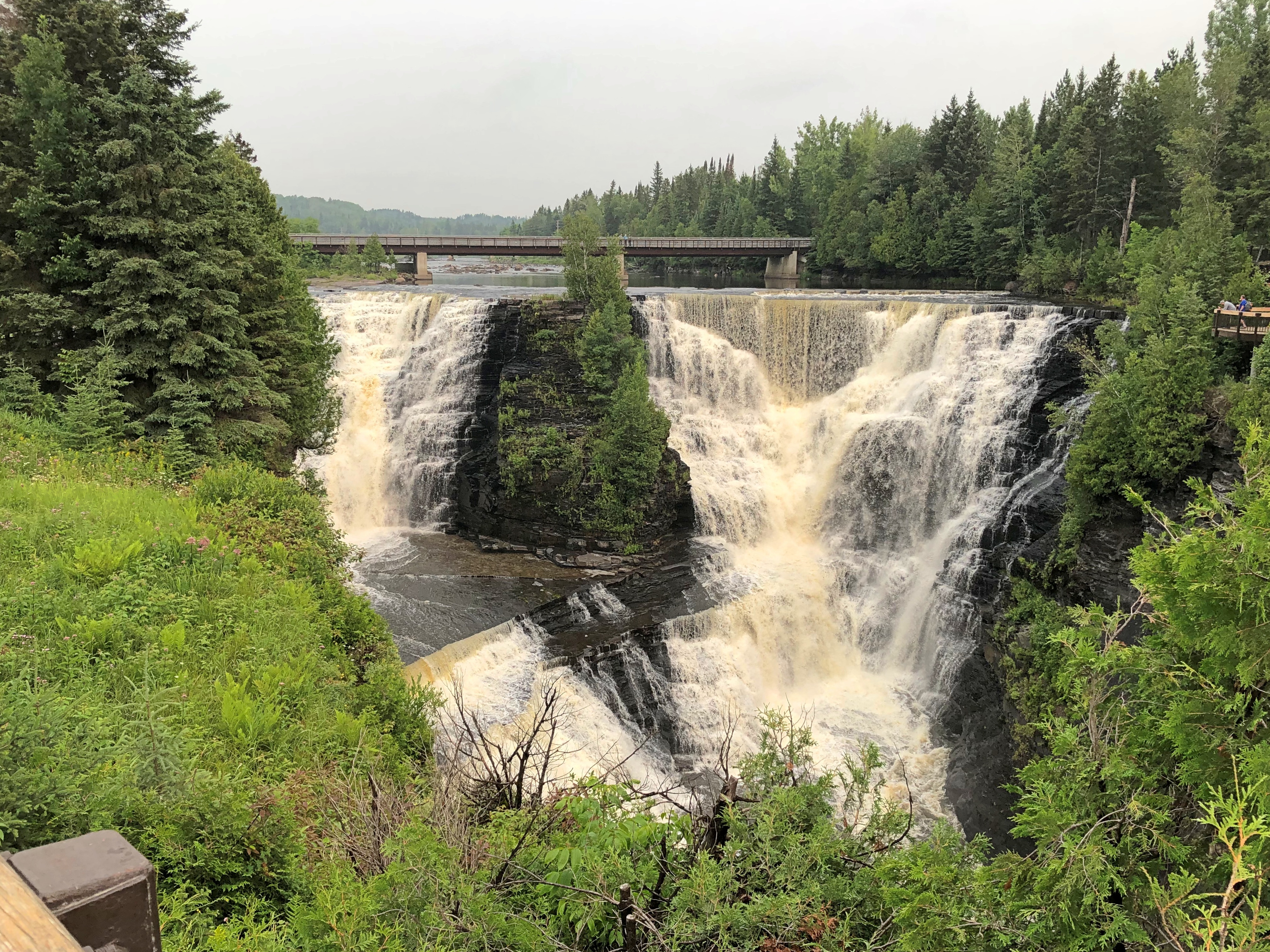
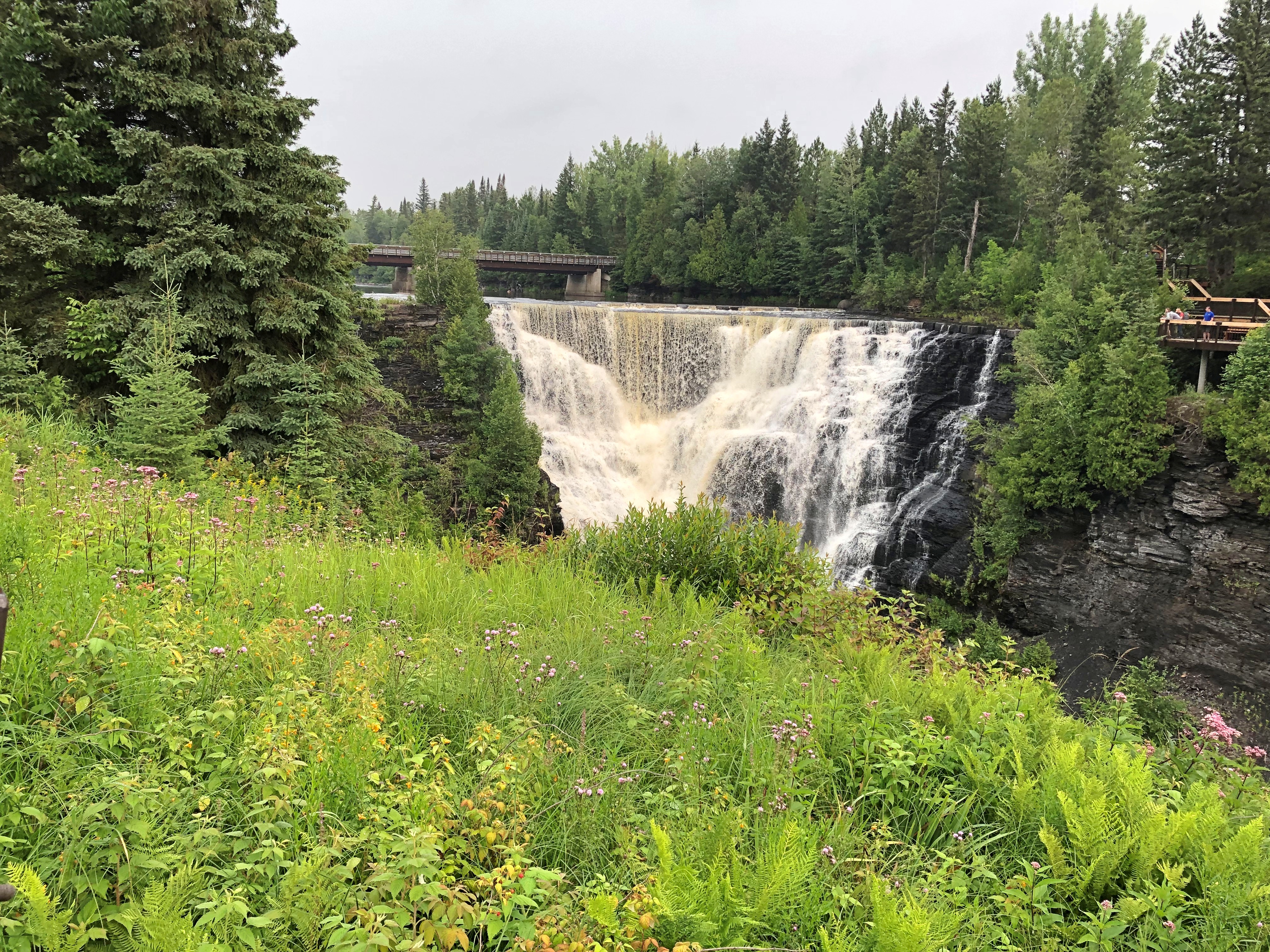
The closest city to Kakabeka Falls Provincial Park is Thunder Bay, Ontario, which is only about a 20 minute drive to the east of the falls. Thunder Bay’s population is about 108,000, which is nothing to sneeze at, but also not one of the larger cities in Canada.
If Kakabeka Falls could magically be moved closer to a larger city, even something on the order of the Buffalo-Niagara Falls MSA, I believe the sight would have been several times more crowded than I experienced on July 31 (a Monday) and the entrance fee would be more than the reasonable $5.25 Canadian I paid (about $4). Good thing that kind of magic isn’t real. It would be easier to build a city near the falls.
Back in the fur-trading years, the Kaministiquia River had been a route for voyageurs until the North West Co. decided that the Pigeon River (Grand Portage) was better. That was before the American Revolution. After Grand Portage became part of the U.S., the NWC returned to using the Kaministiquia as a main route.
We see natural splendor at Kakabeka Falls. The voyageurs no doubt saw a pain-in-the-ass obstacle to their forward motion, a place they needed to portage around.
I arrived mid-morning after spending the previous night in Thunder Bay, stopping on the way for breakfast at – where else? – Tim Hortons. The falls were the first of a number of grand sights I’d see in Canada on the drive around Lake Superior. If you can’t see those, why drive such a circuitous route?
Once you’ve had your fill gawking at the falls, which I’d say are in almost in the same league as Niagara, the park offers some hiking trails downriver. I headed off on an easy one.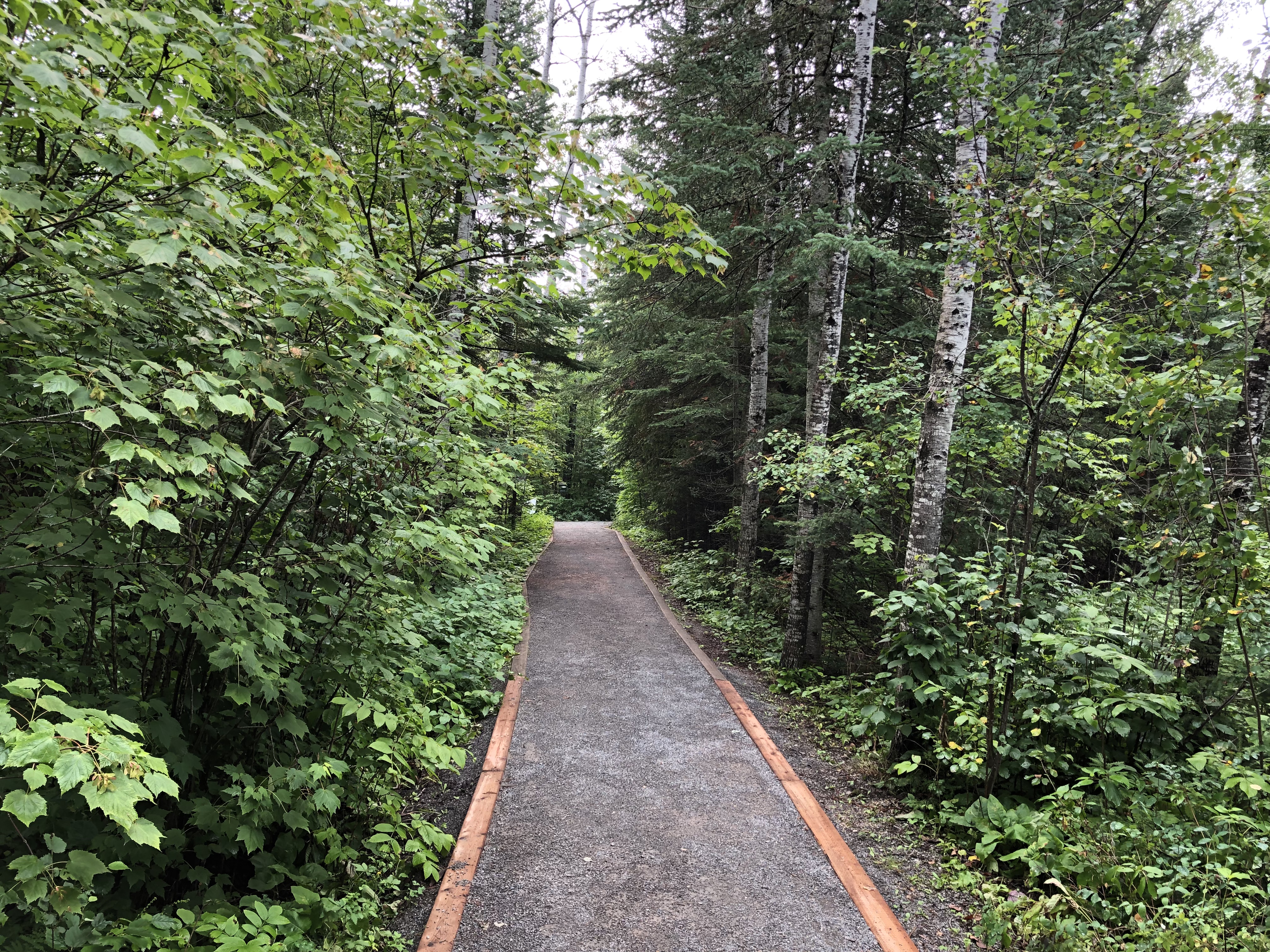
That one soon connected with a “intermediate” trail – the Little Falls Trail — leading to a small waterfall on a creek that feeds the Kaministiquia. I decided to take that trail, even though I didn’t bother to go back for water or a walking stick, both of which were in my car.
That was a mistake. “Intermediate” means many tree roots, lots of uneven rocks, and some change in elevation, though I’ve been on plenty of steeper trails. I don’t believe I was in any real danger, but it was slow going and I got pretty thirsty along the way. At least I had decent hiking shoes.
Still, I enjoyed the feel of being the Ontario woods. A very small slice of them, considering the vastness of the province. Twice the size of Texas, but a lot more empty.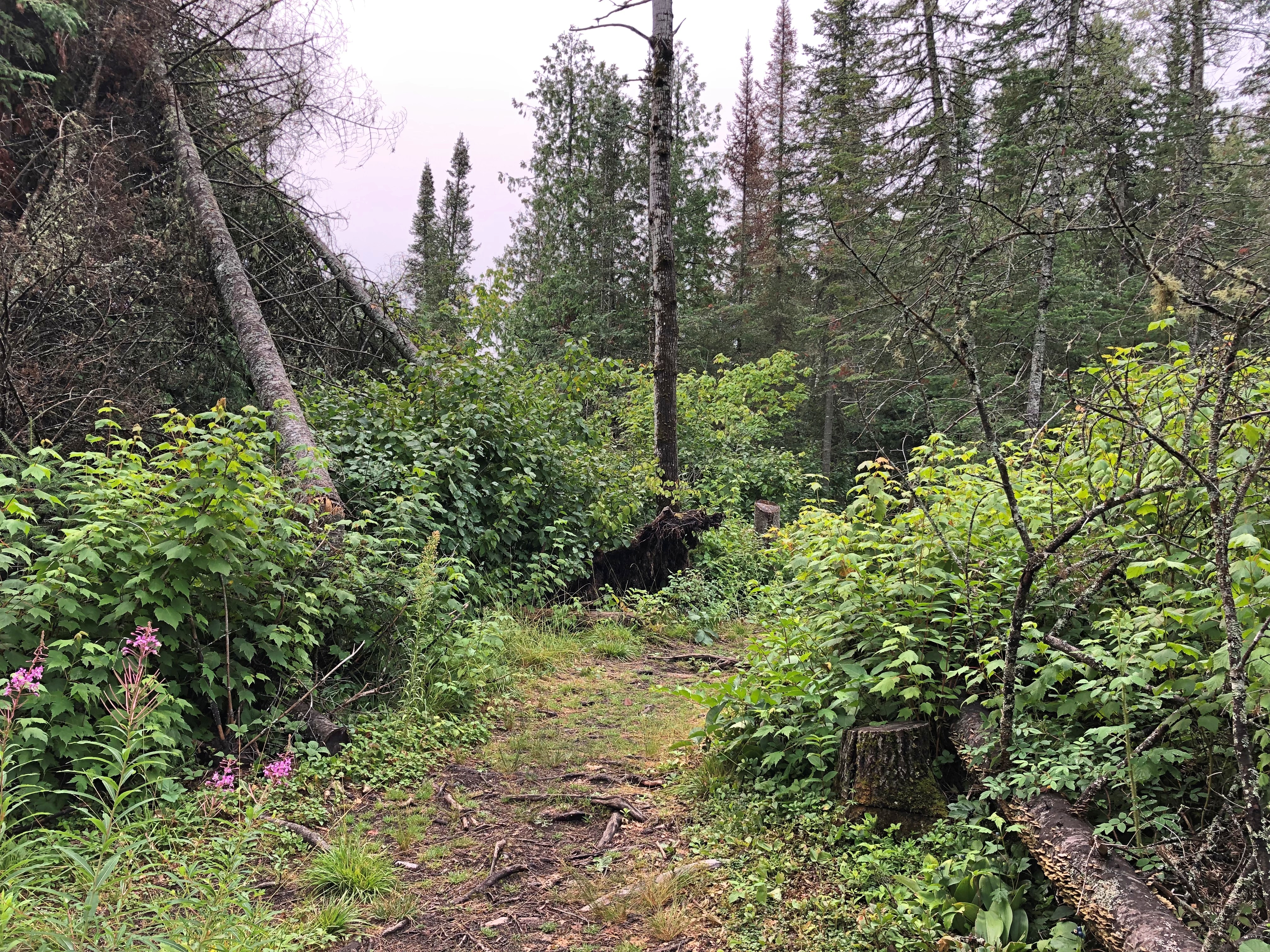
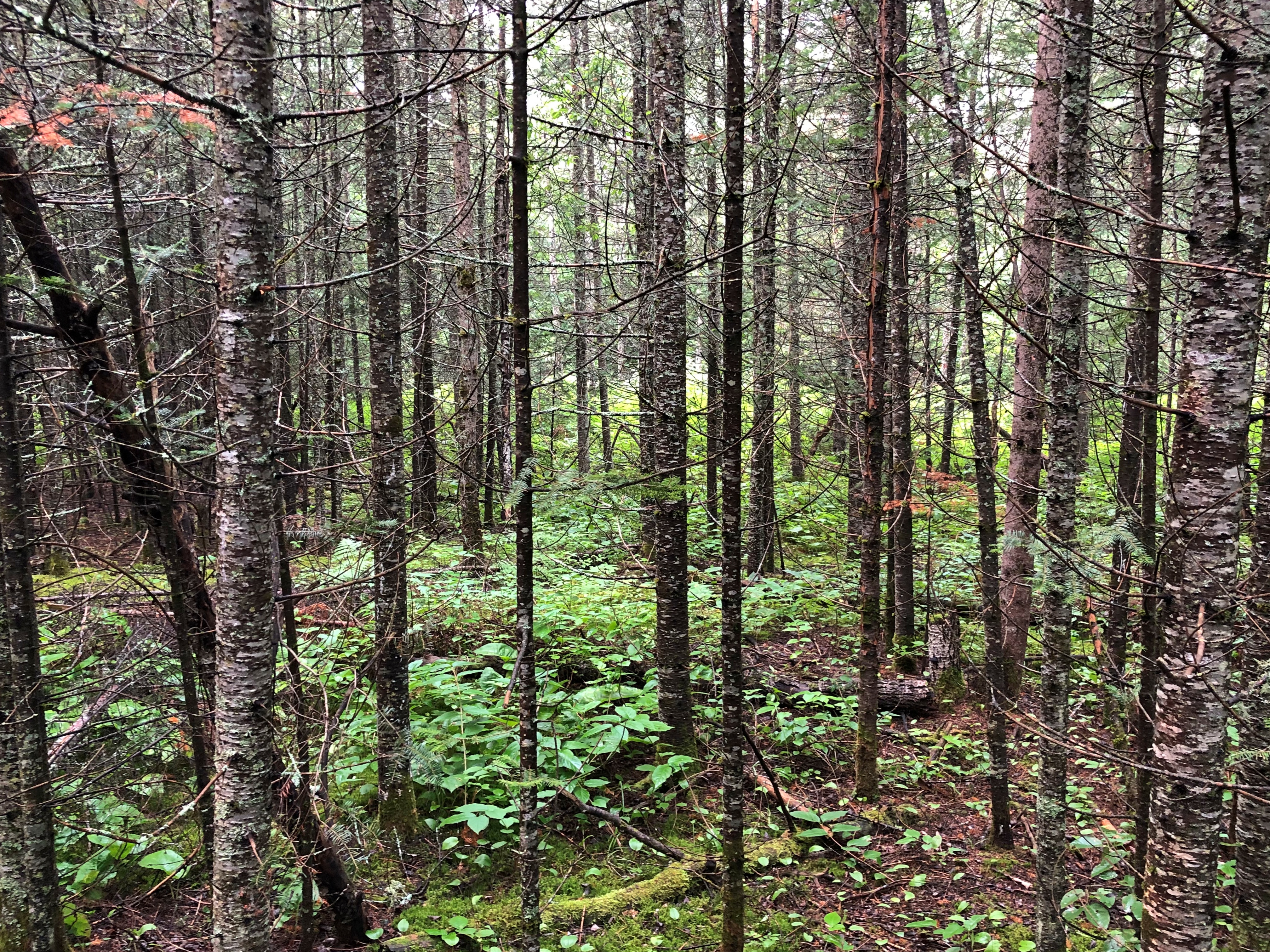
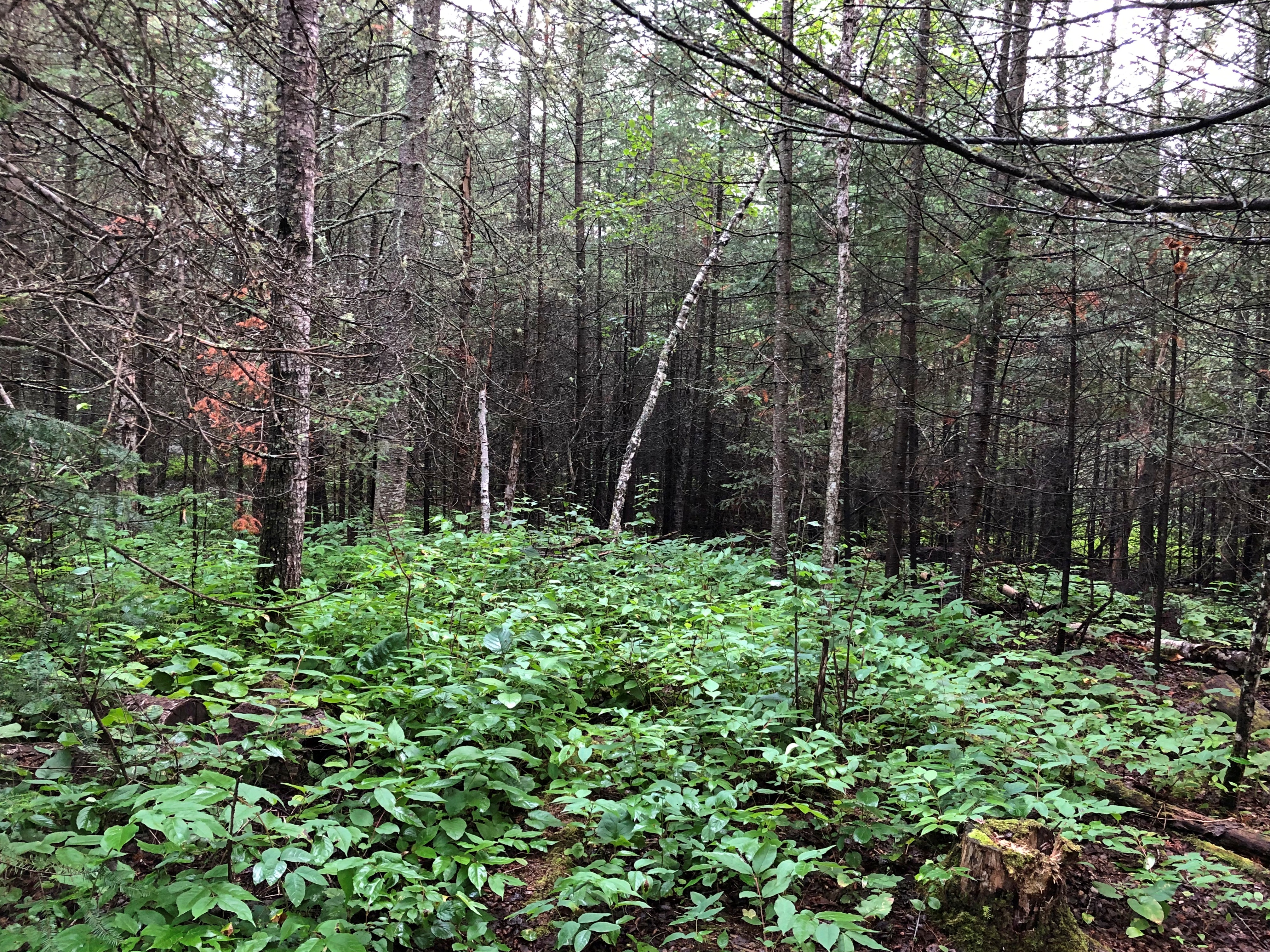
Eventually the trail led to a pleasant little waterfall.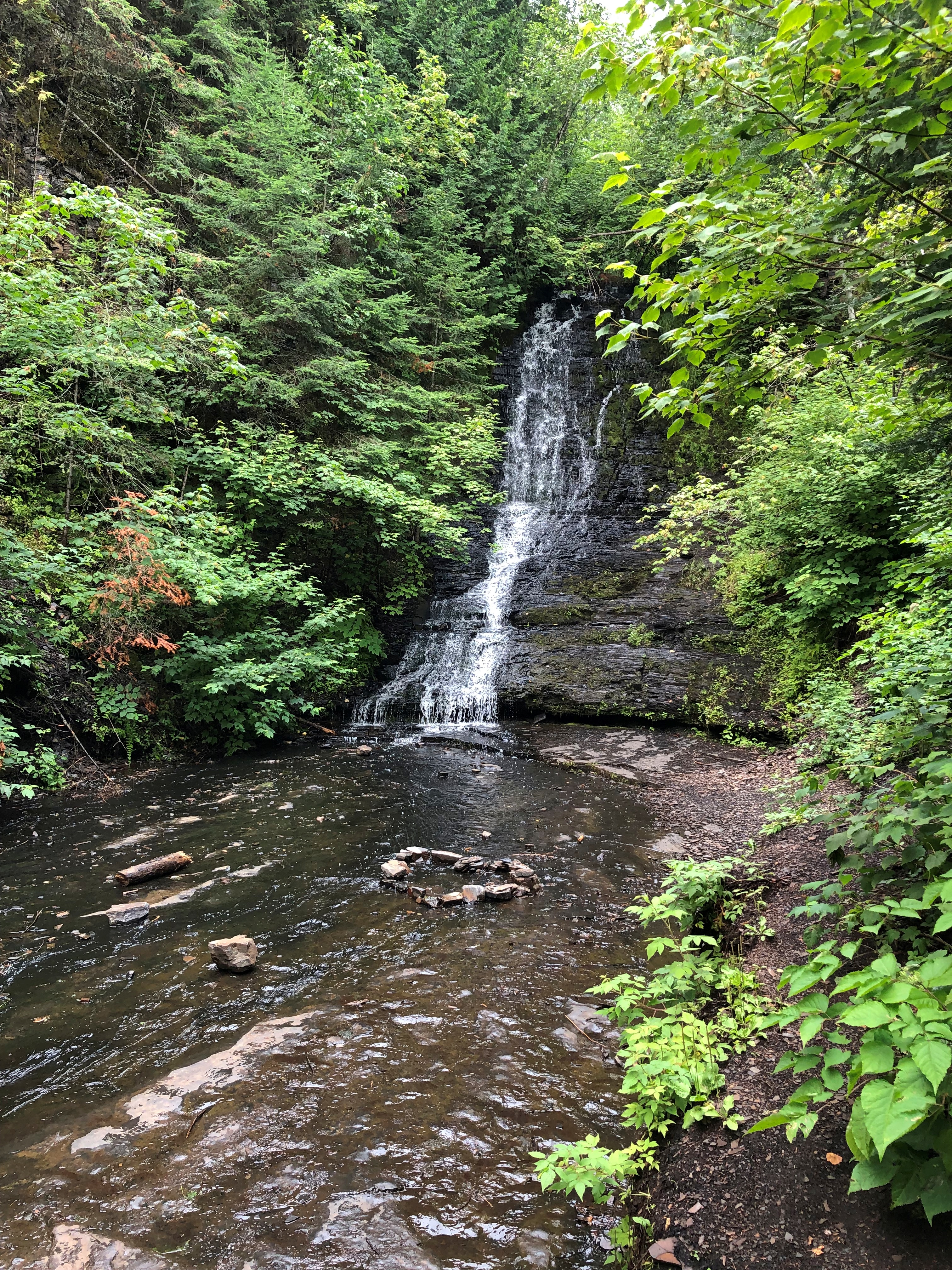

Then it loops back to the banks of the Kaministiquia, and heads back toward the falls.
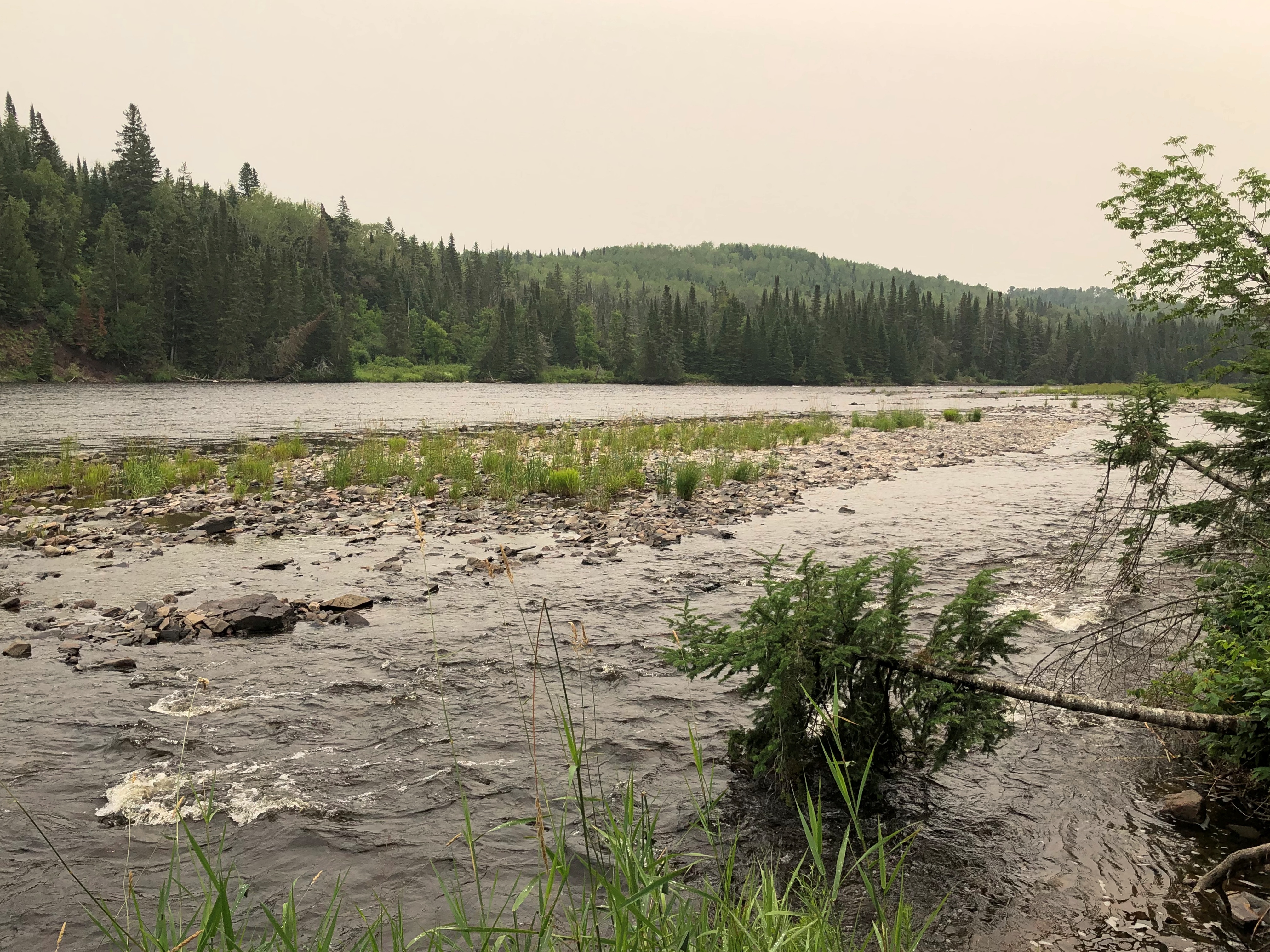
With a few vistas along the way, after you’ve climbed a bit.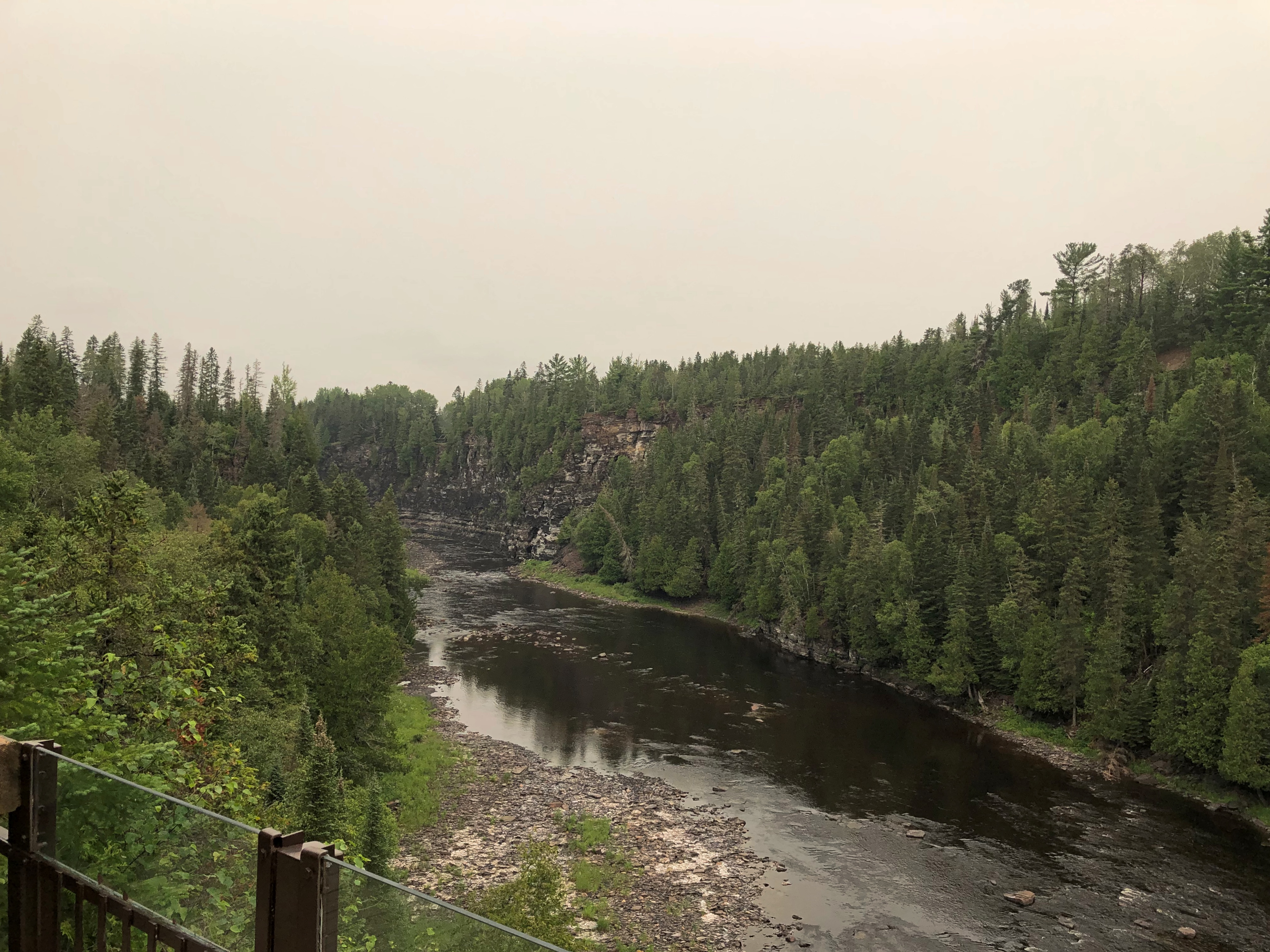
I might have been thirsty at the end of the trail – and I’ll note here that the small shop near the falls run by Parks Canada sold no cold drinks (and I’d have paid a premium) – but better, I believe, to be a casual walker along this river in our time than a voyageur in a much rougher century, with a voyageur-sized load to carry.


